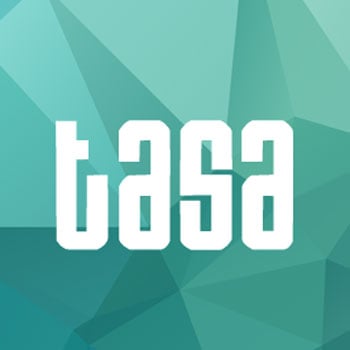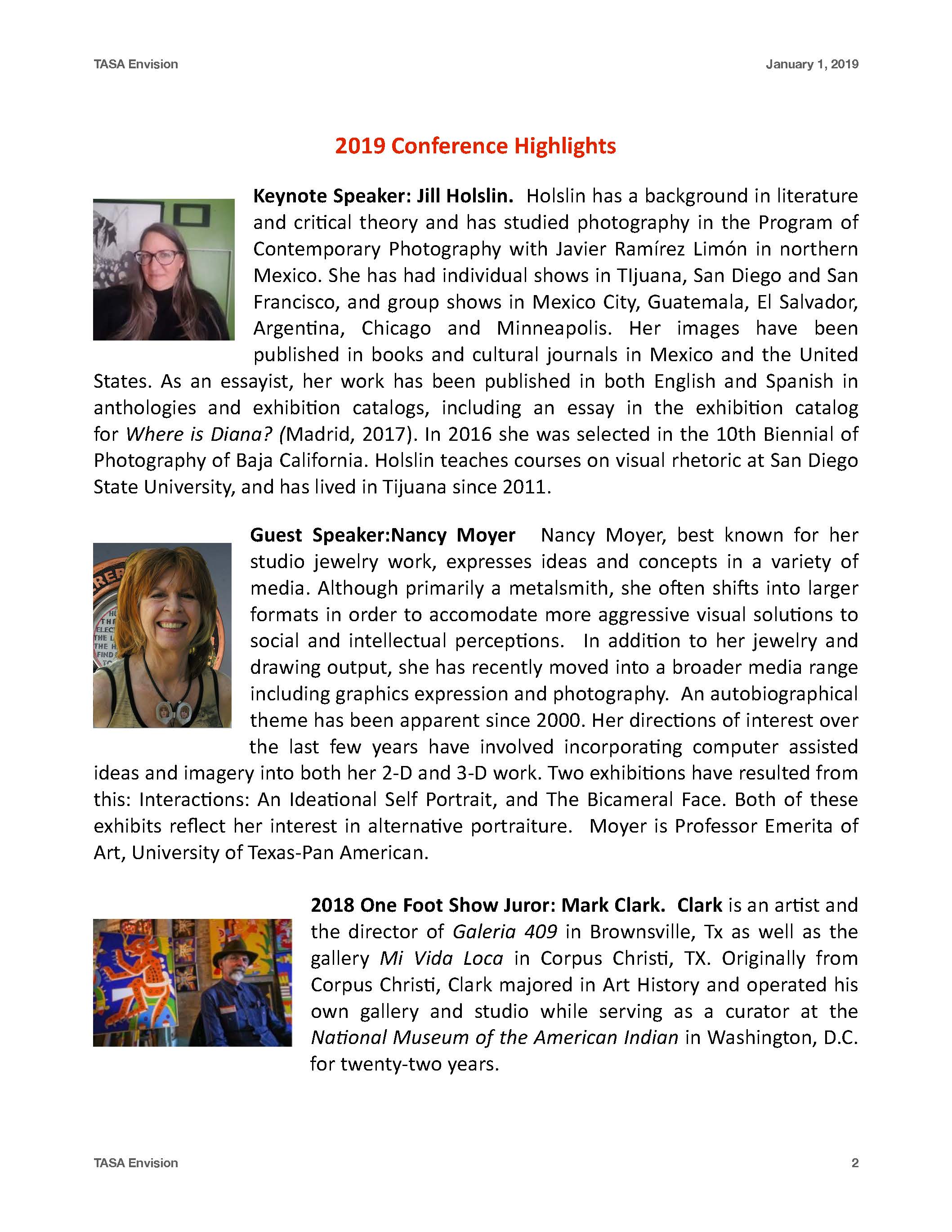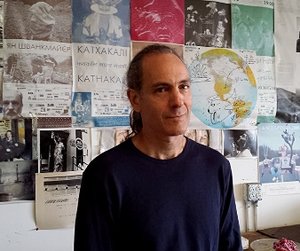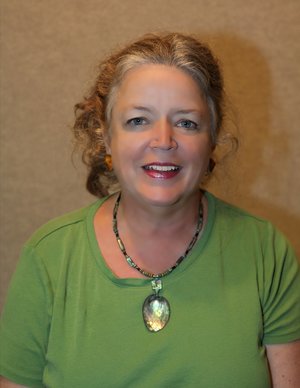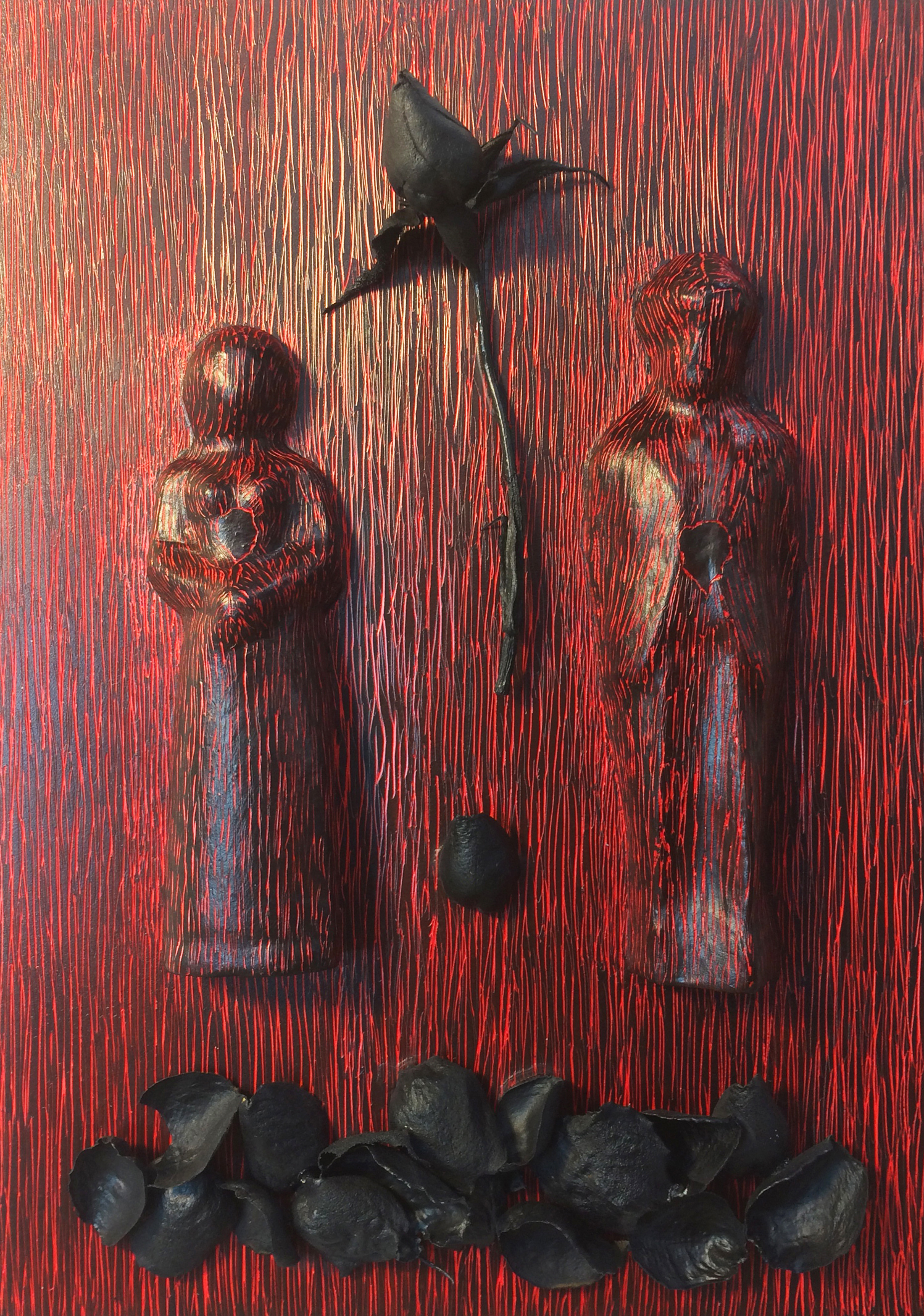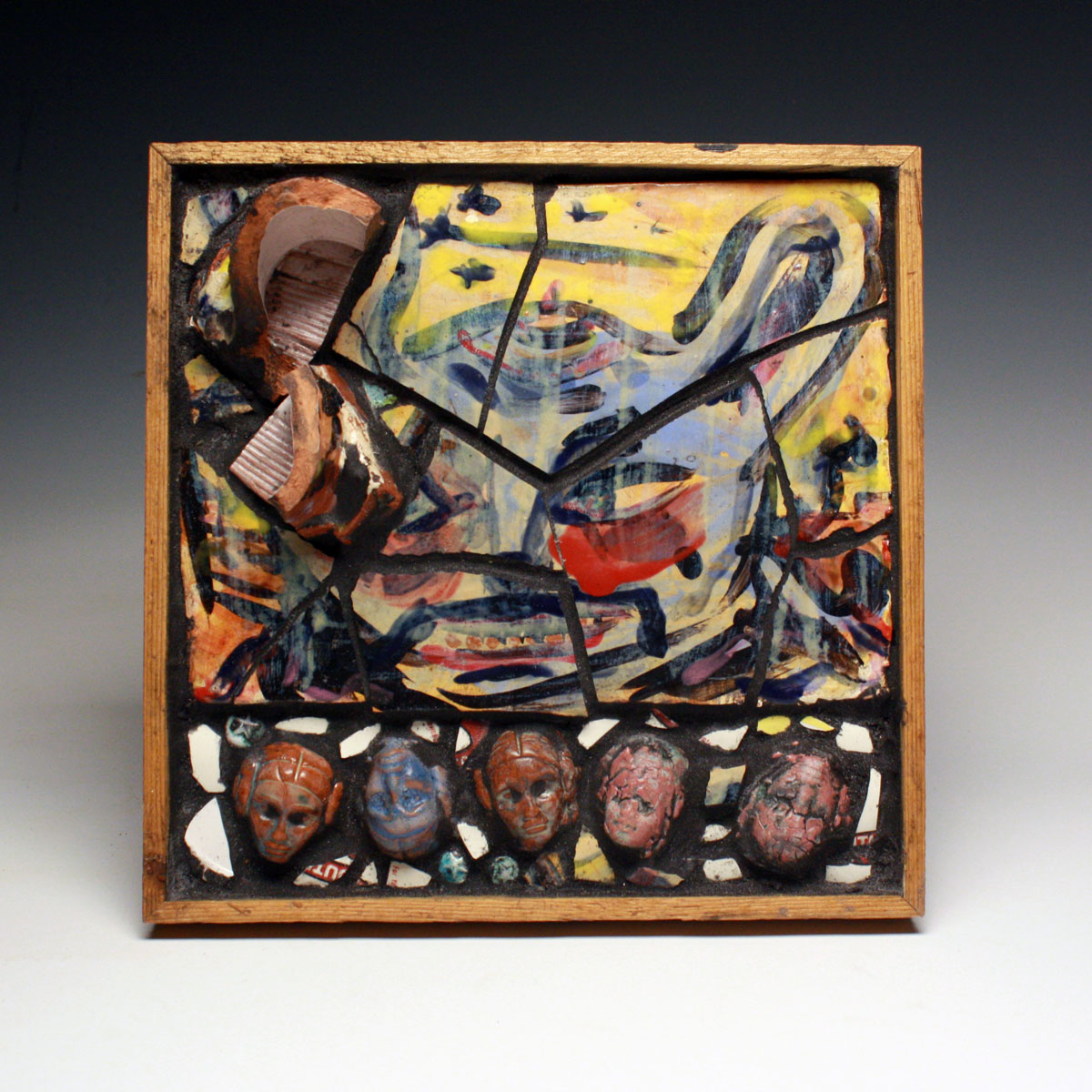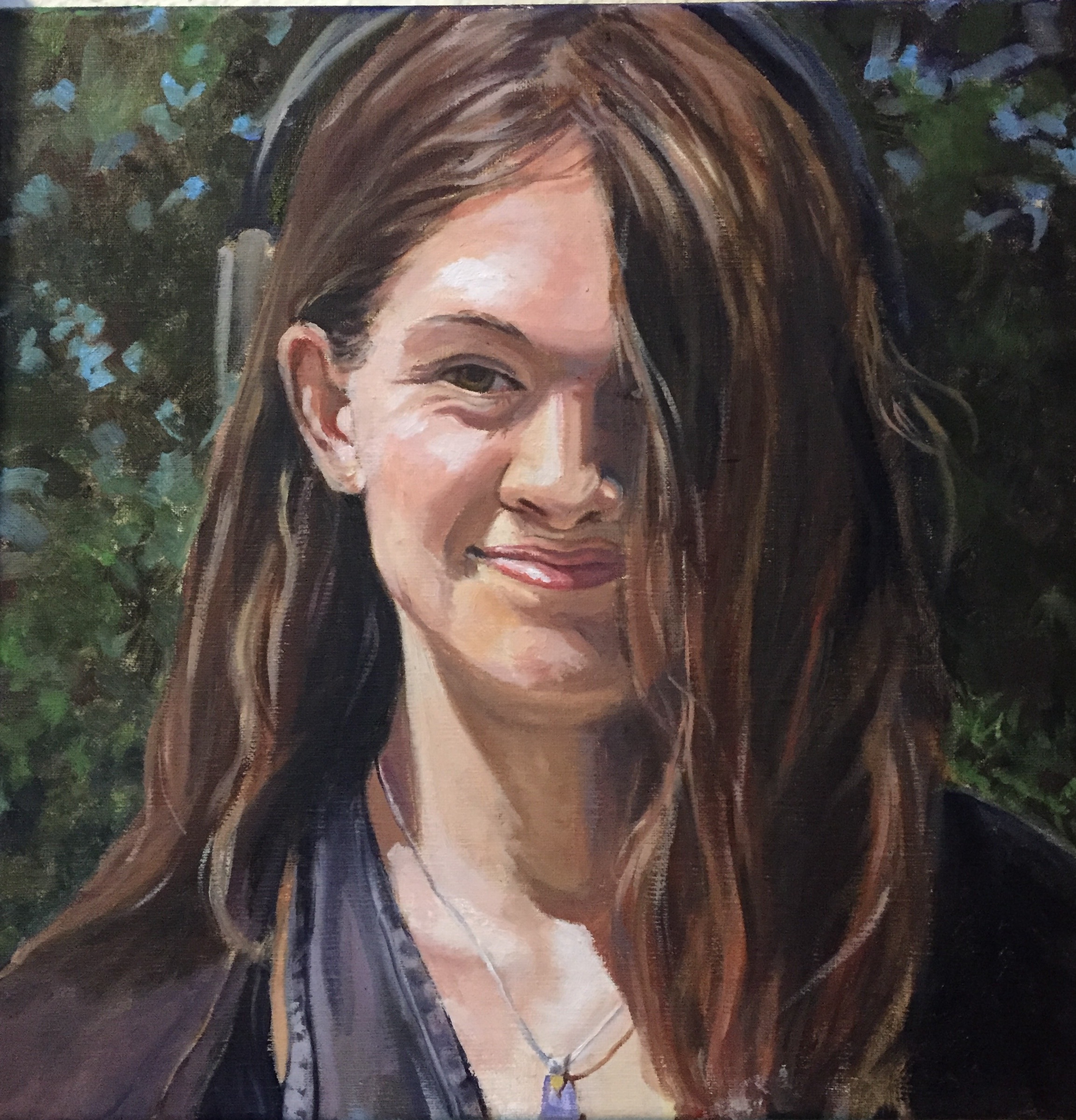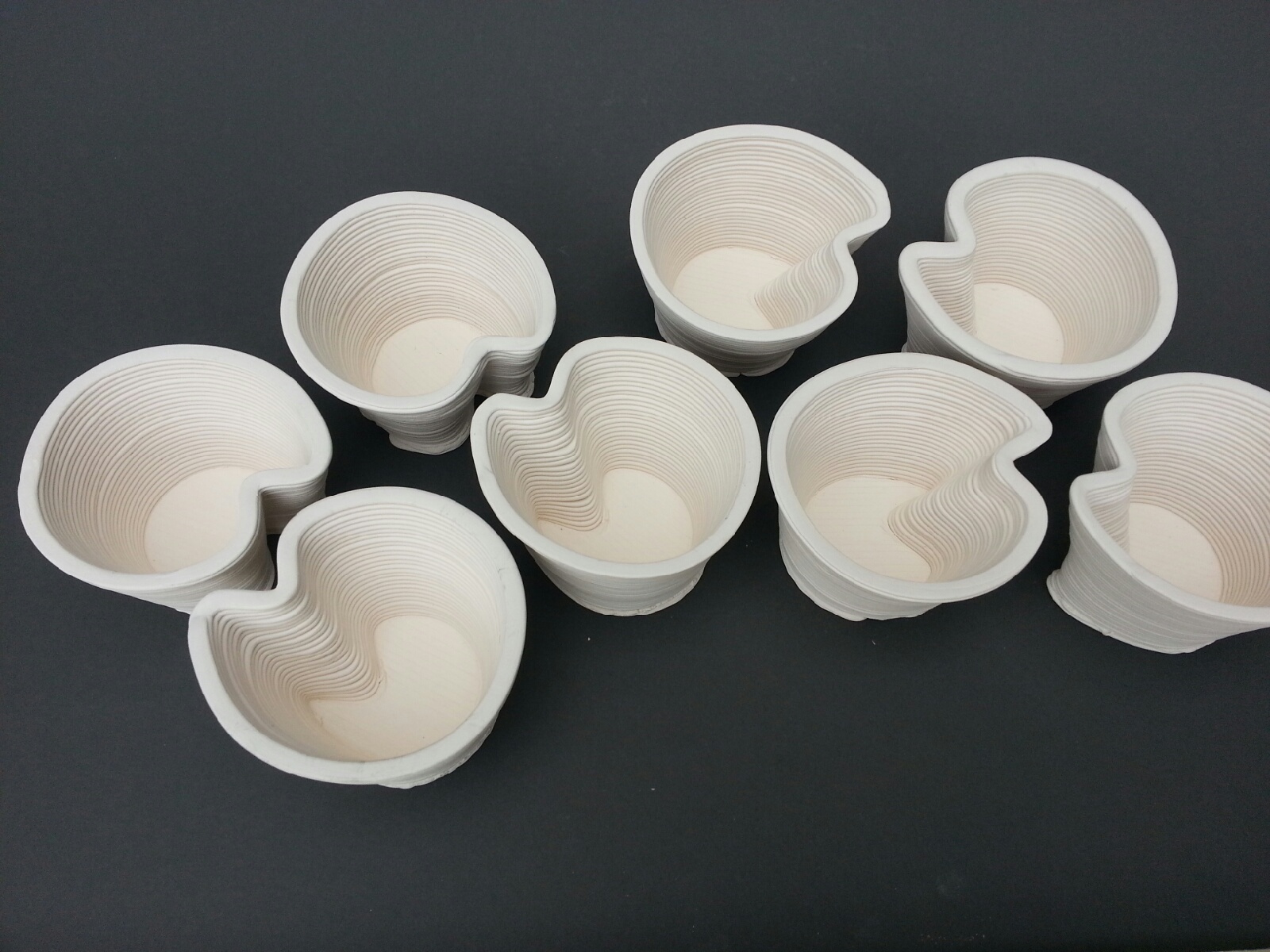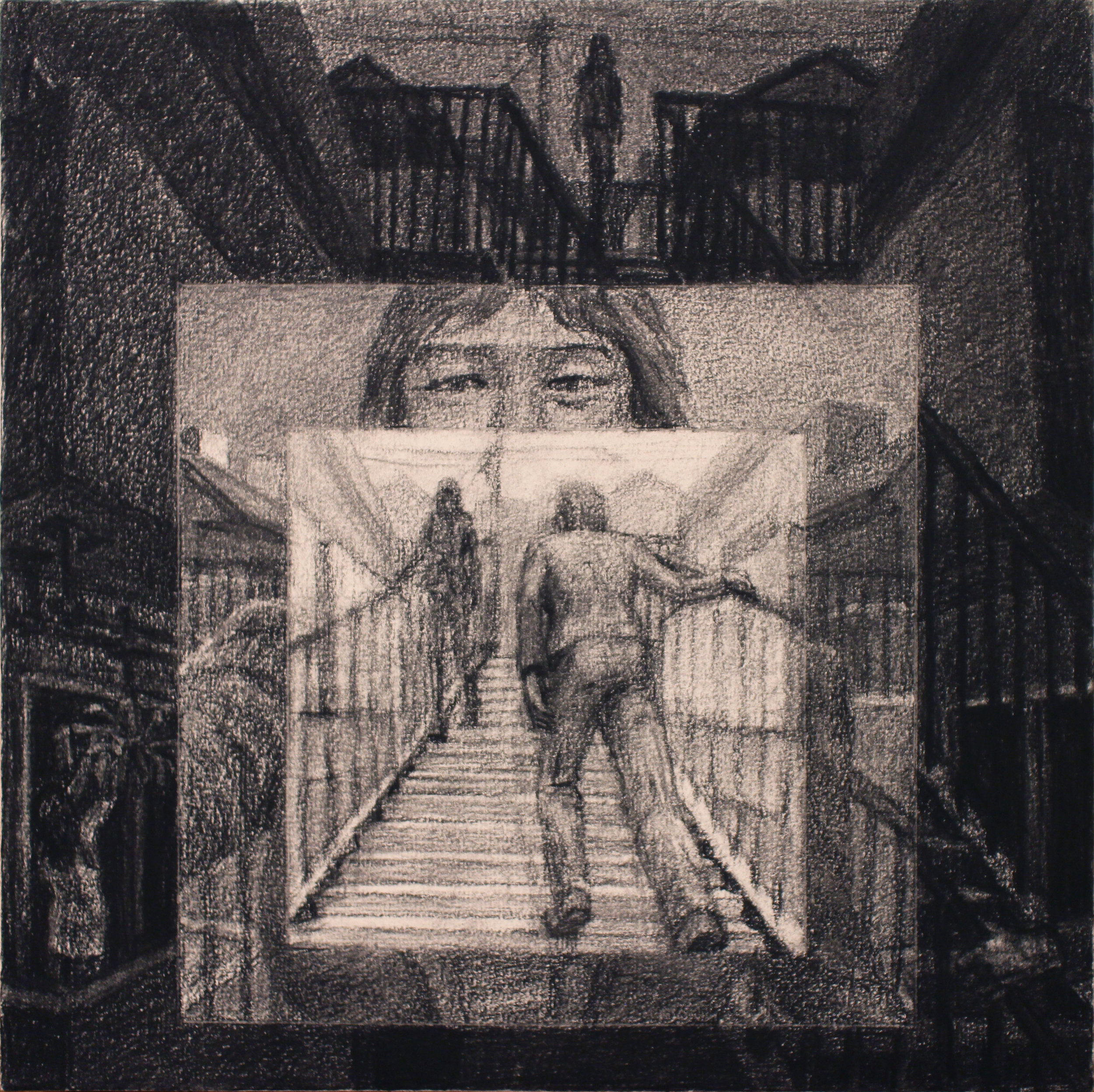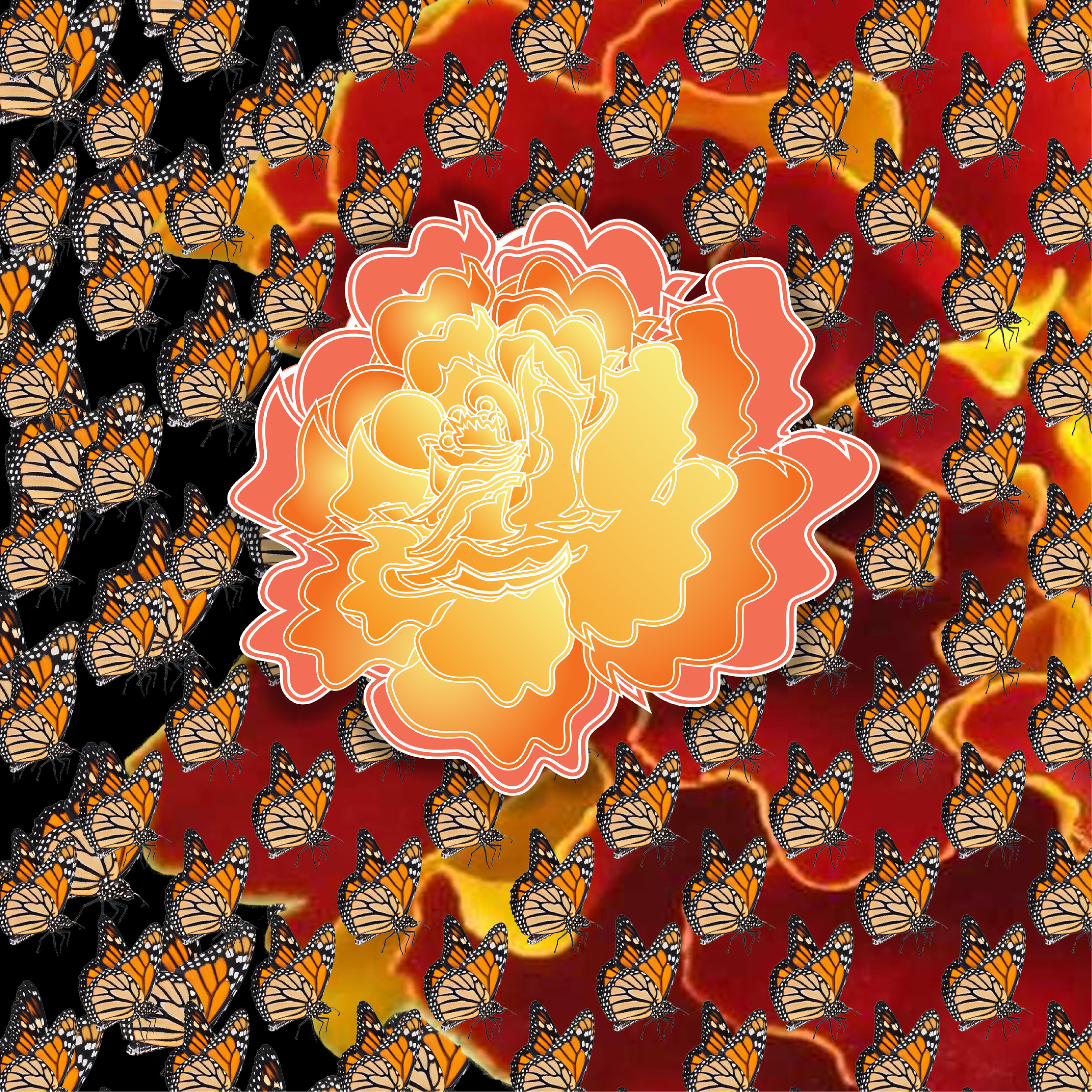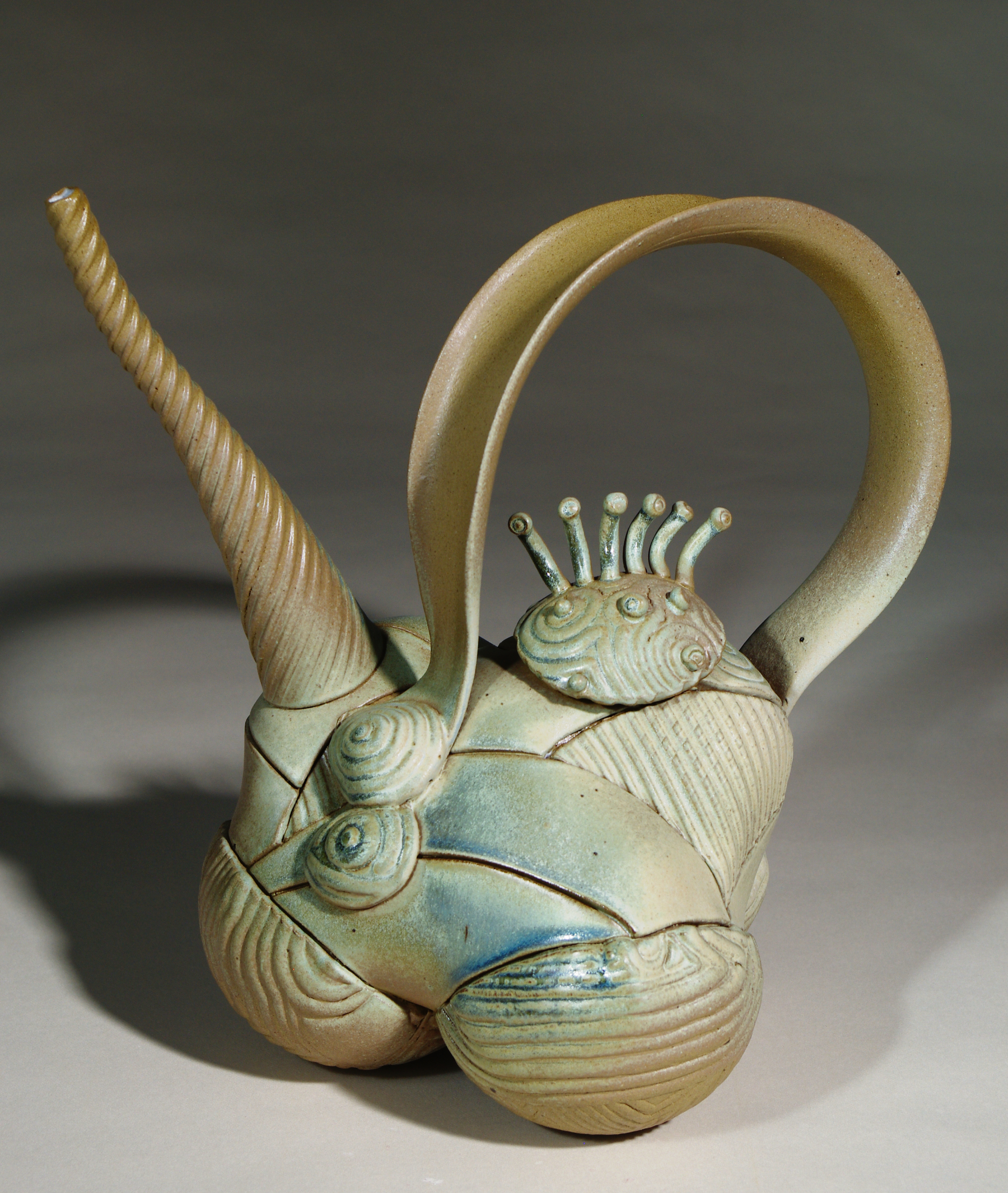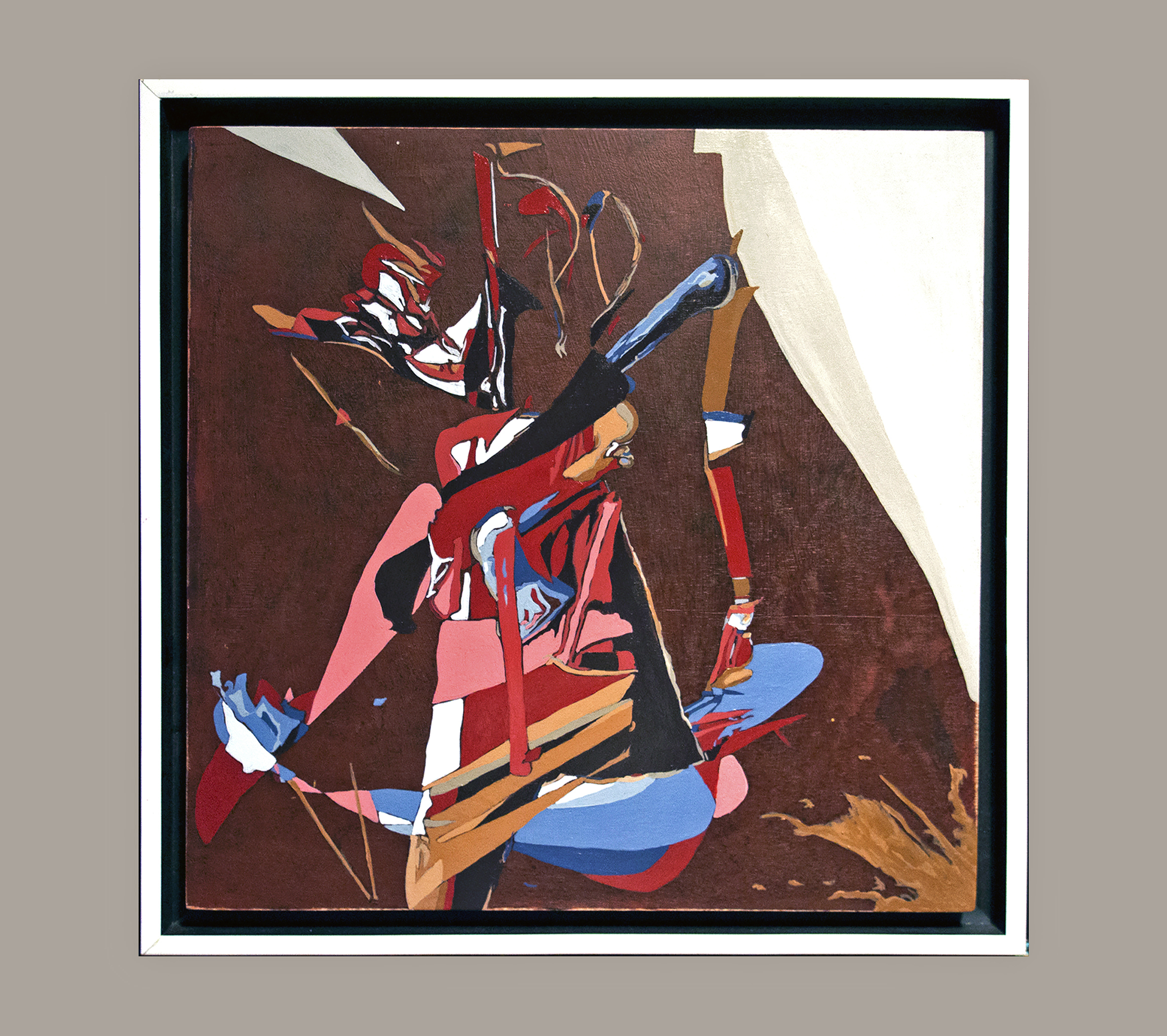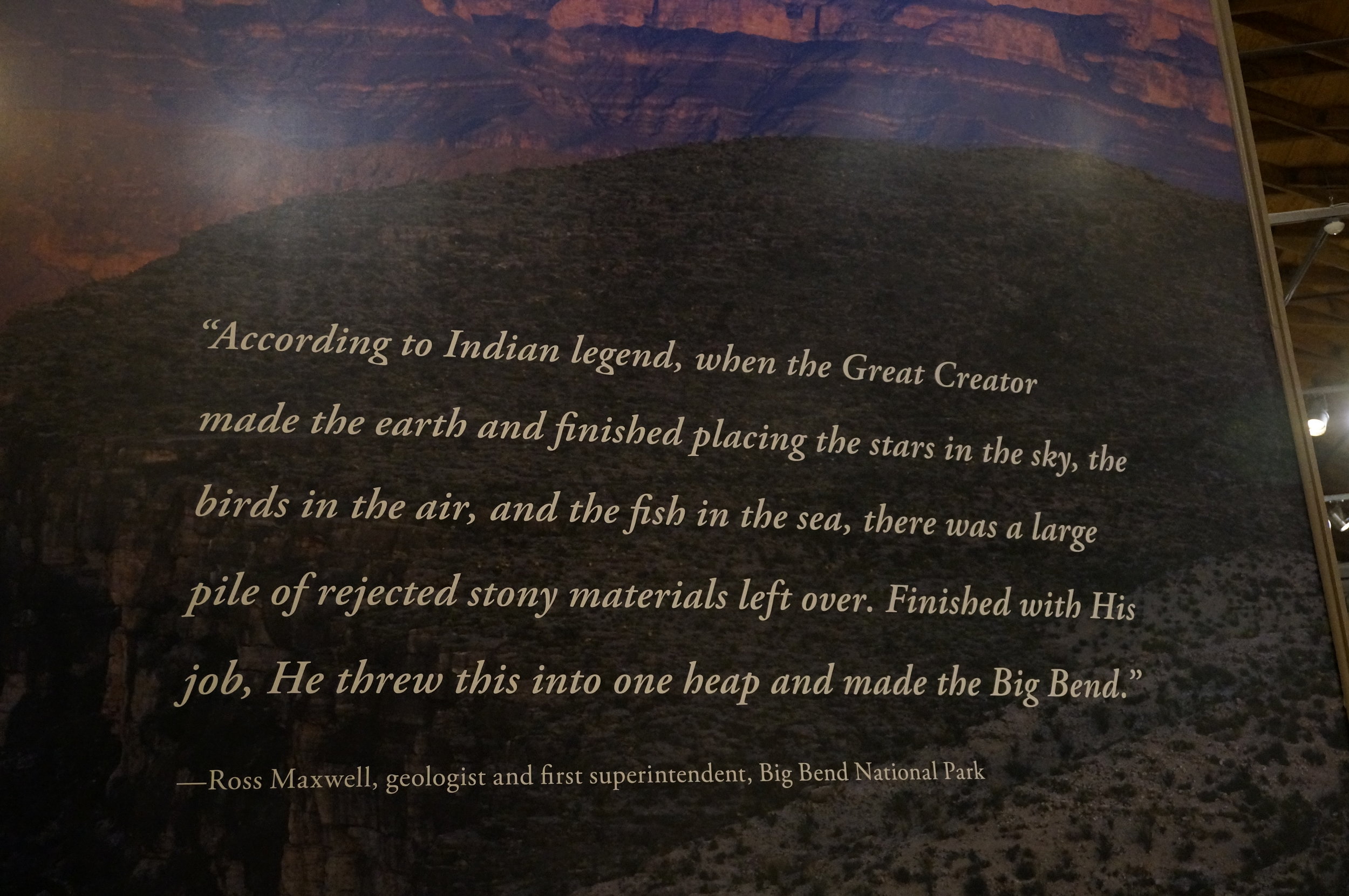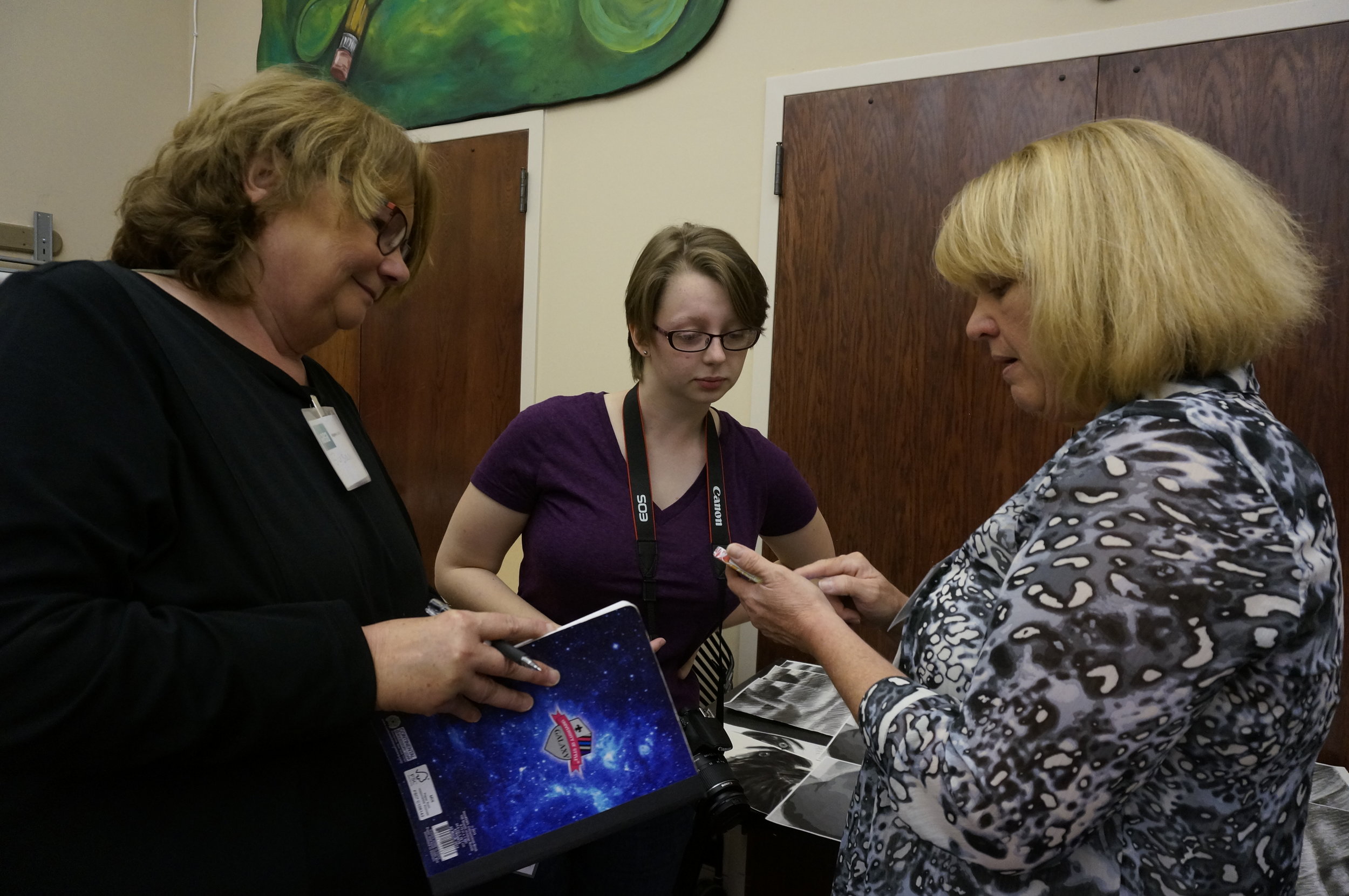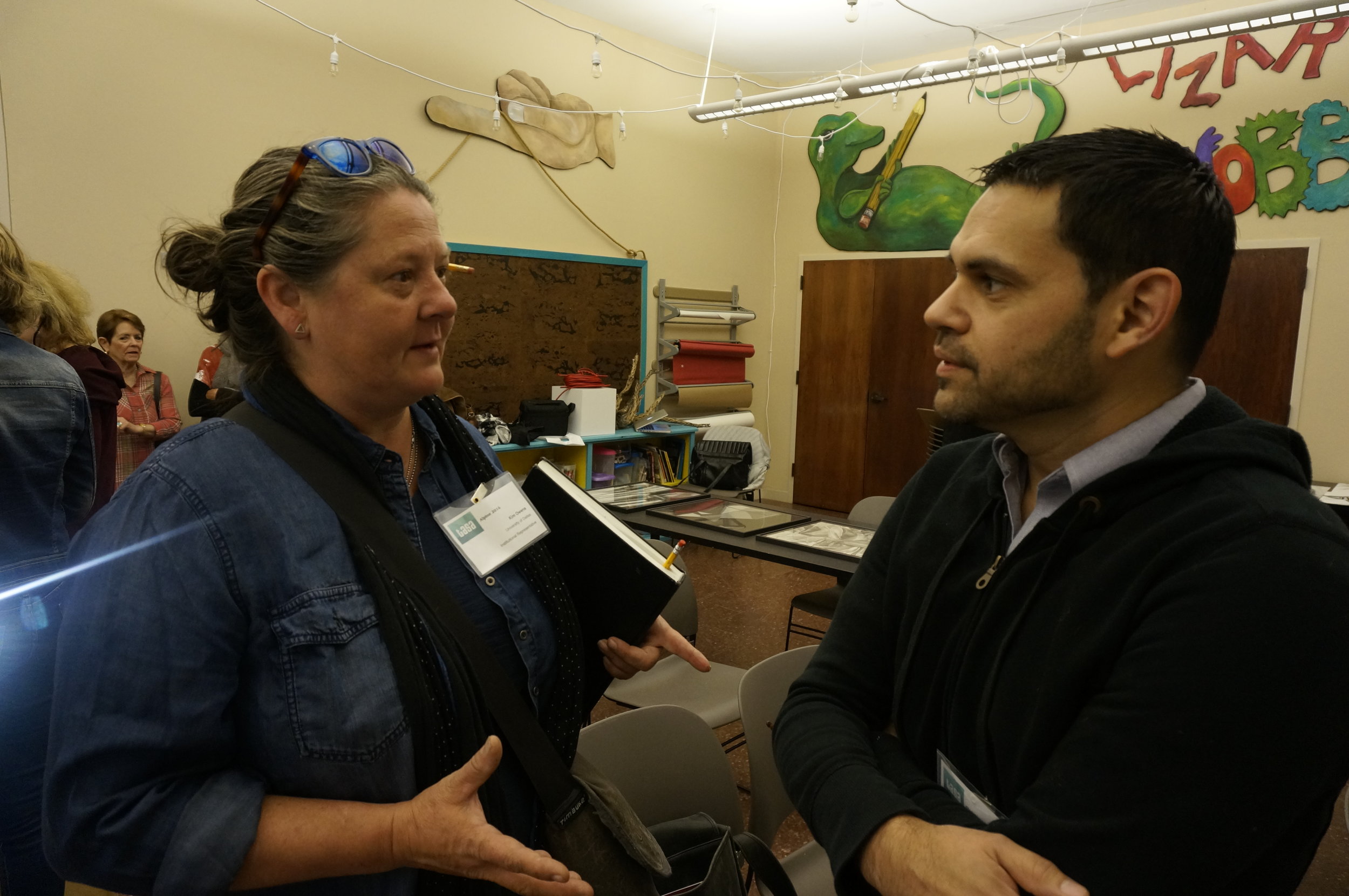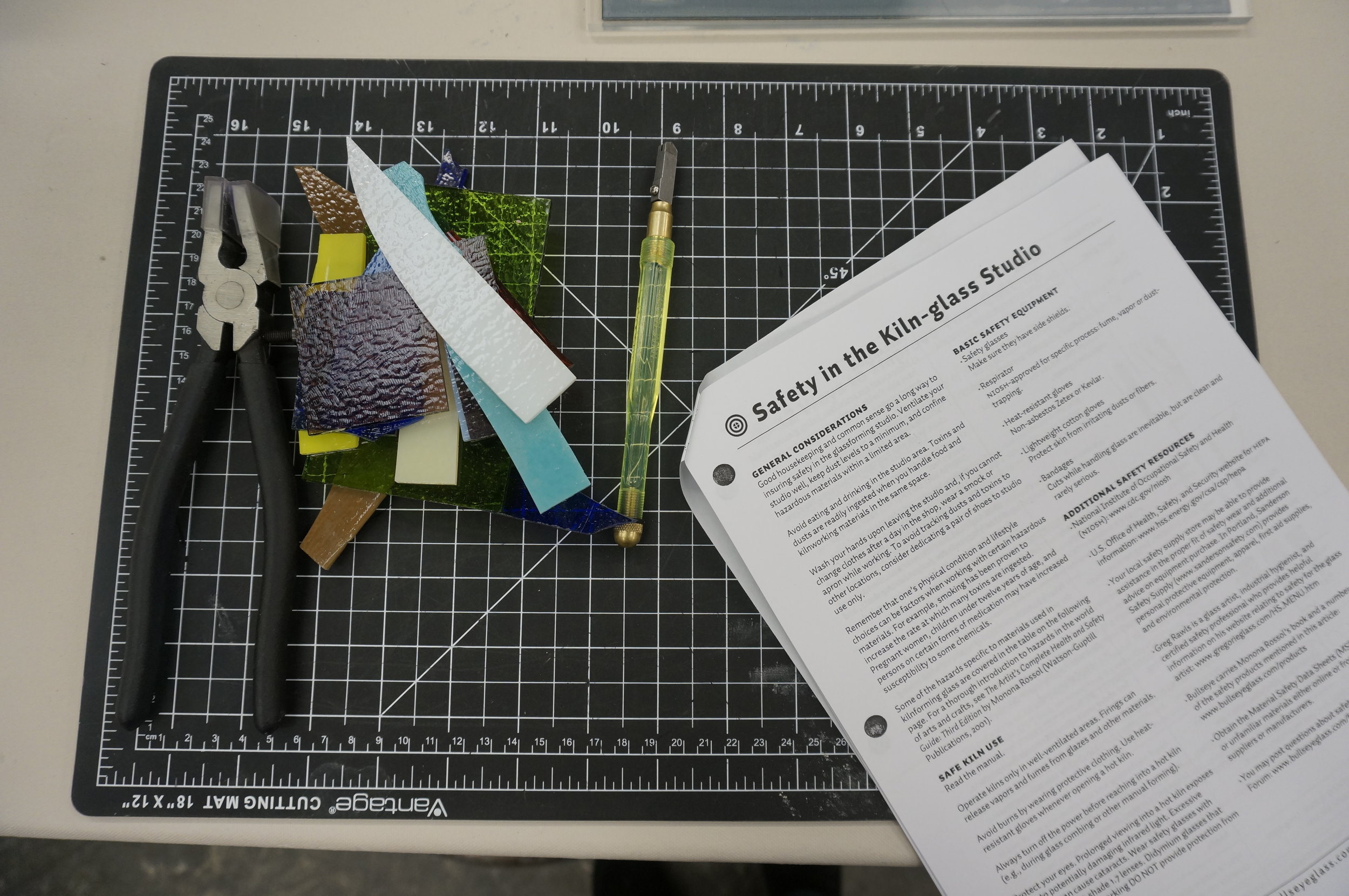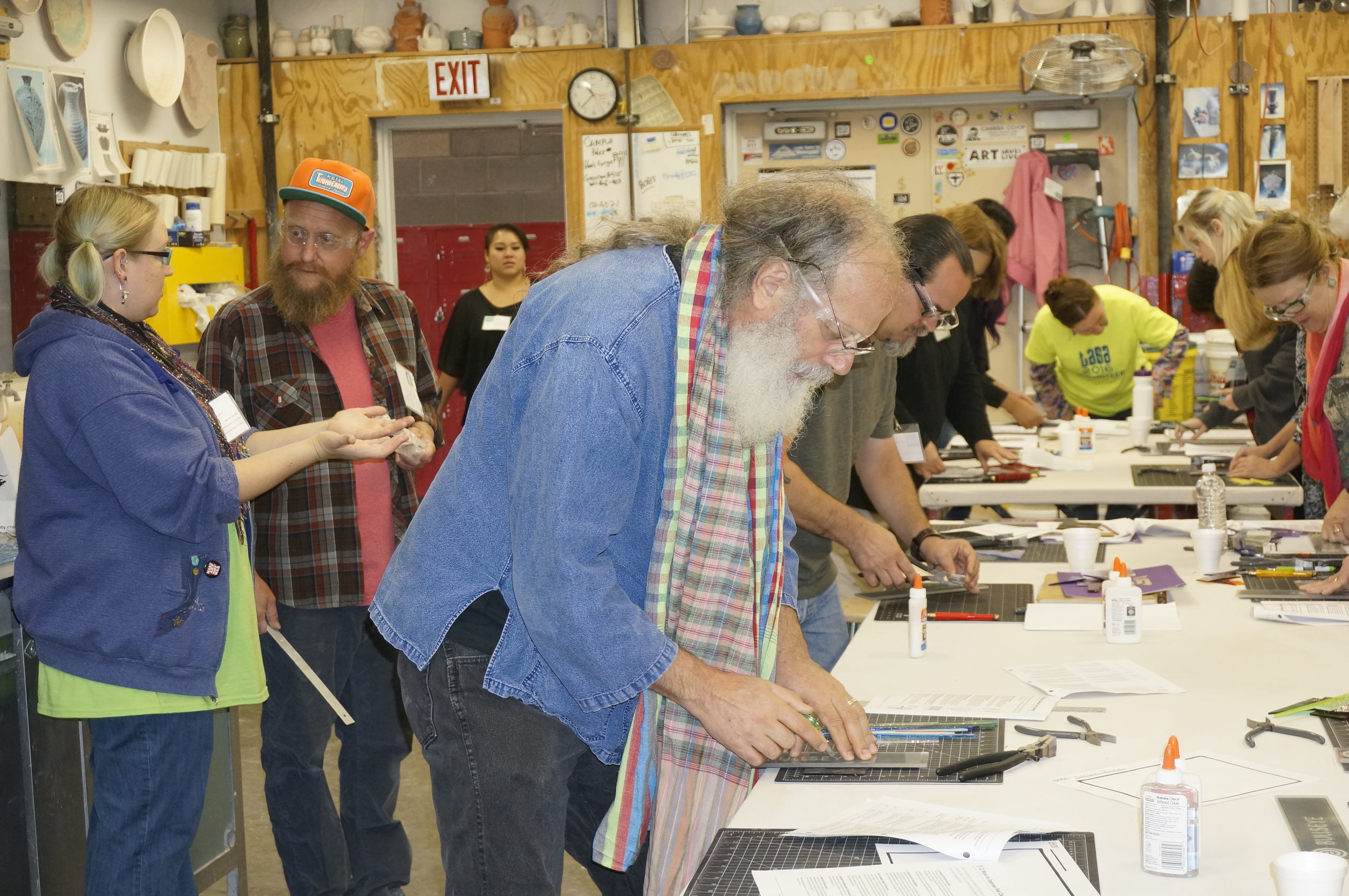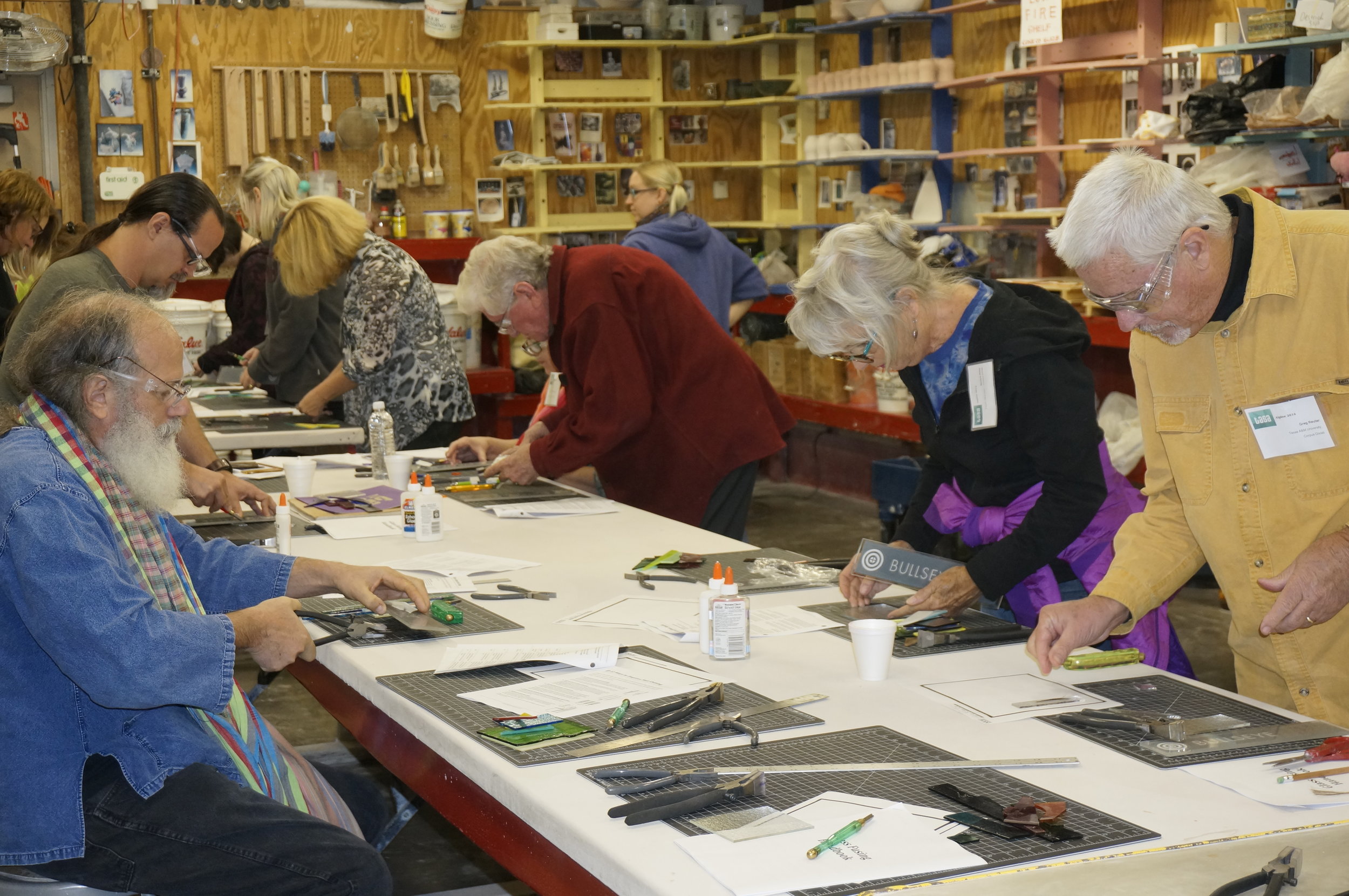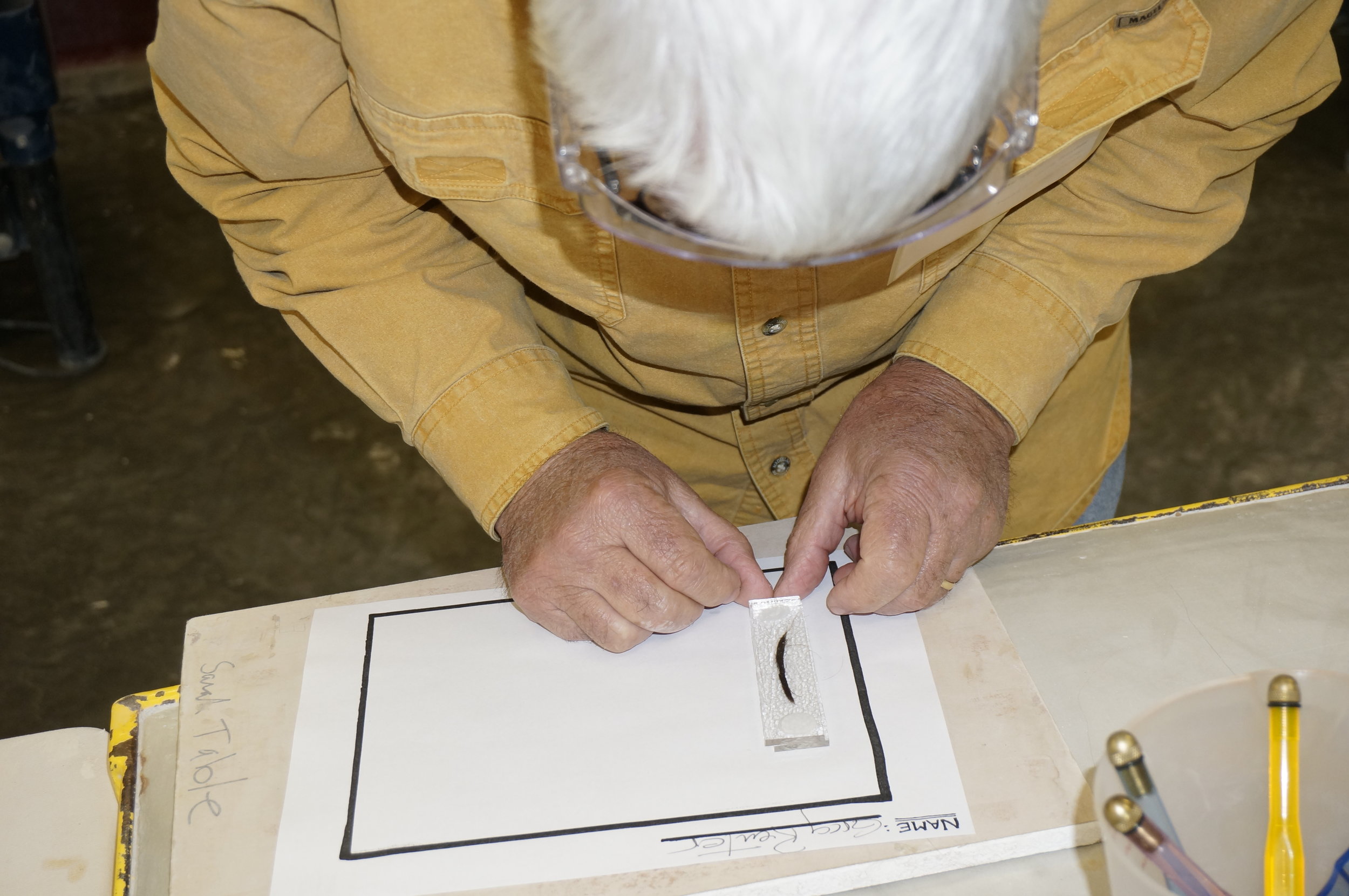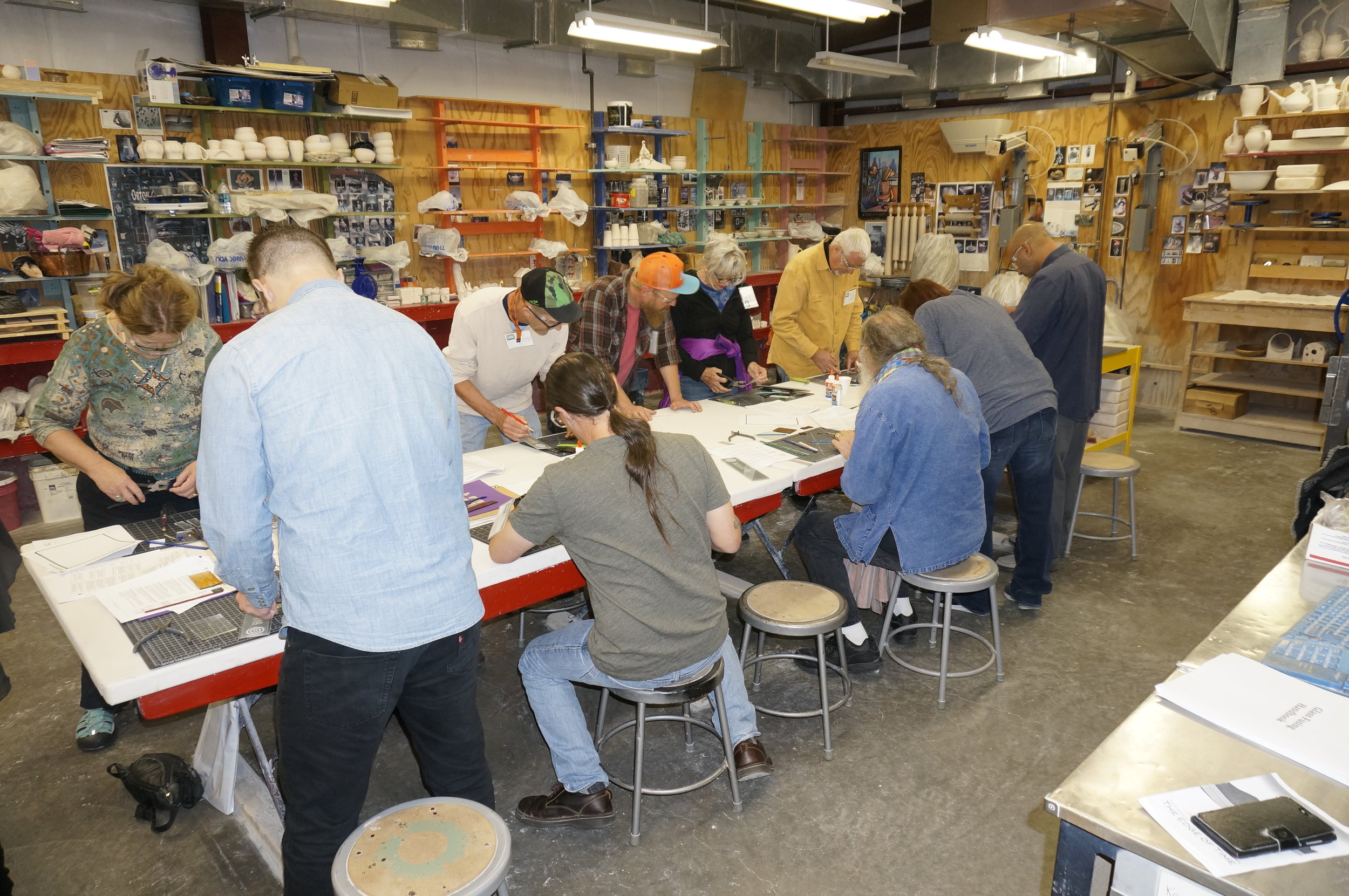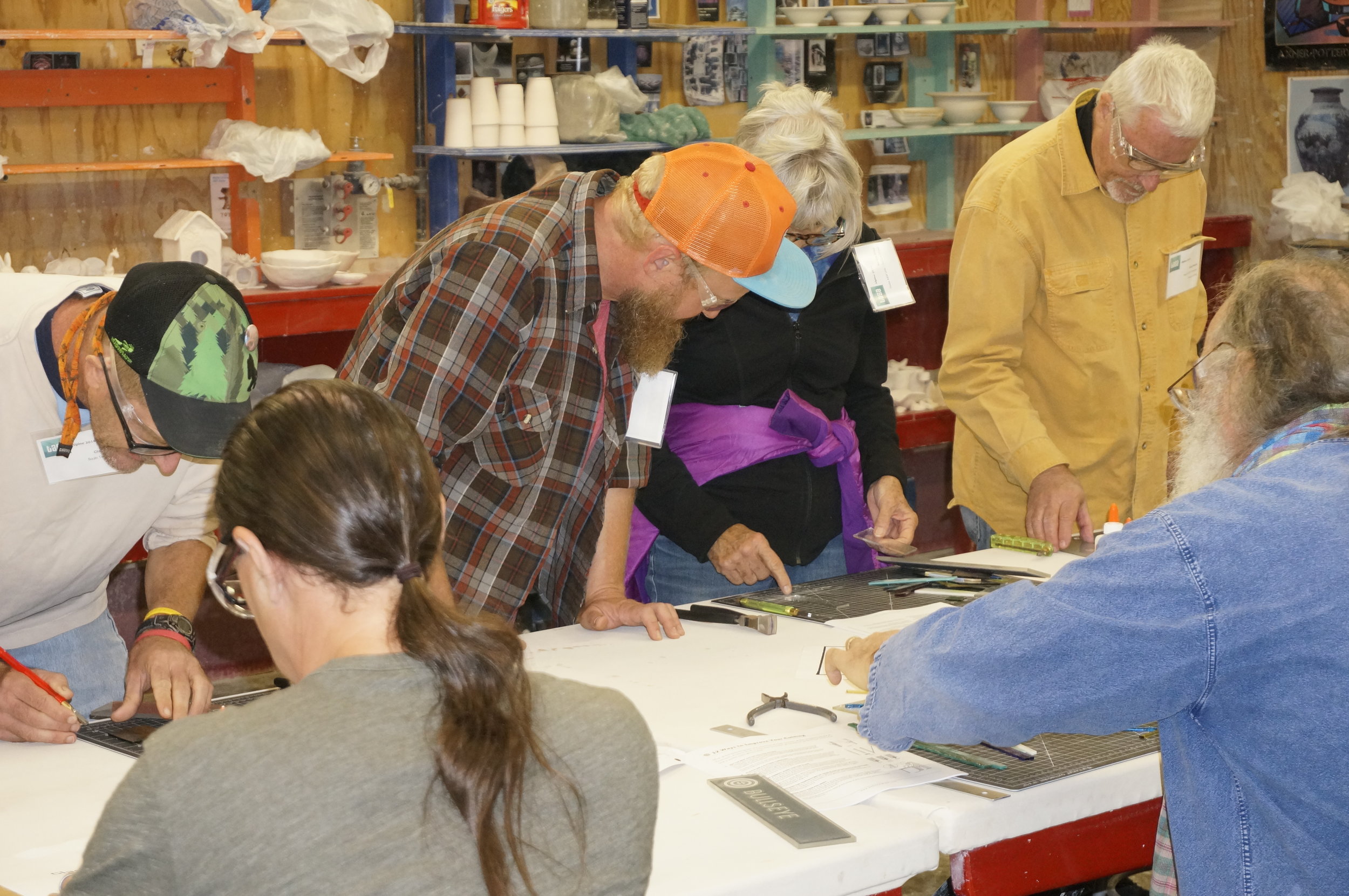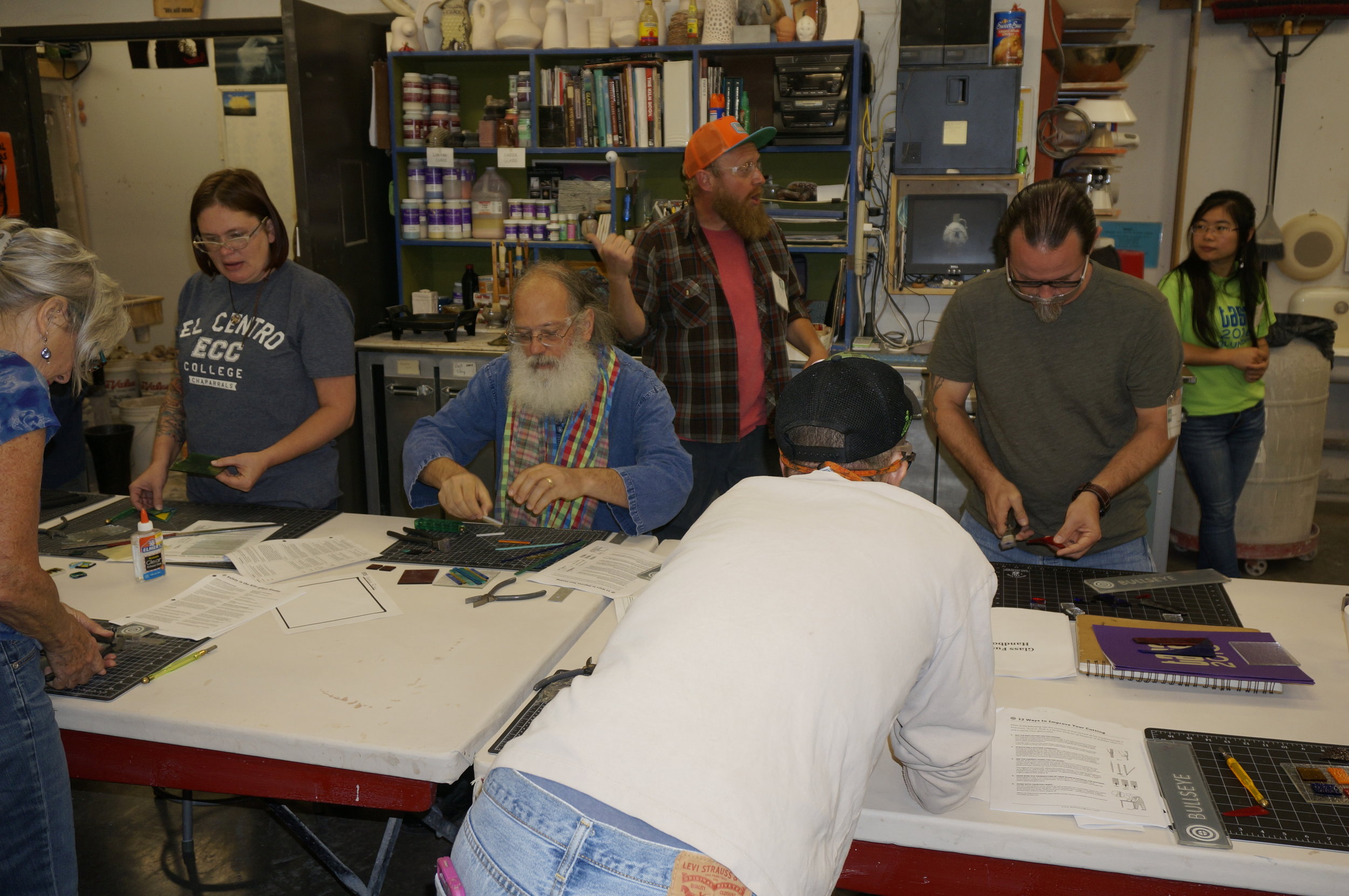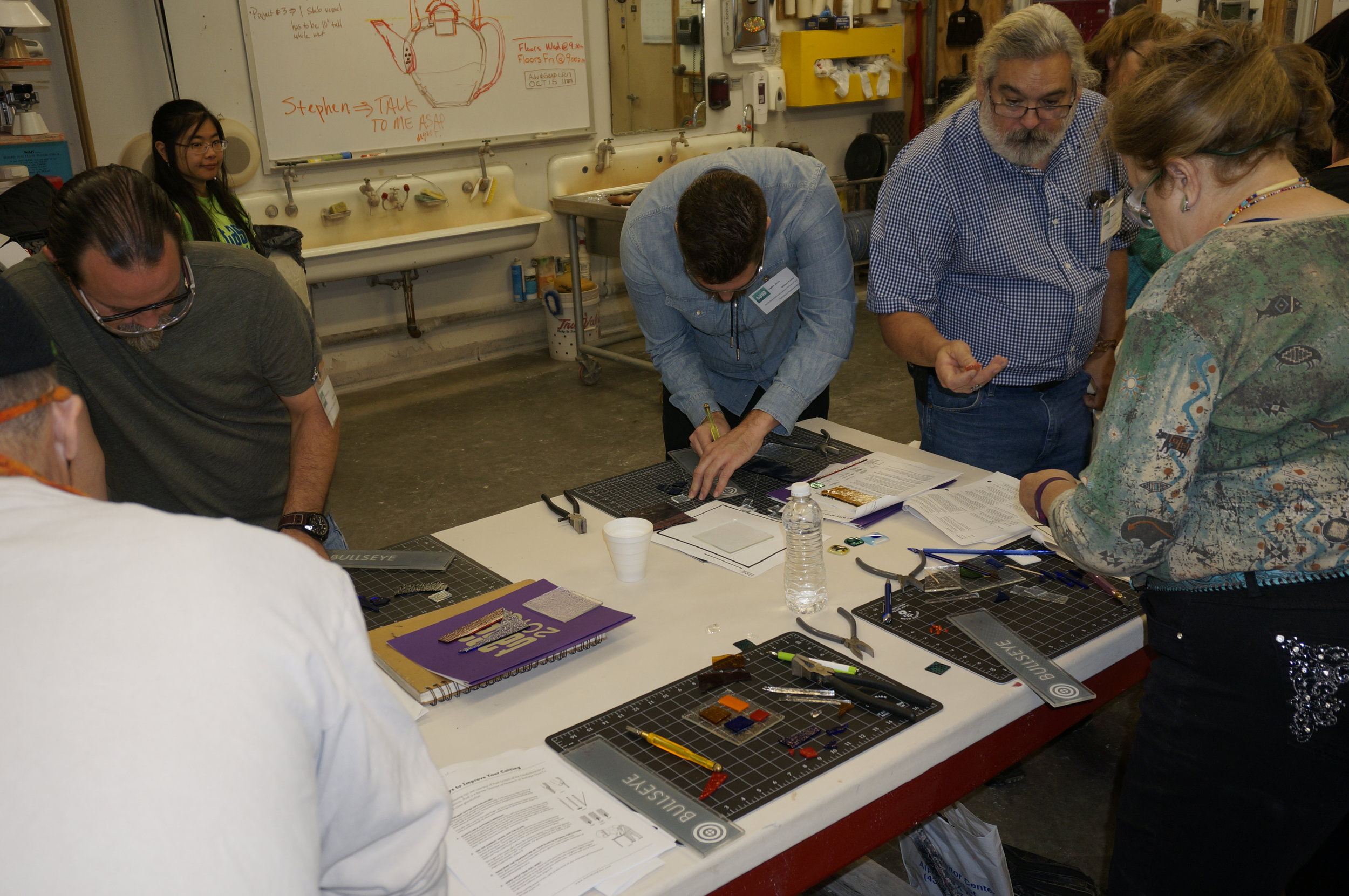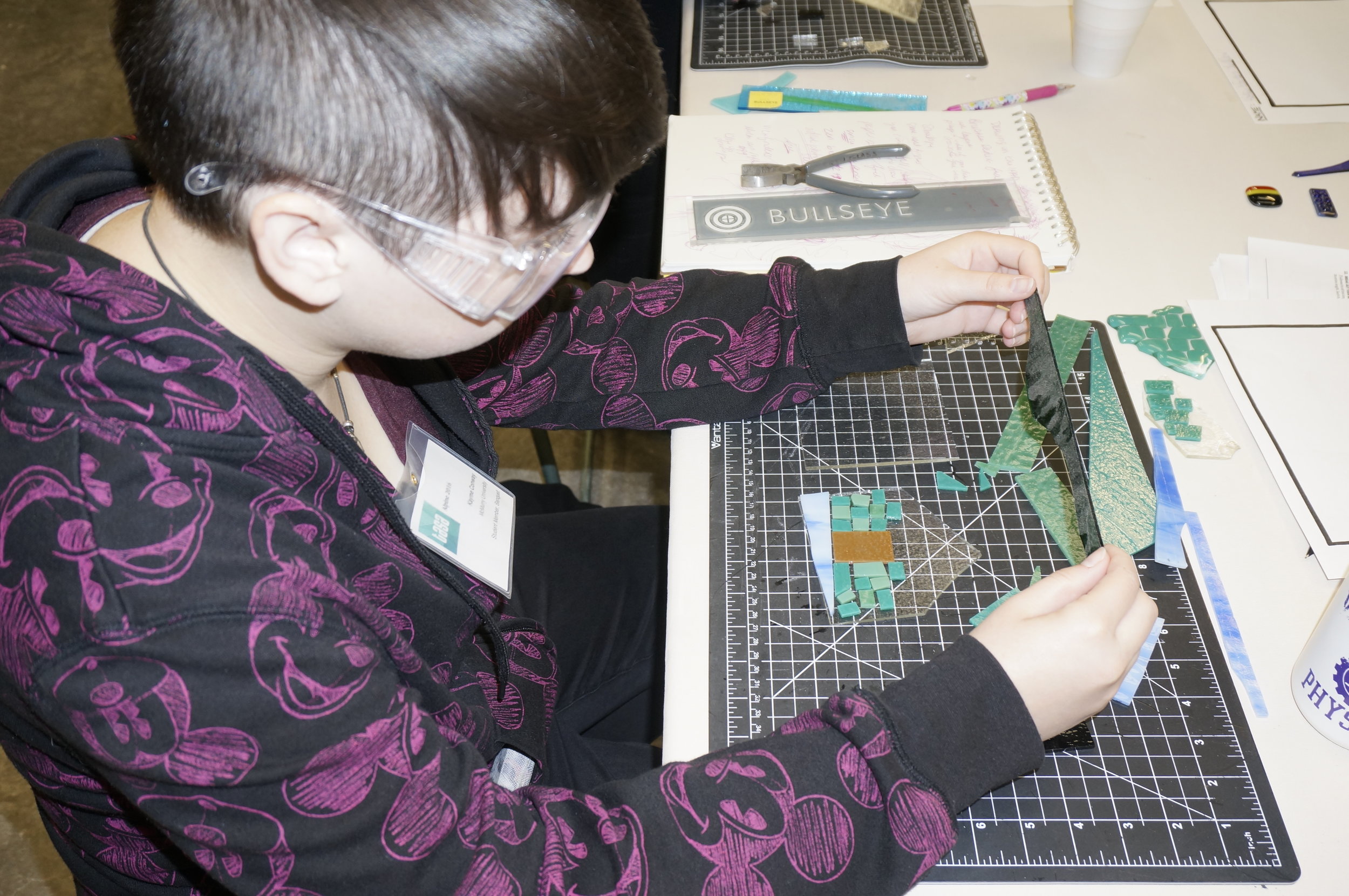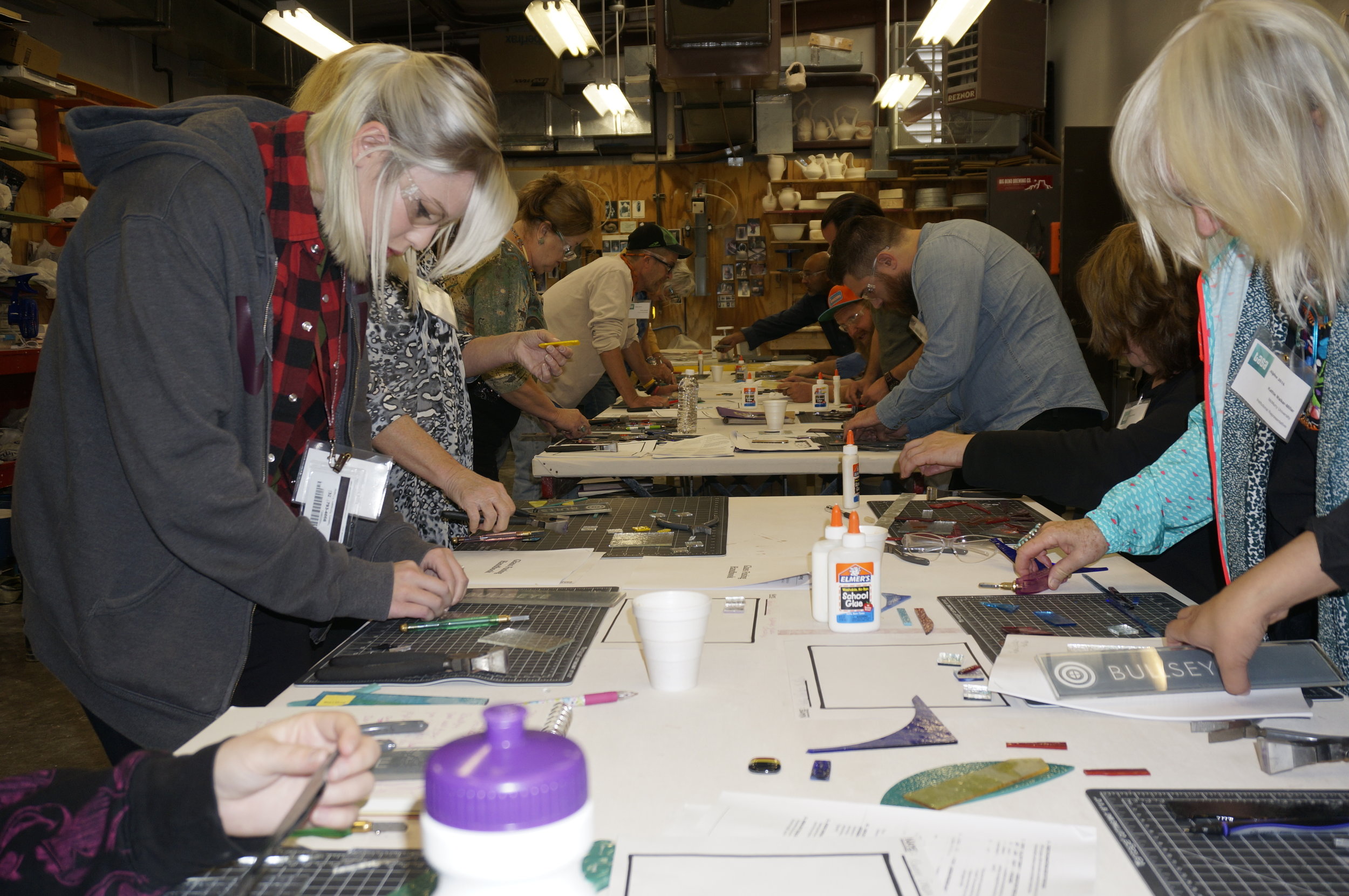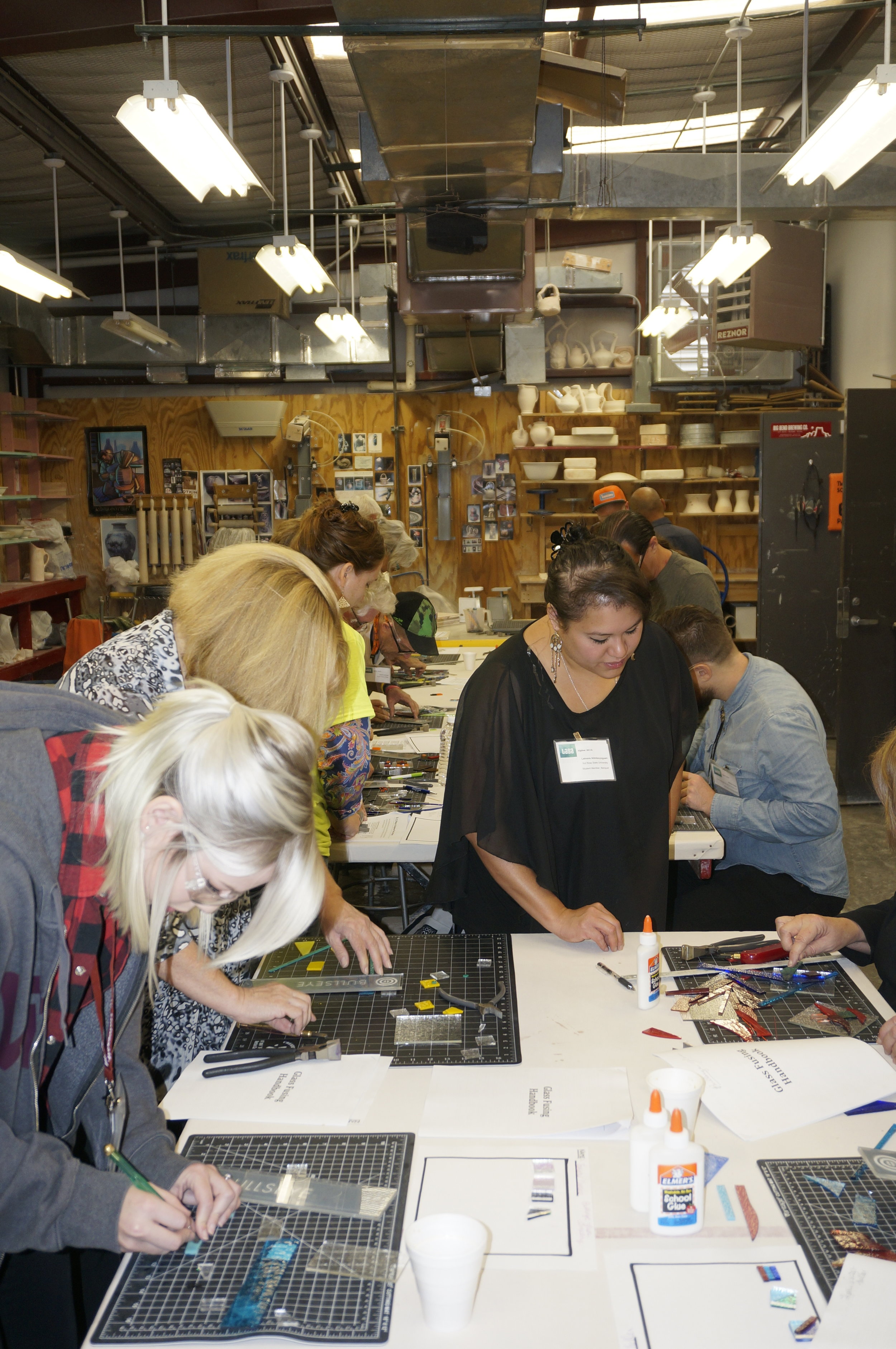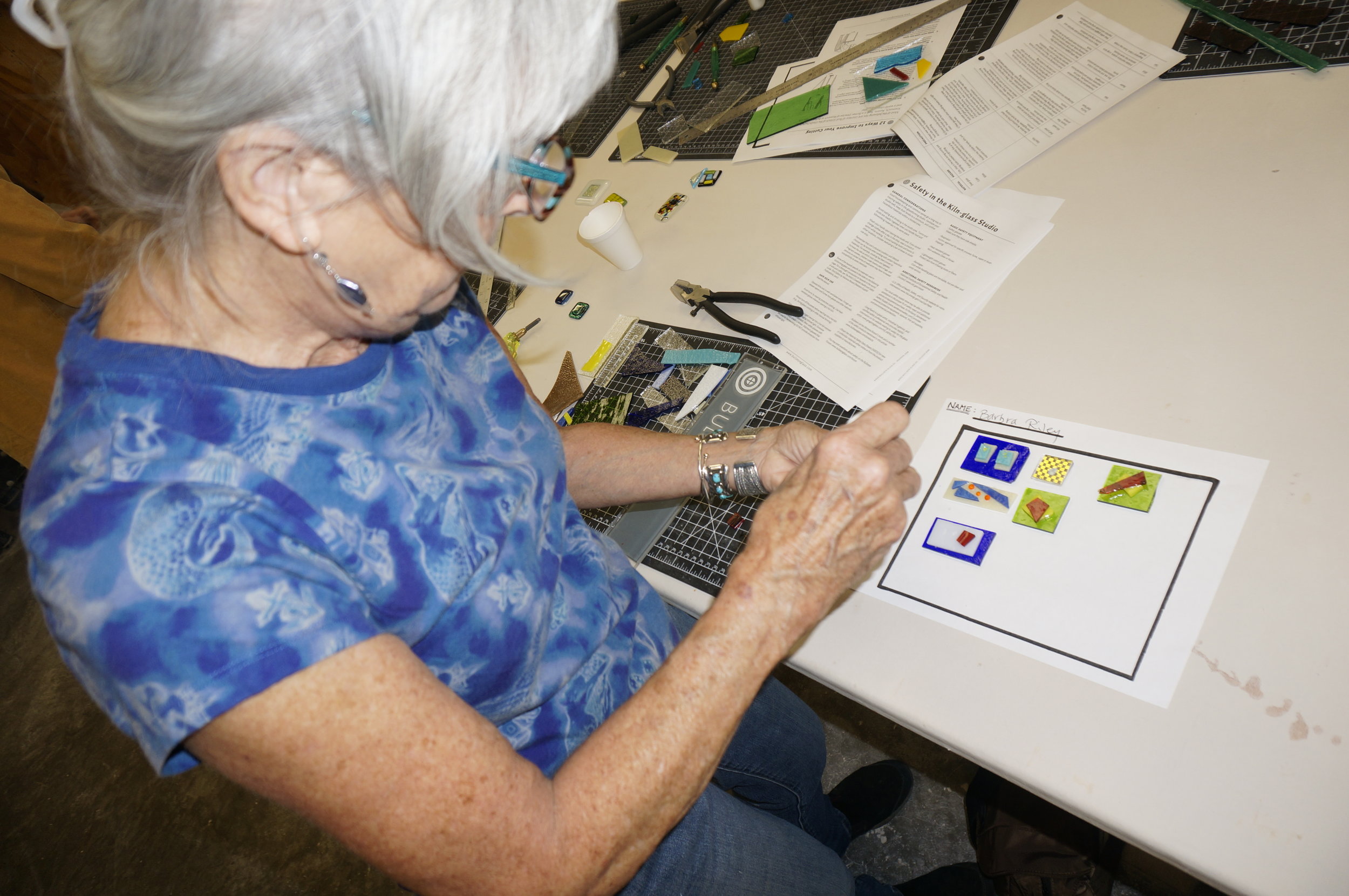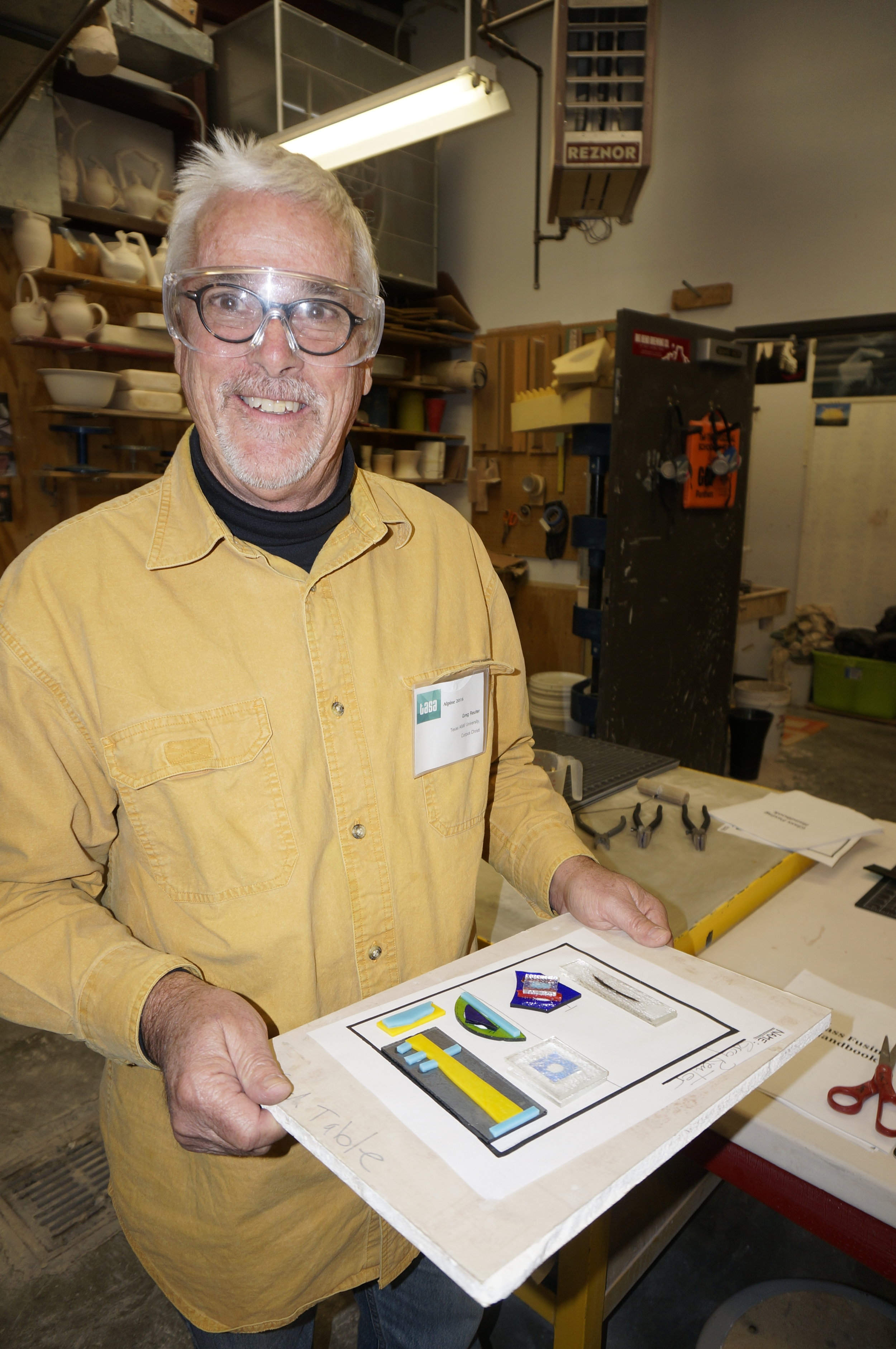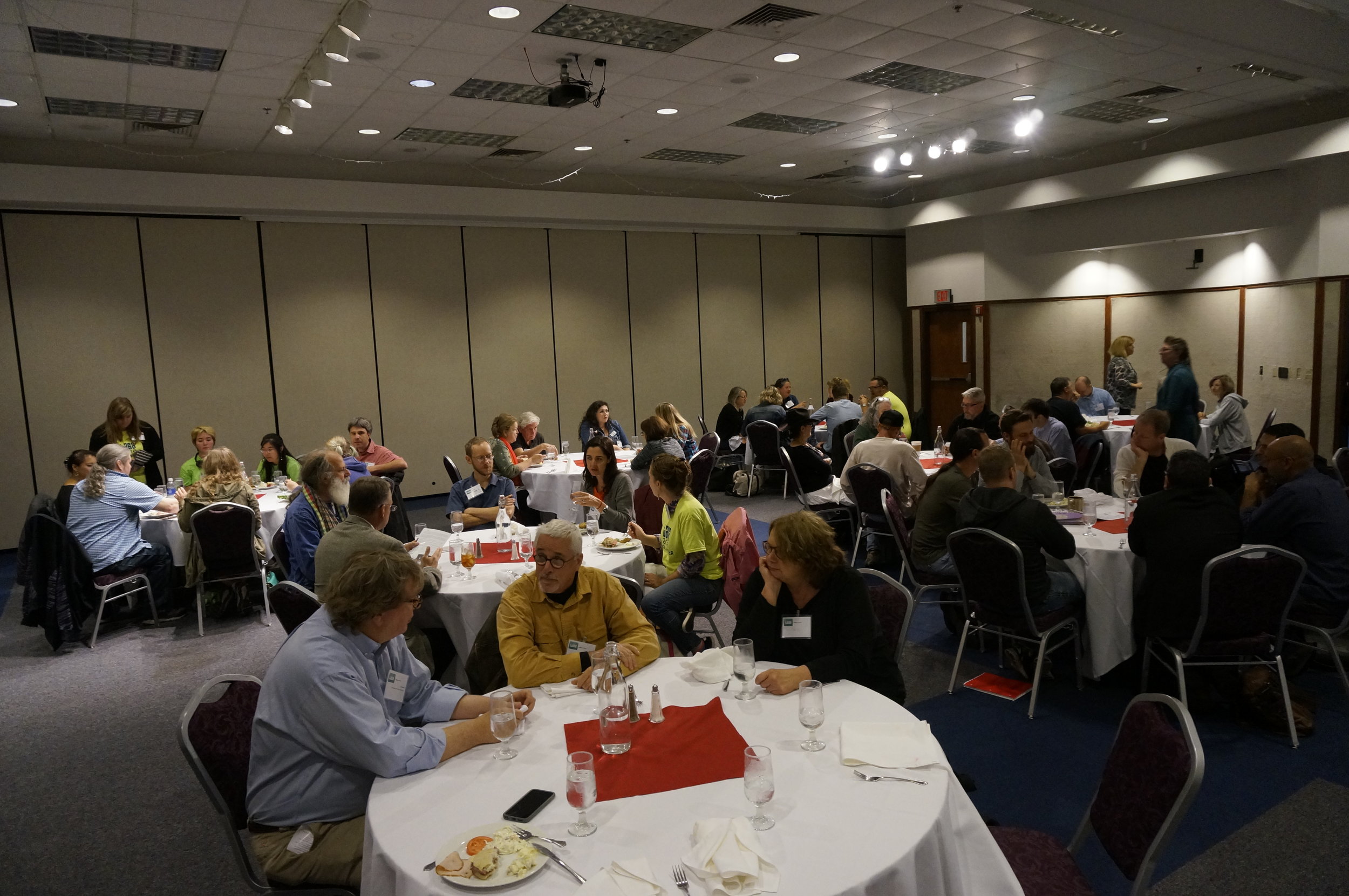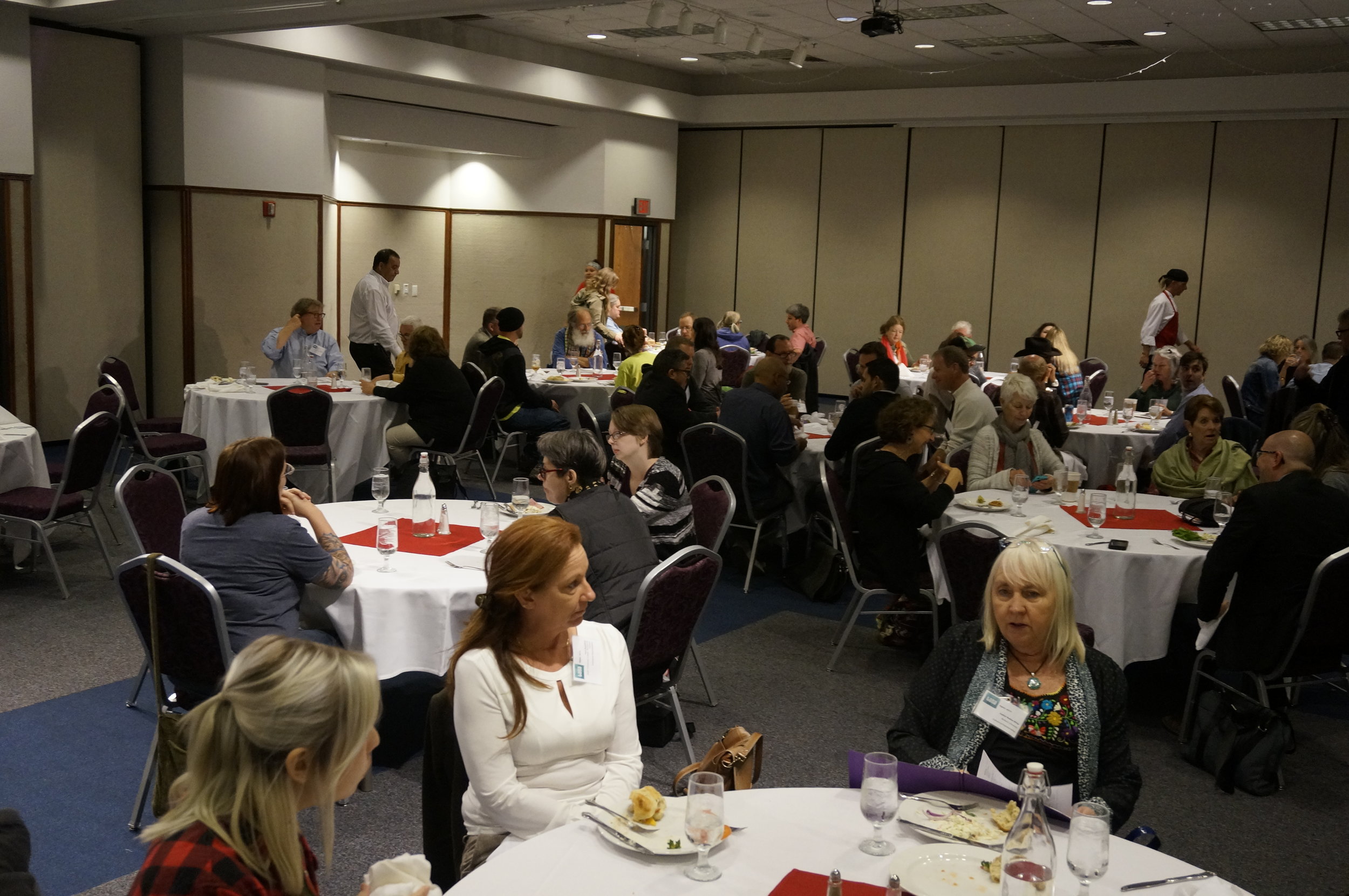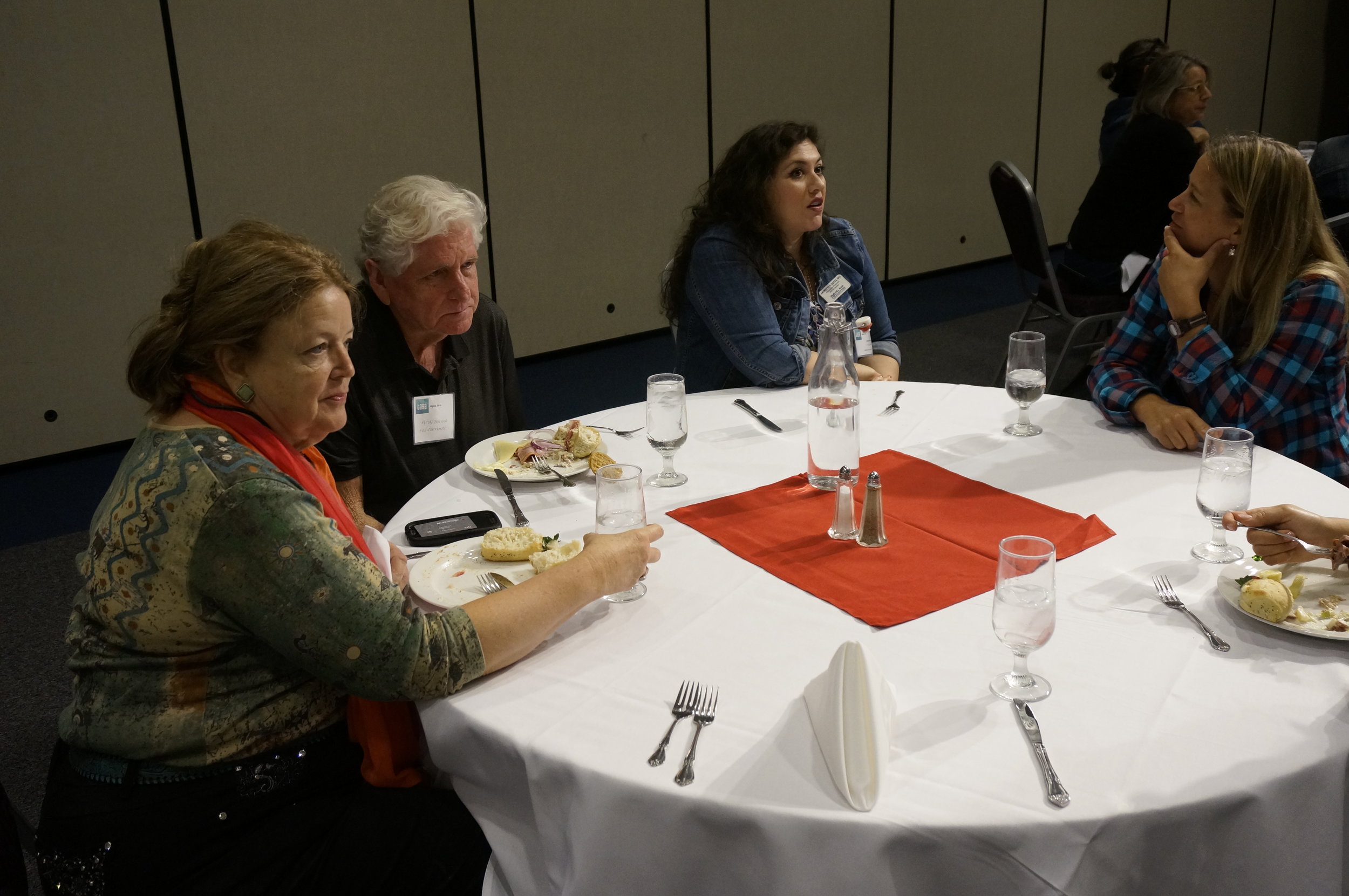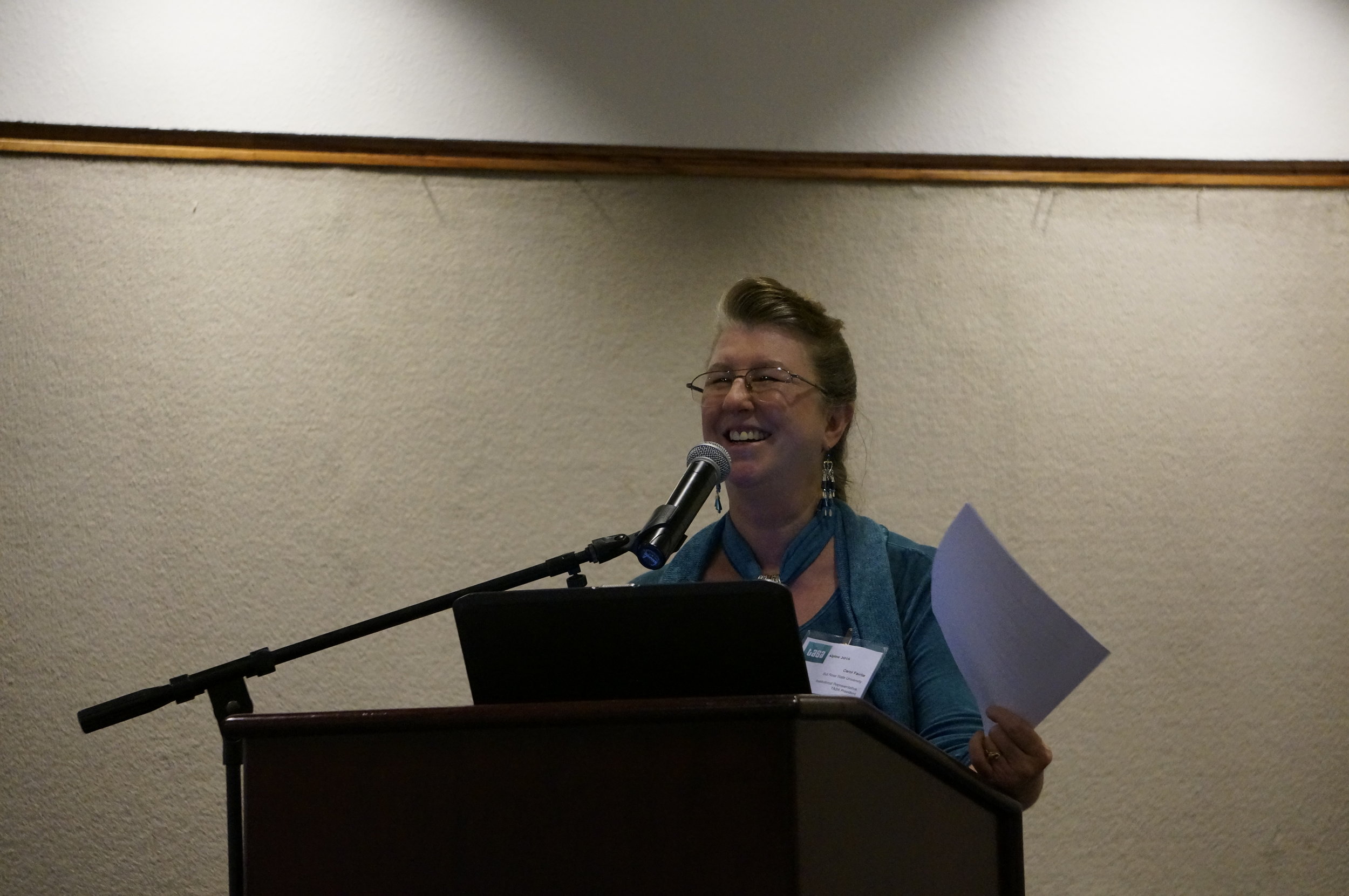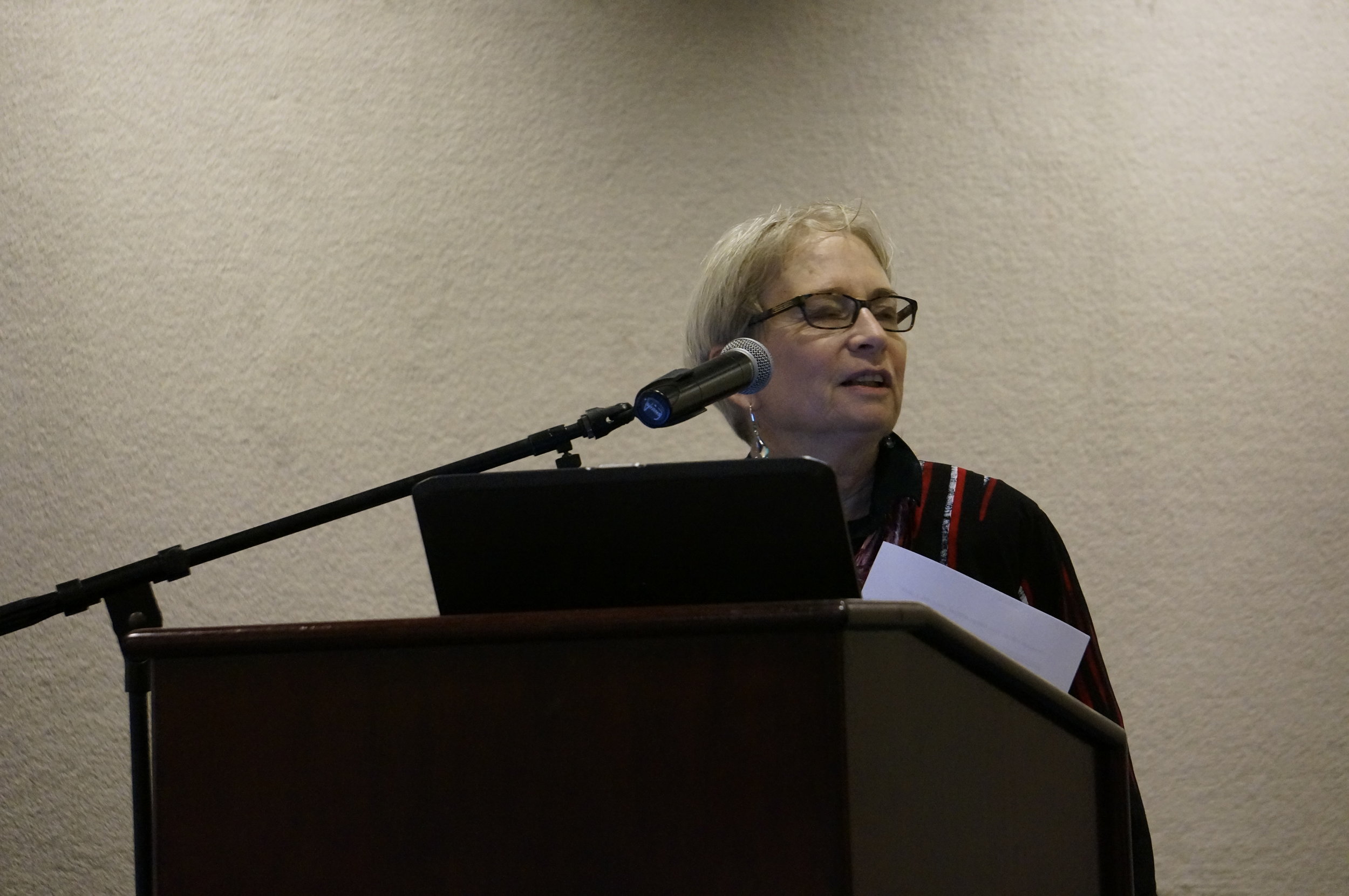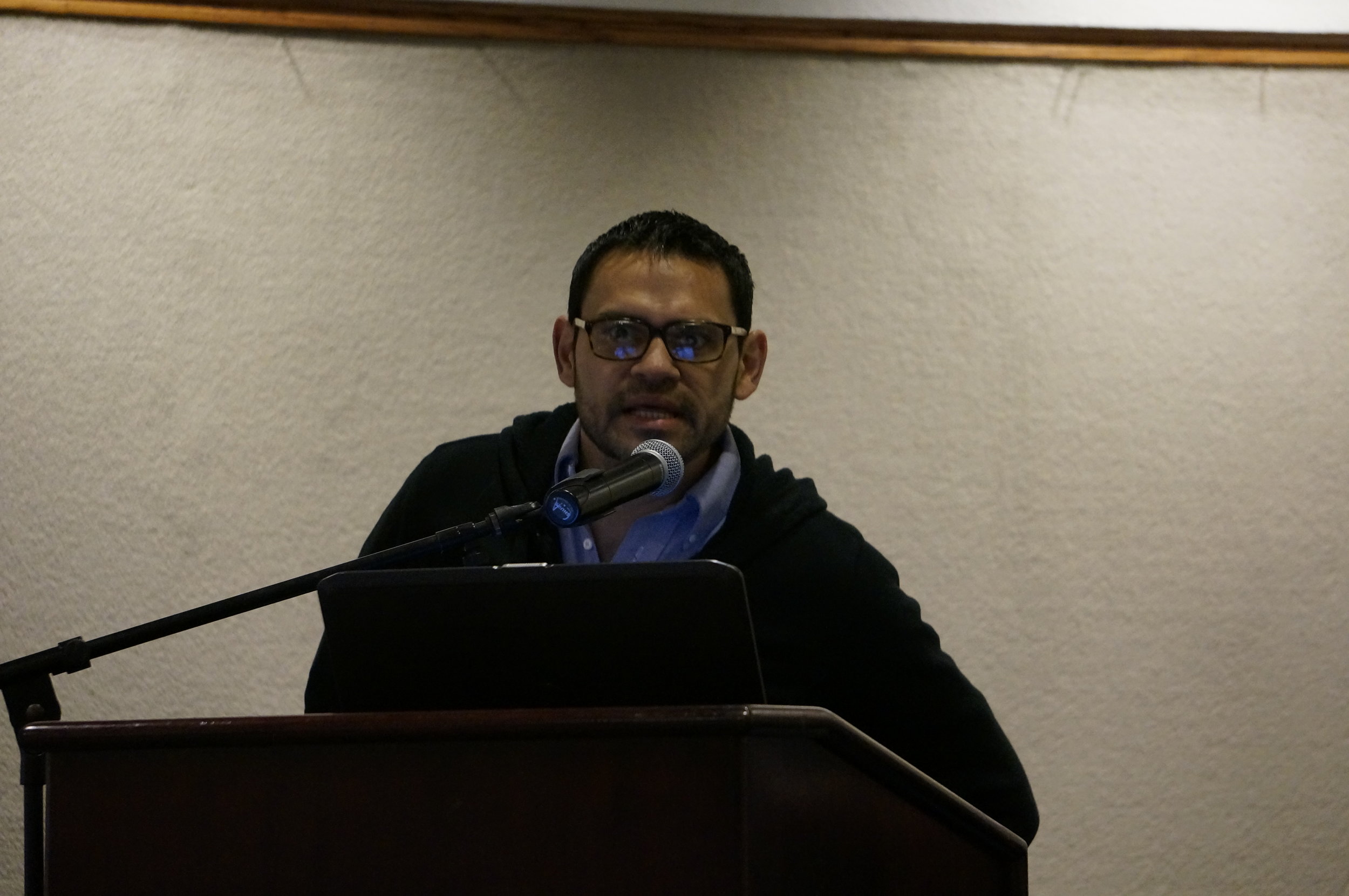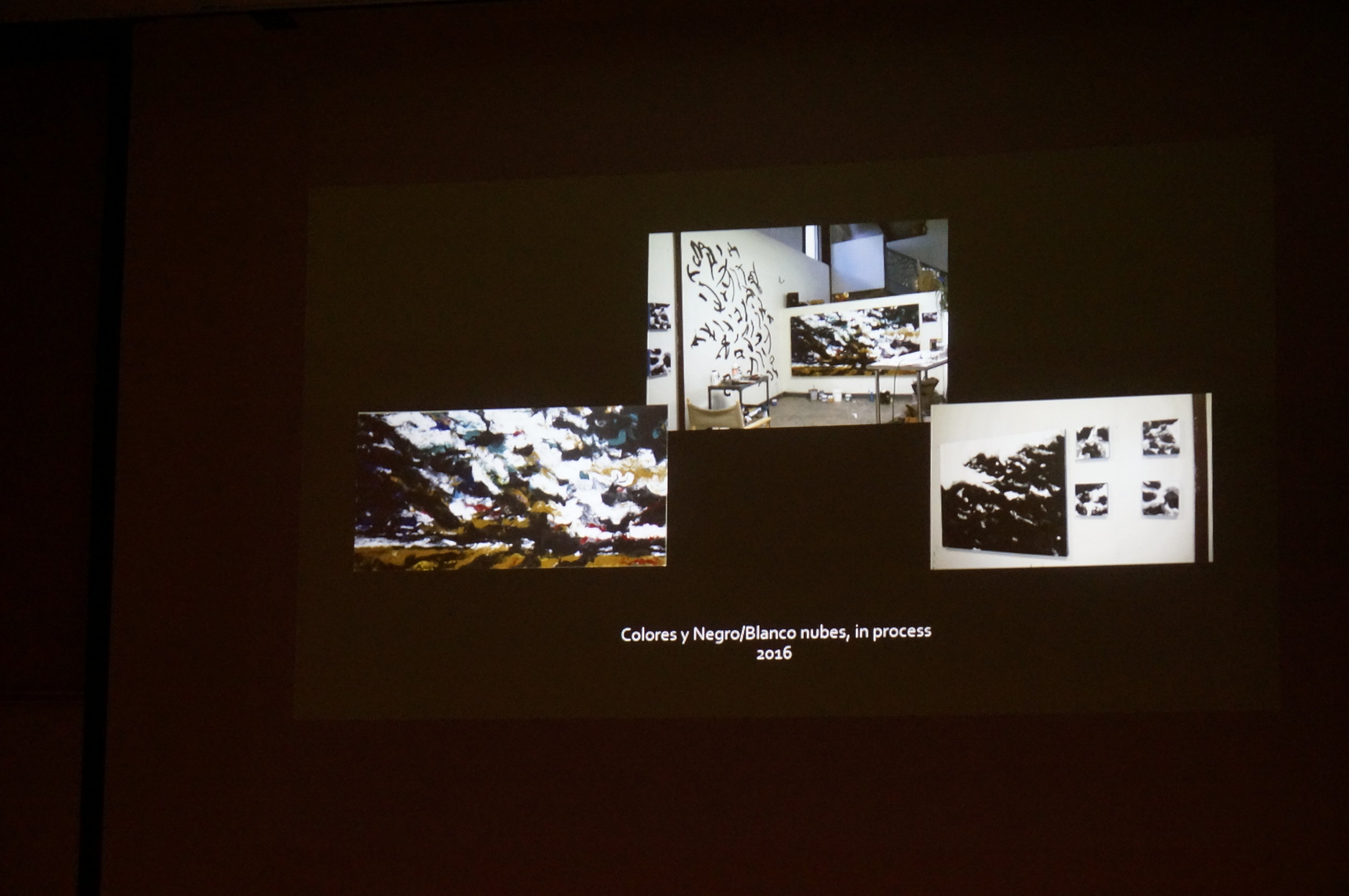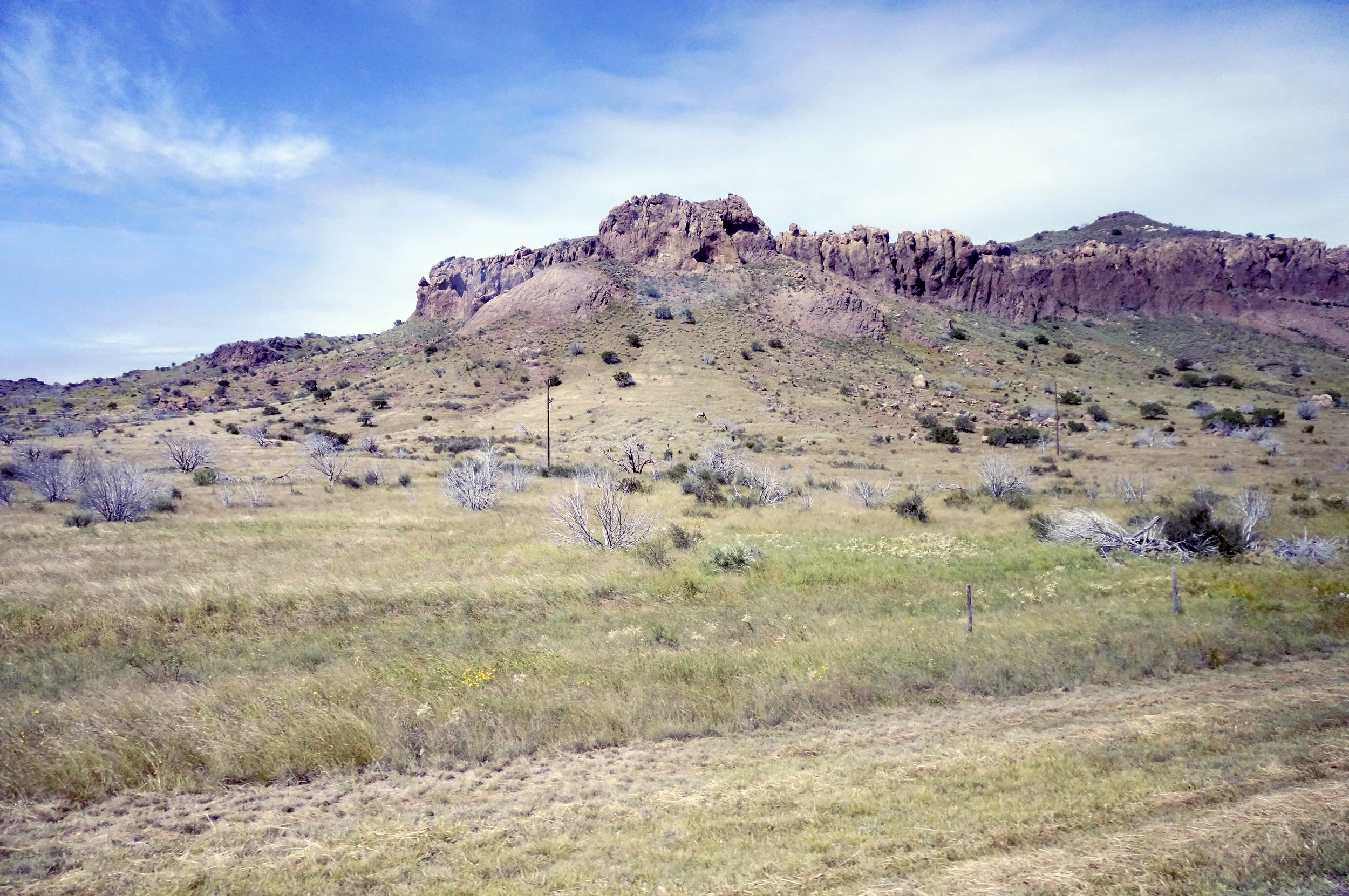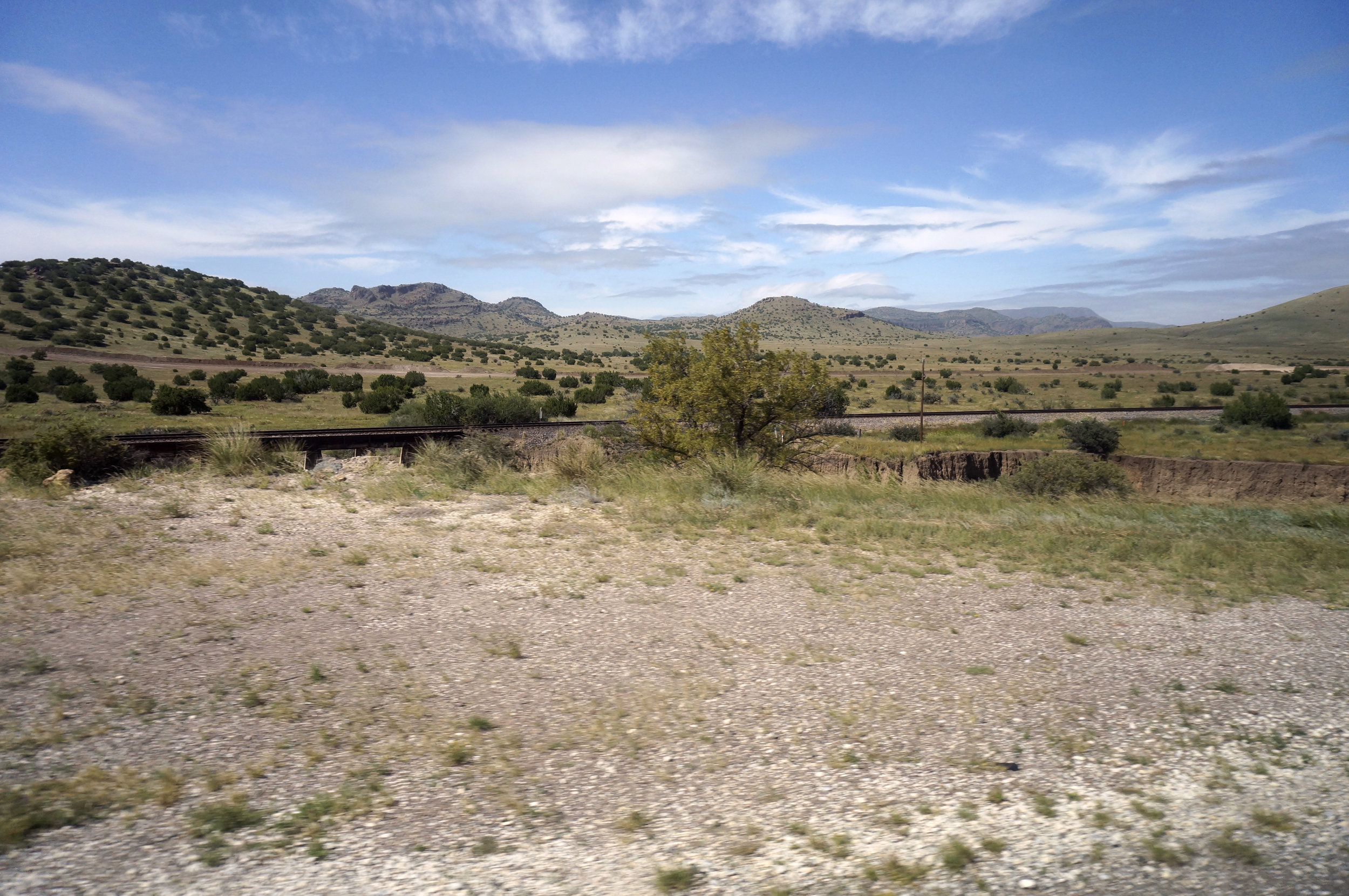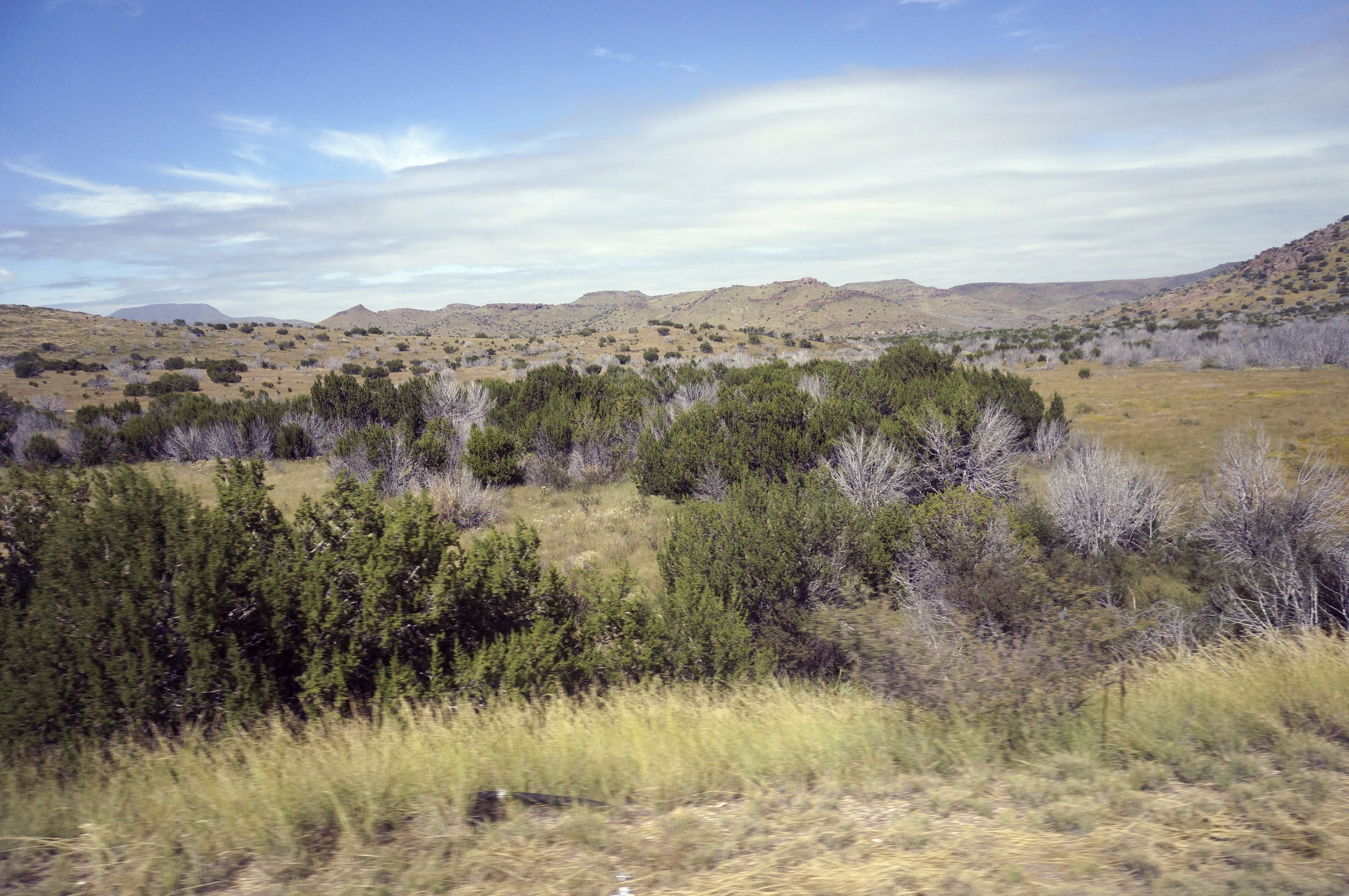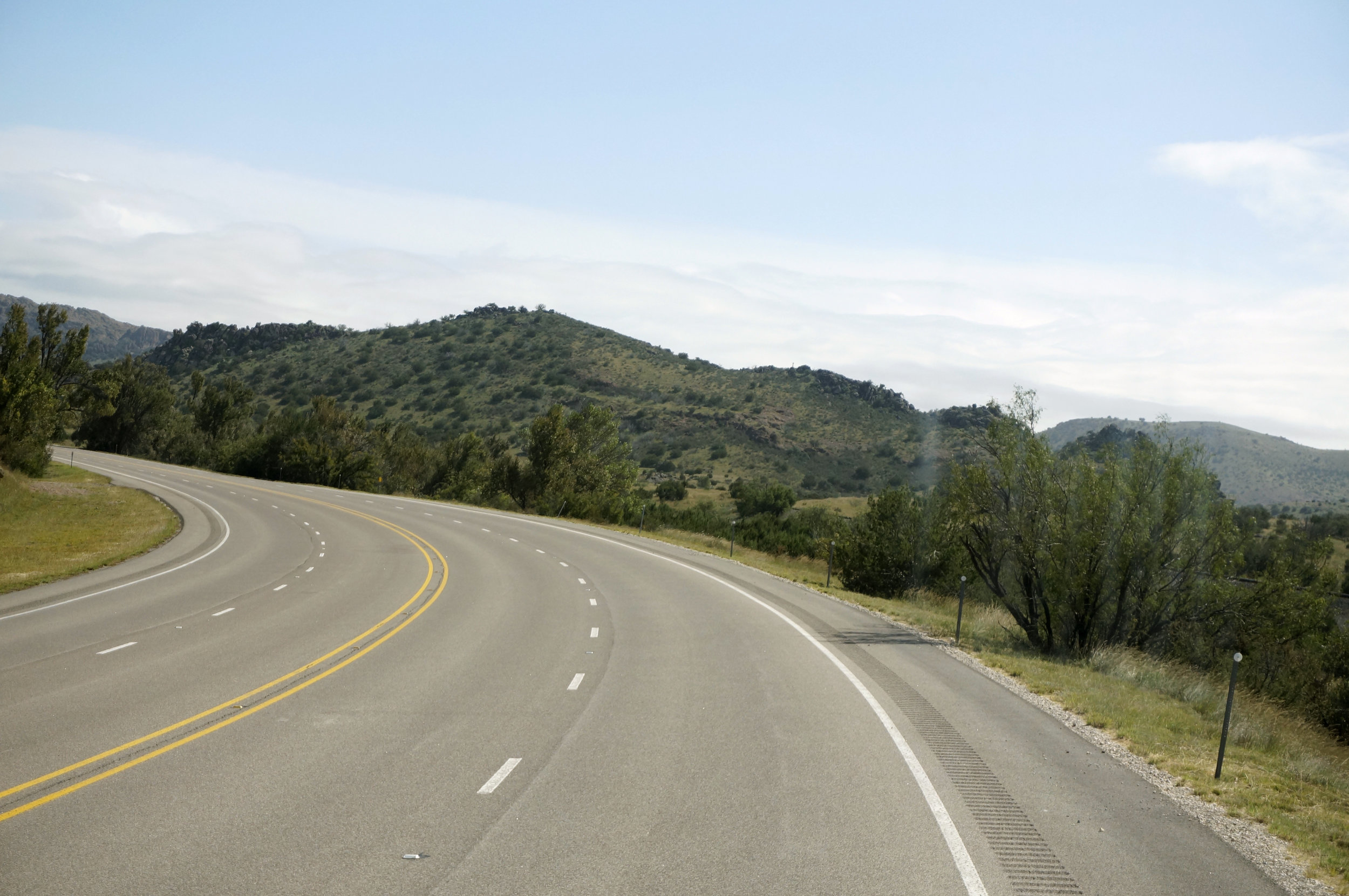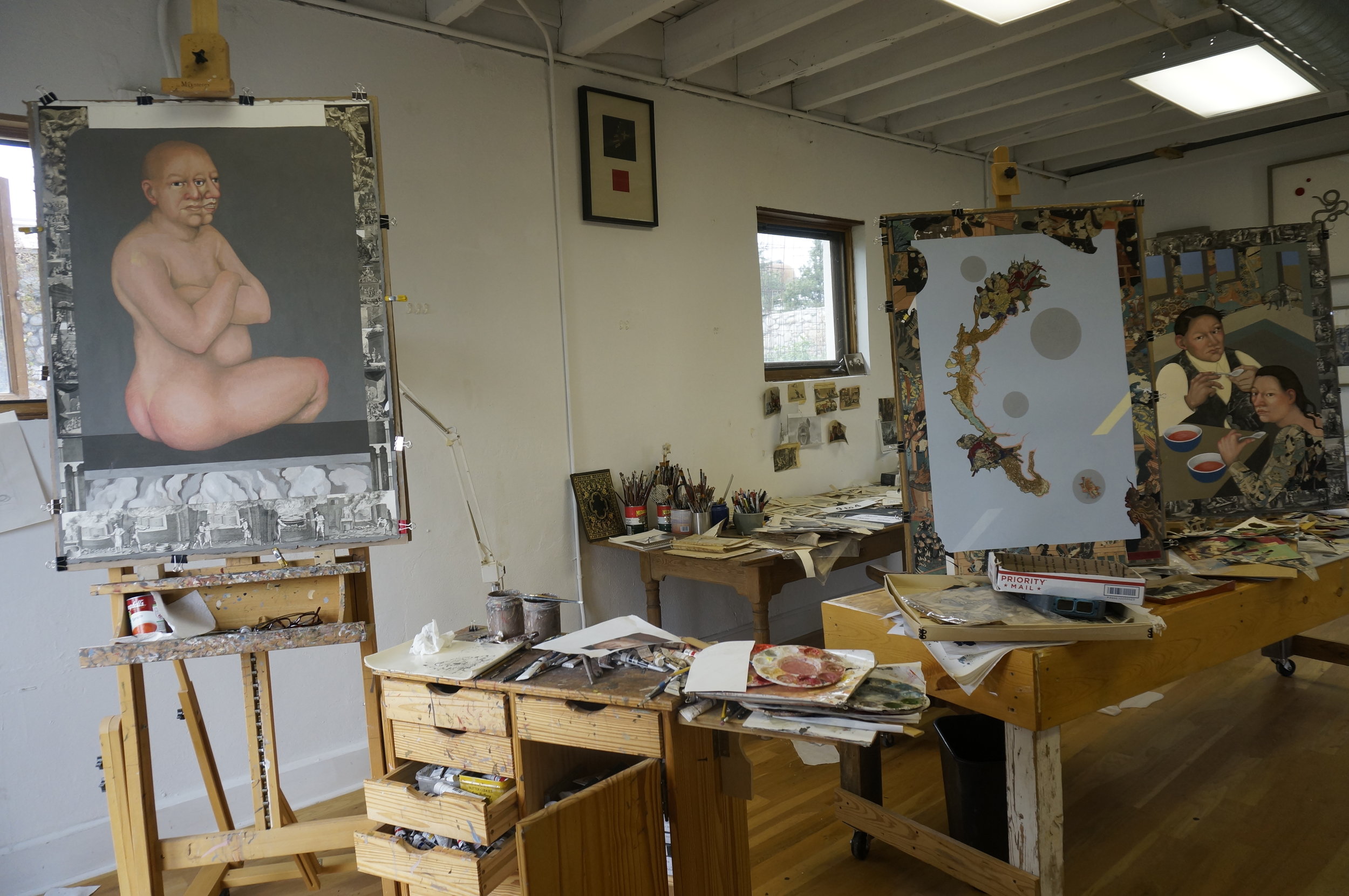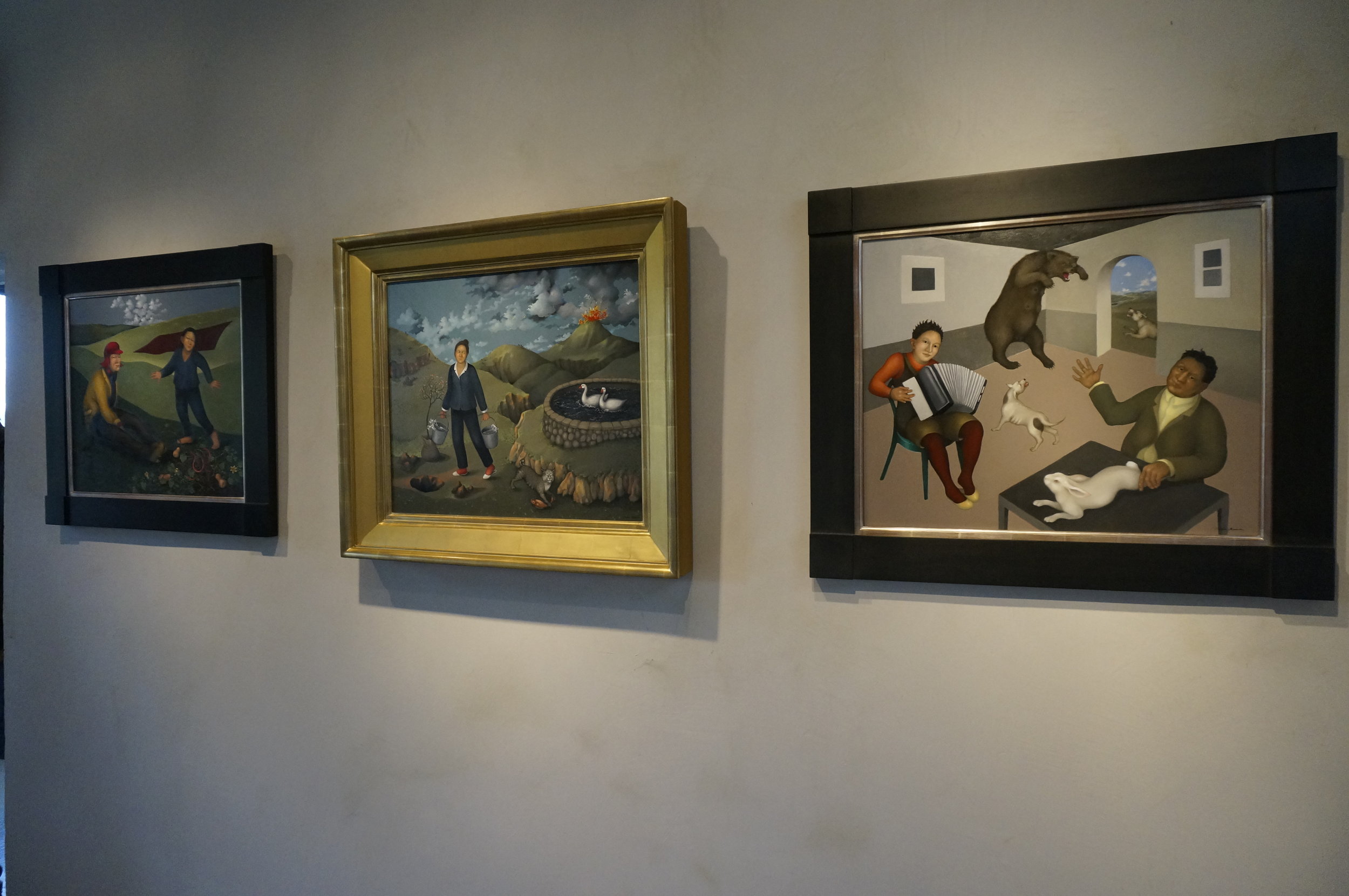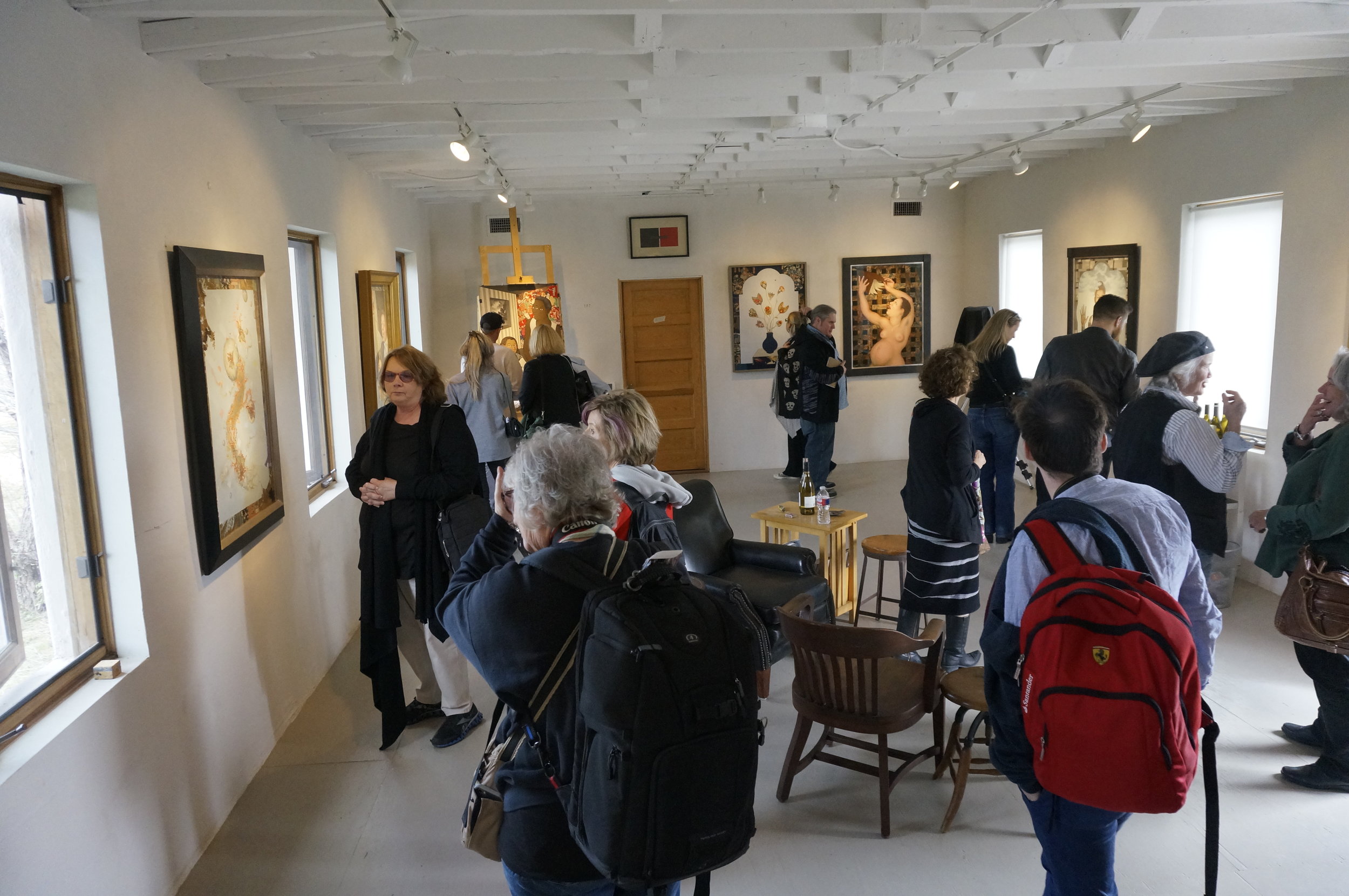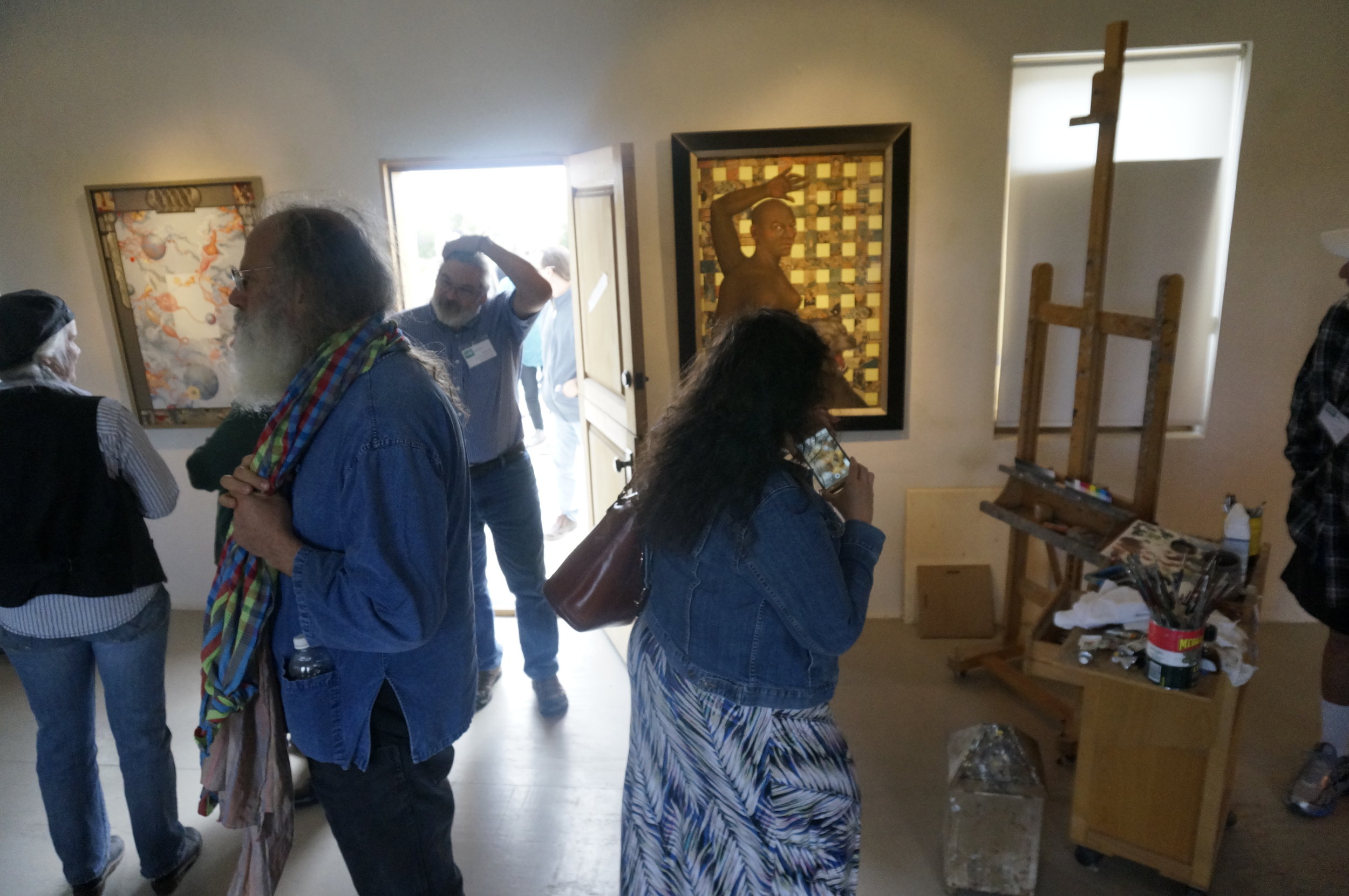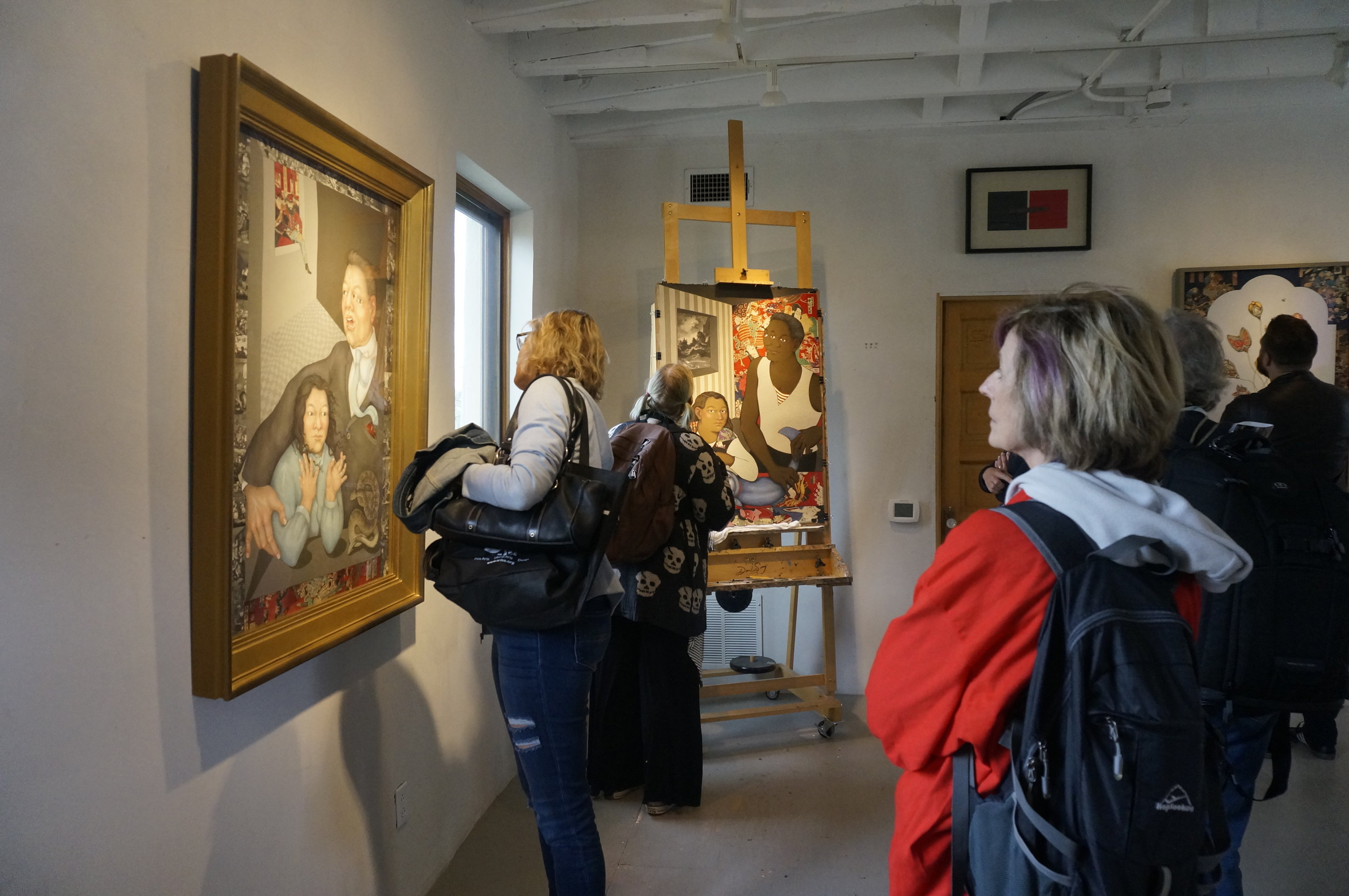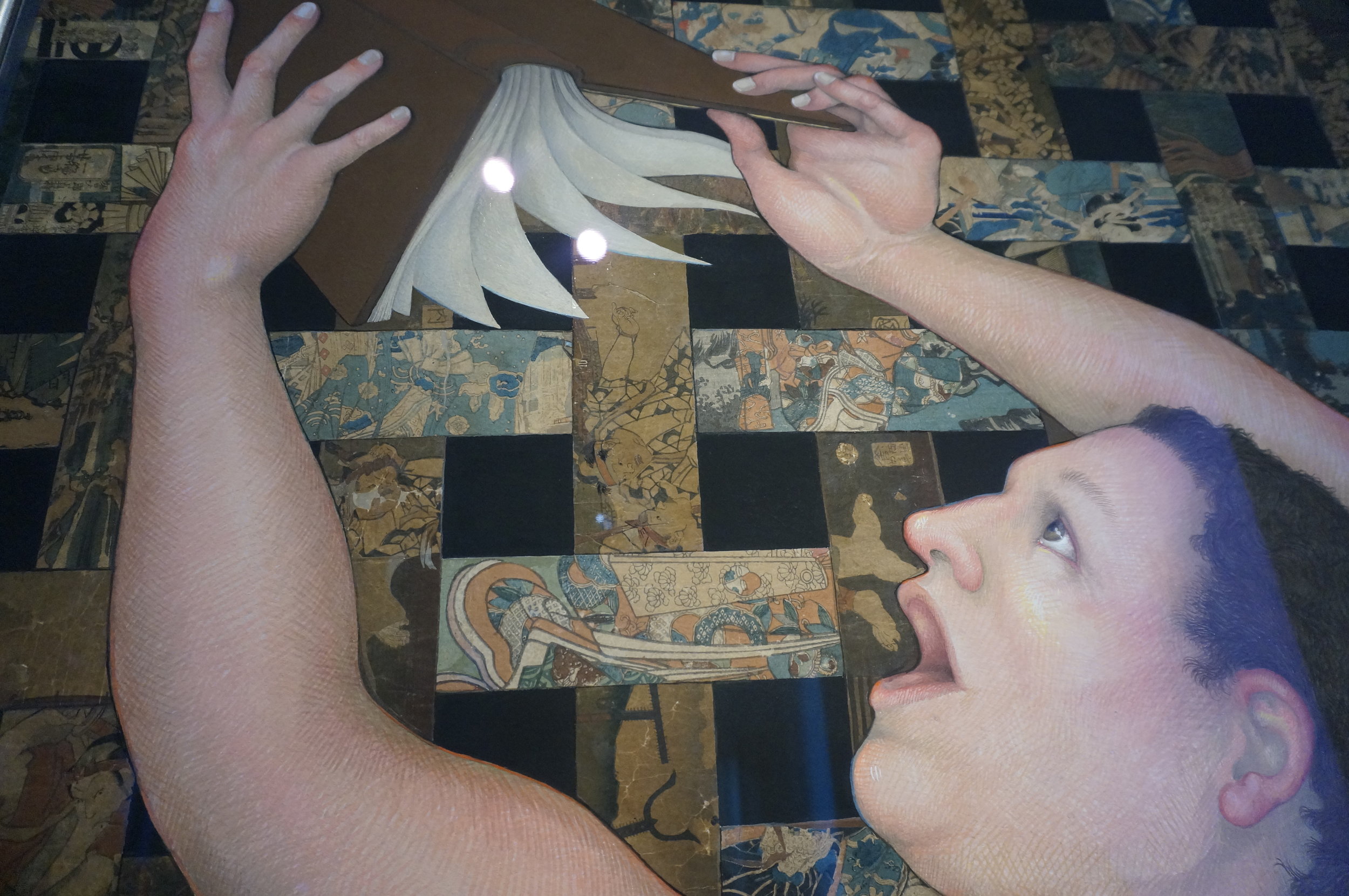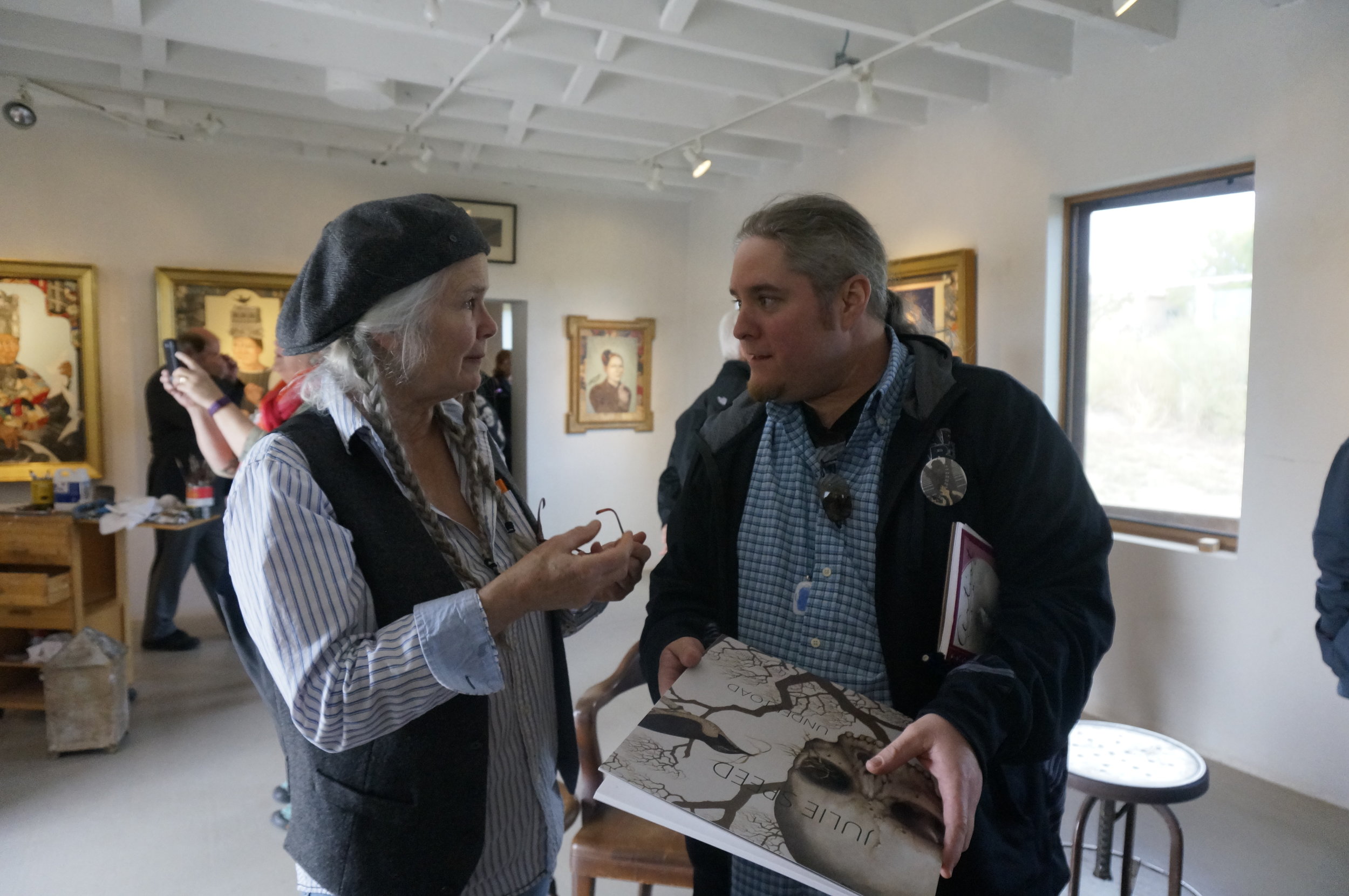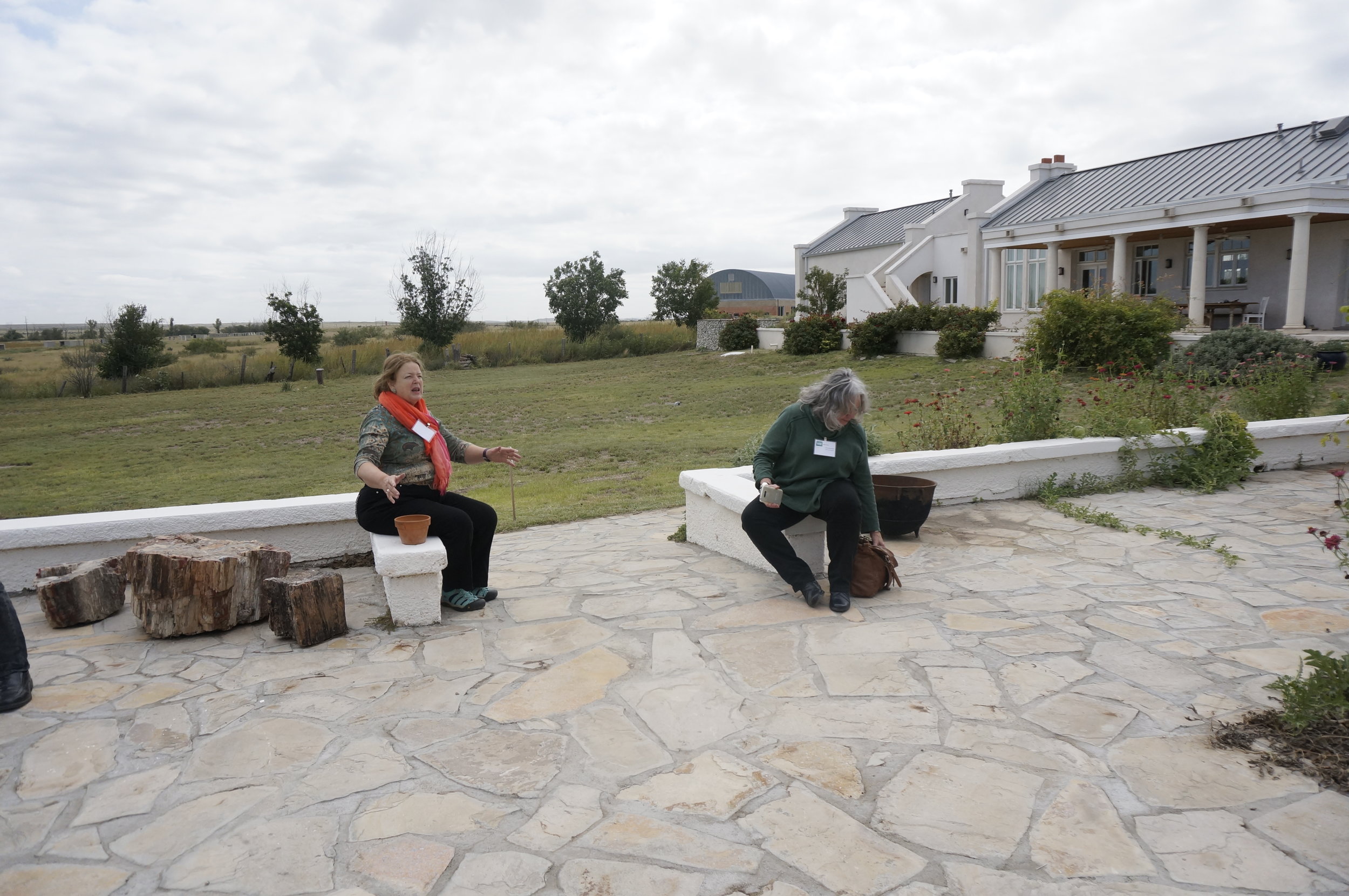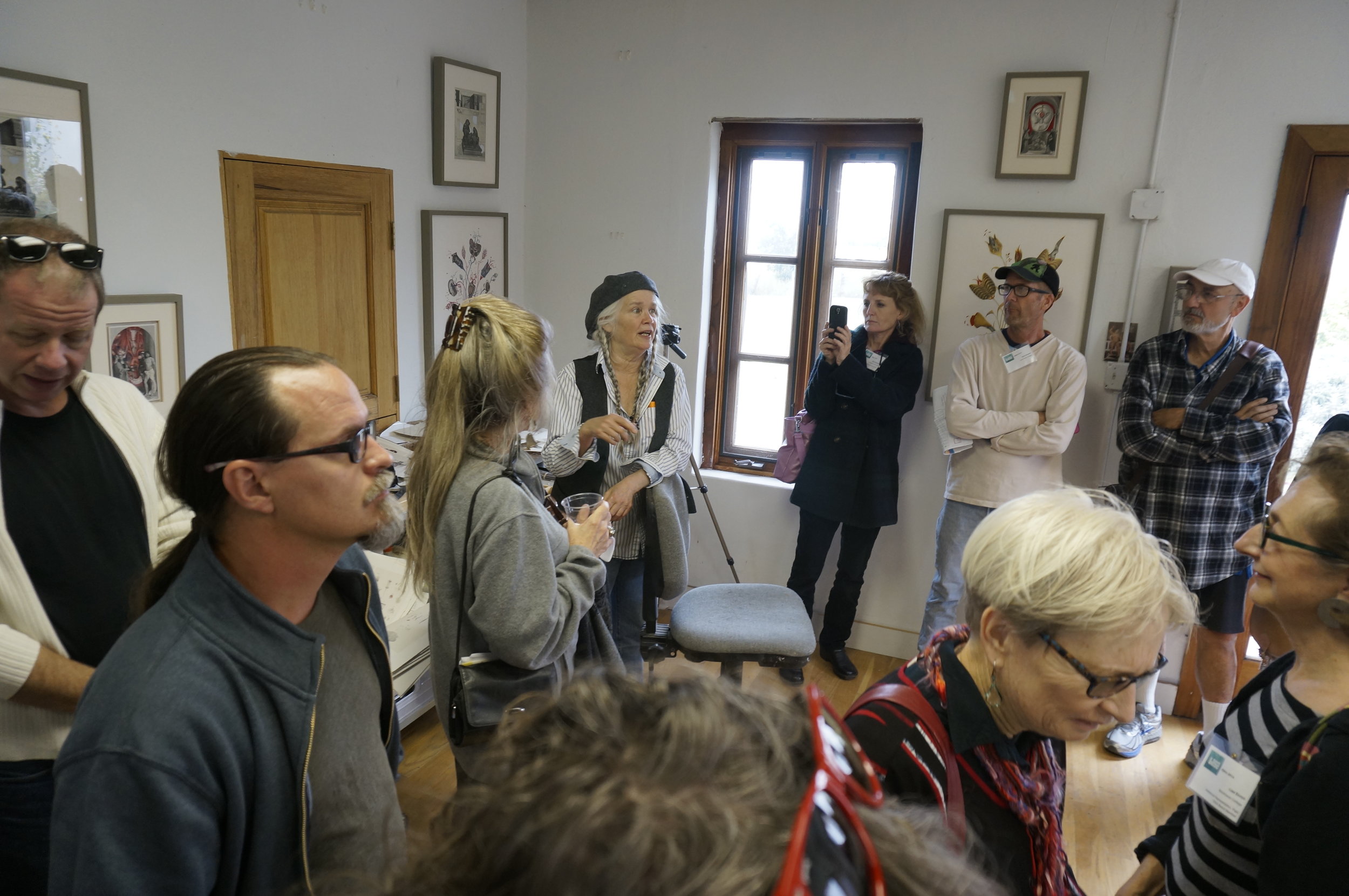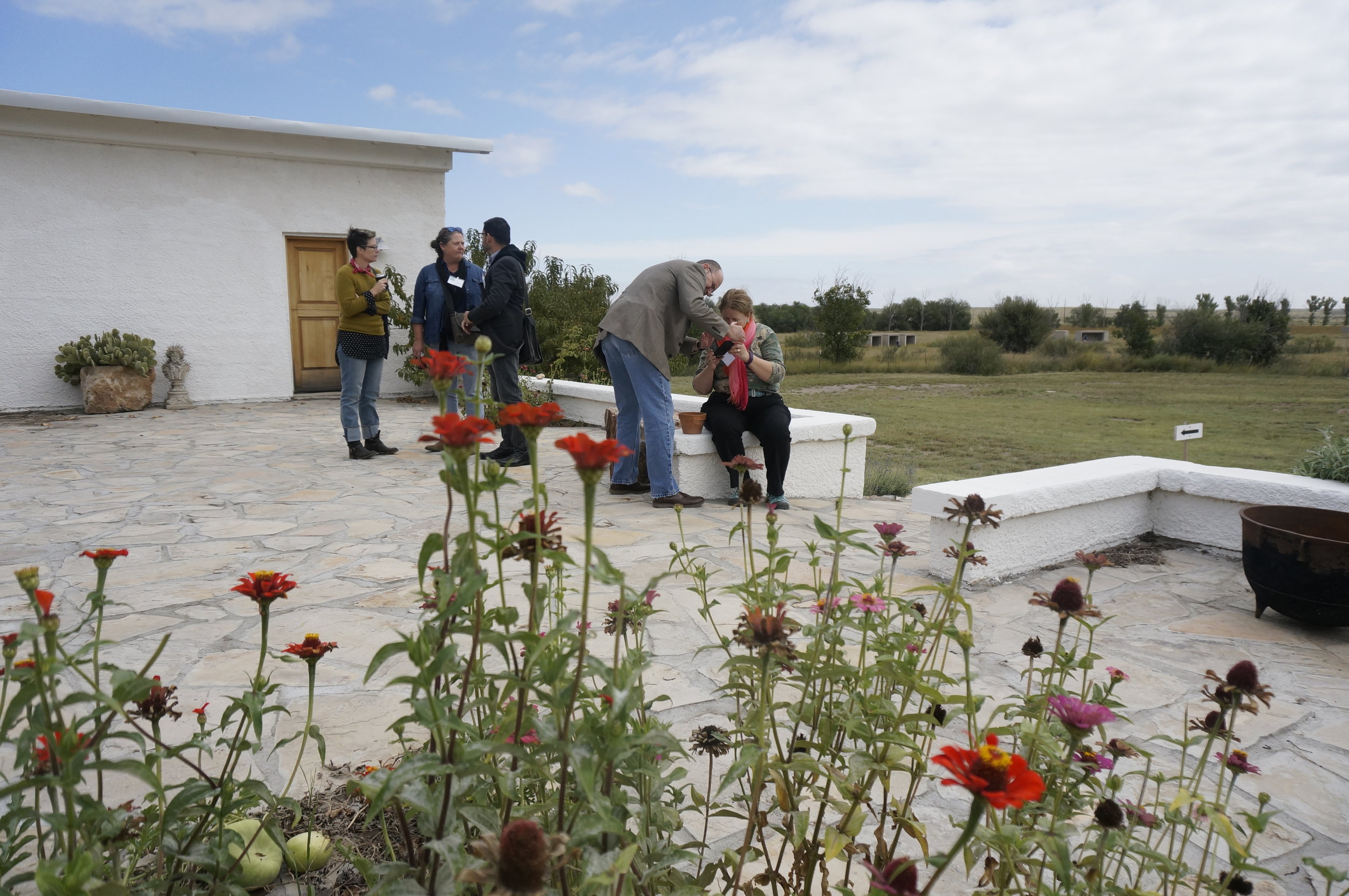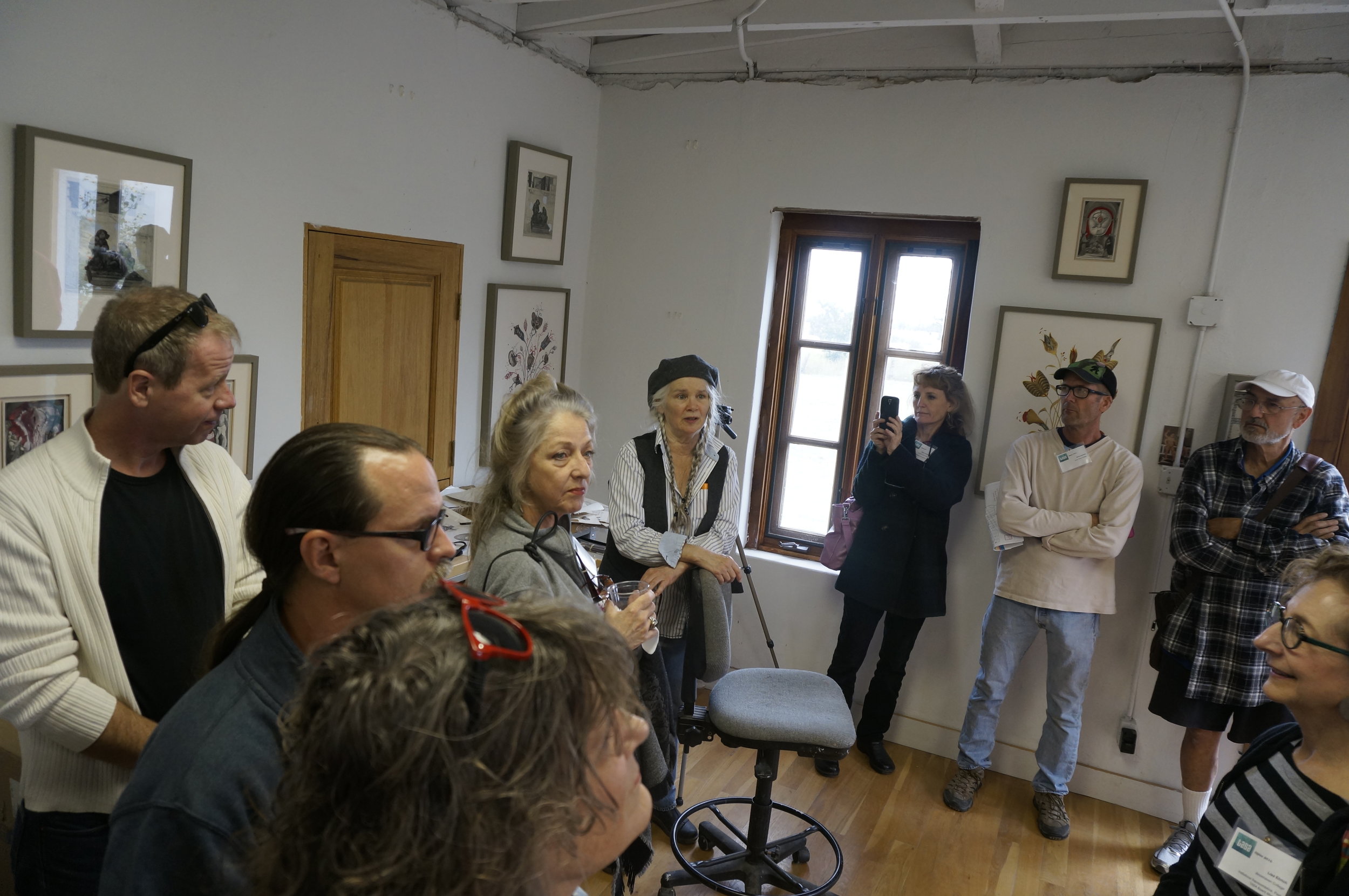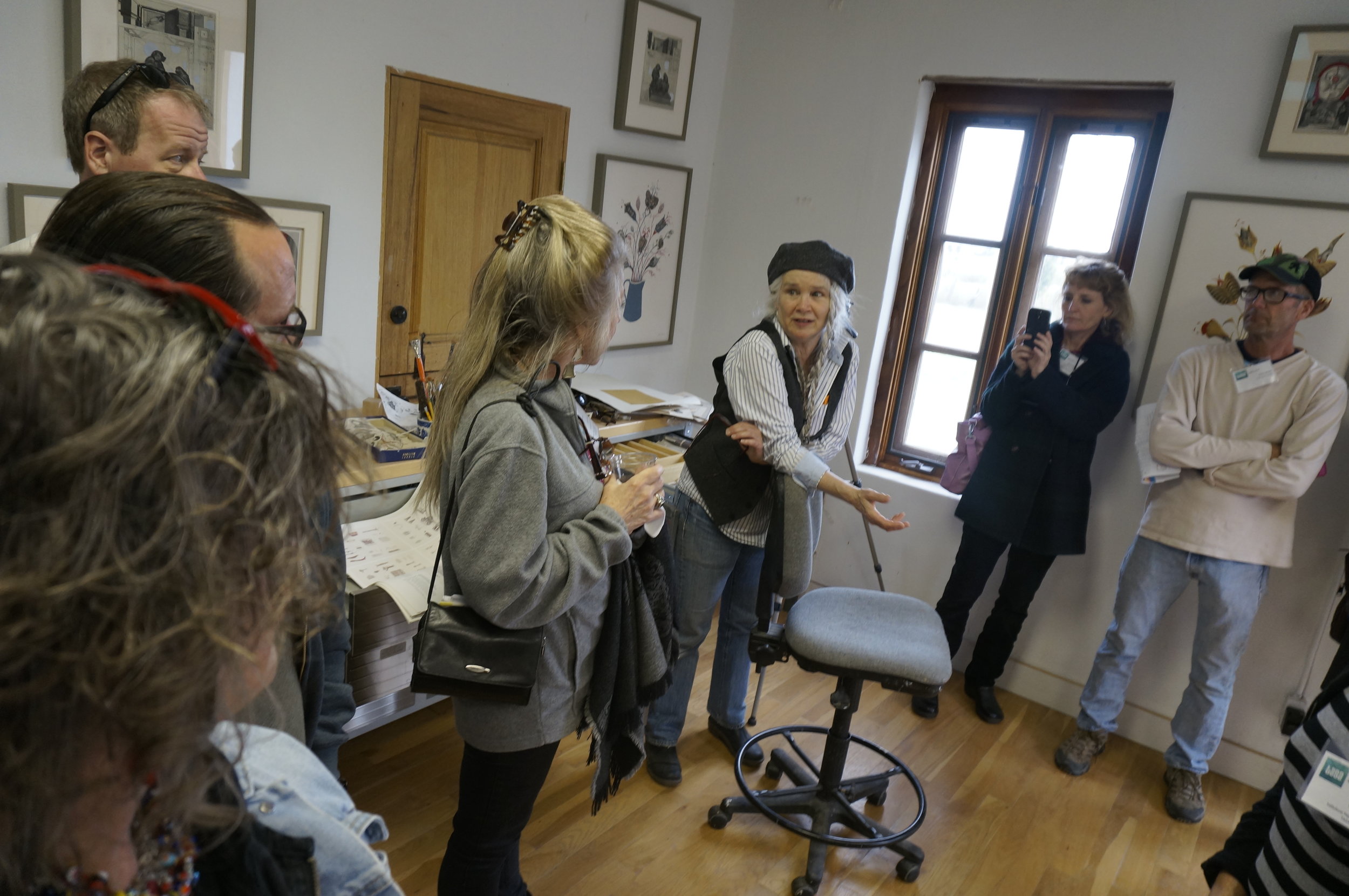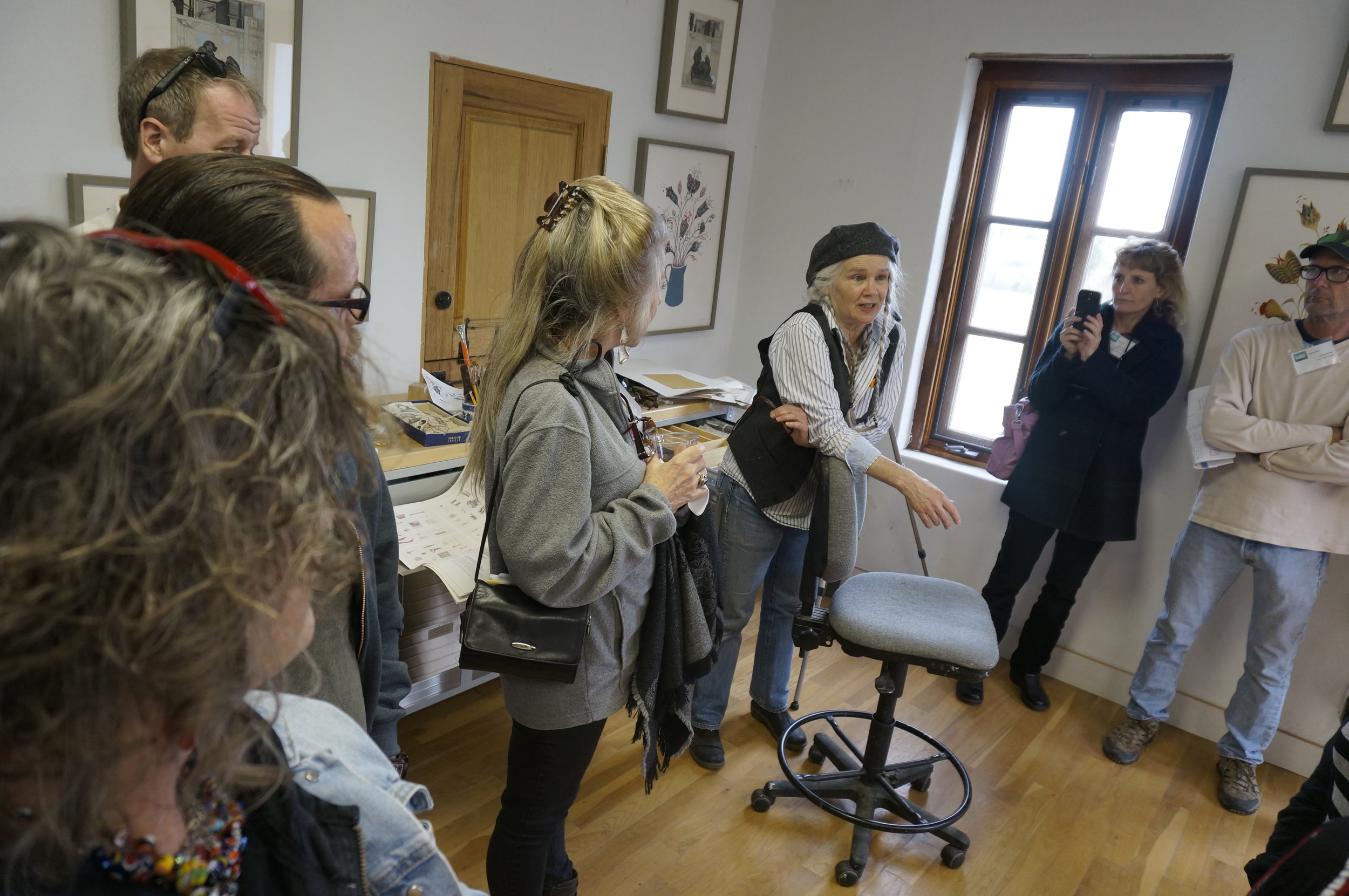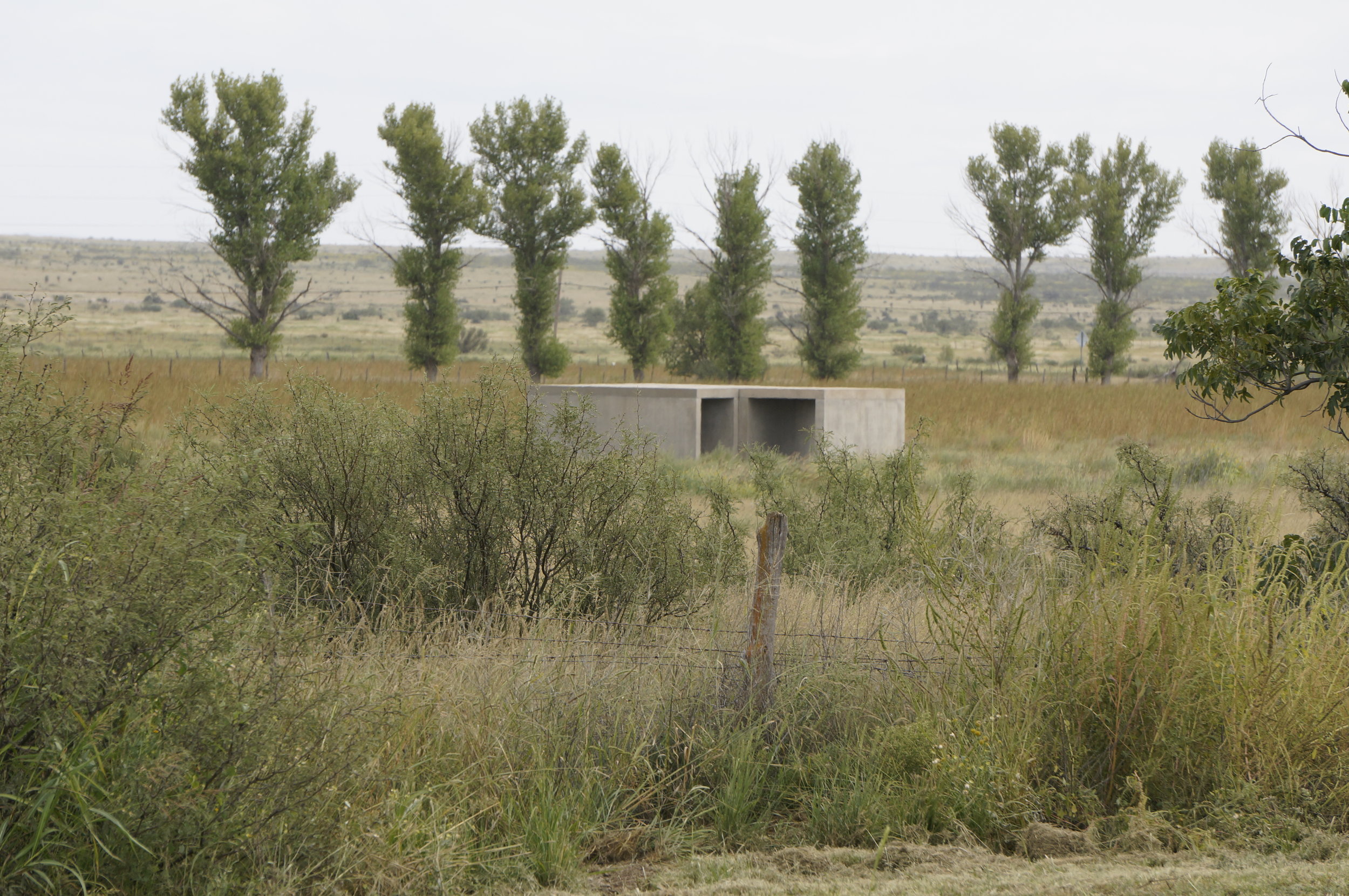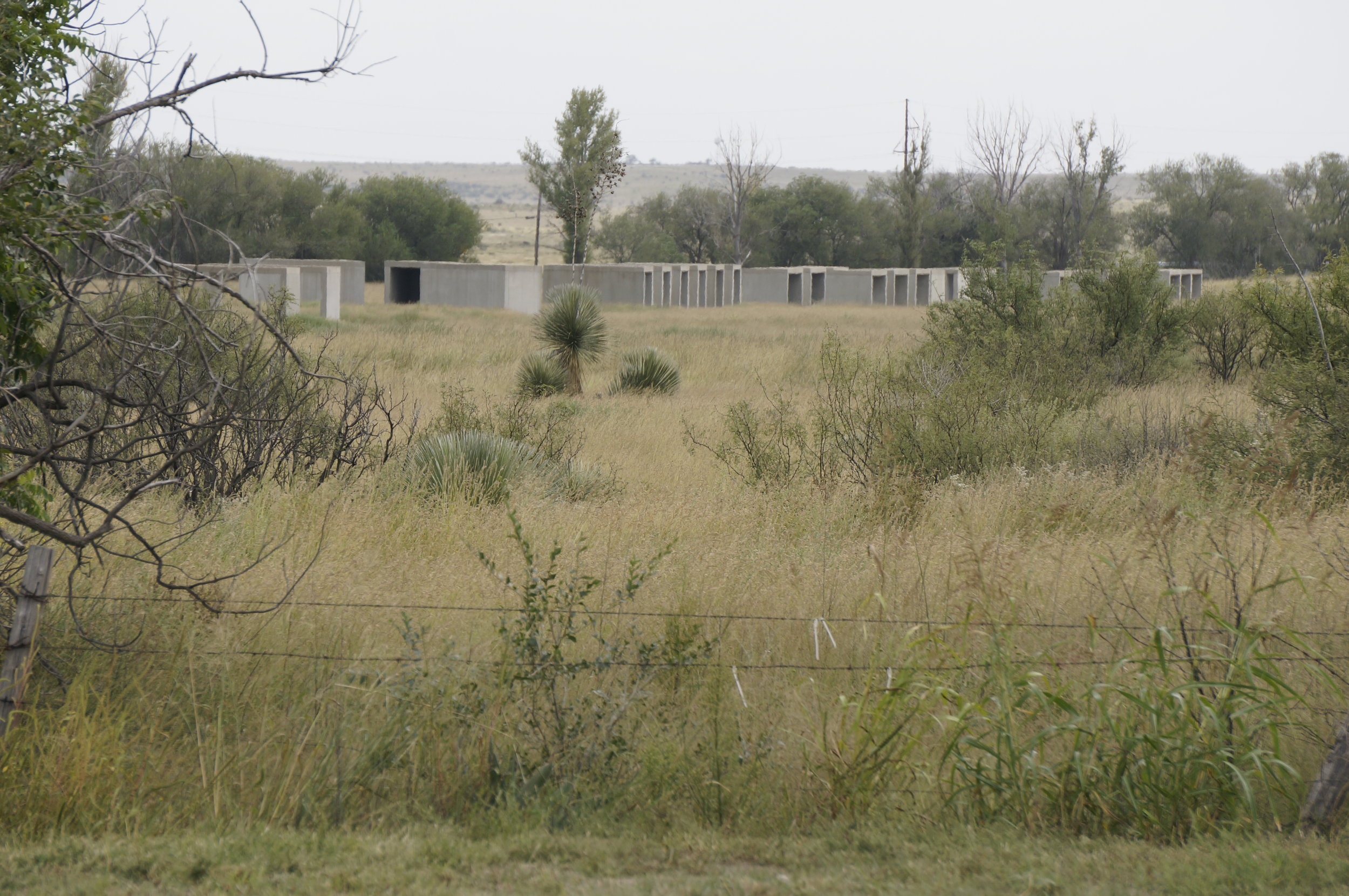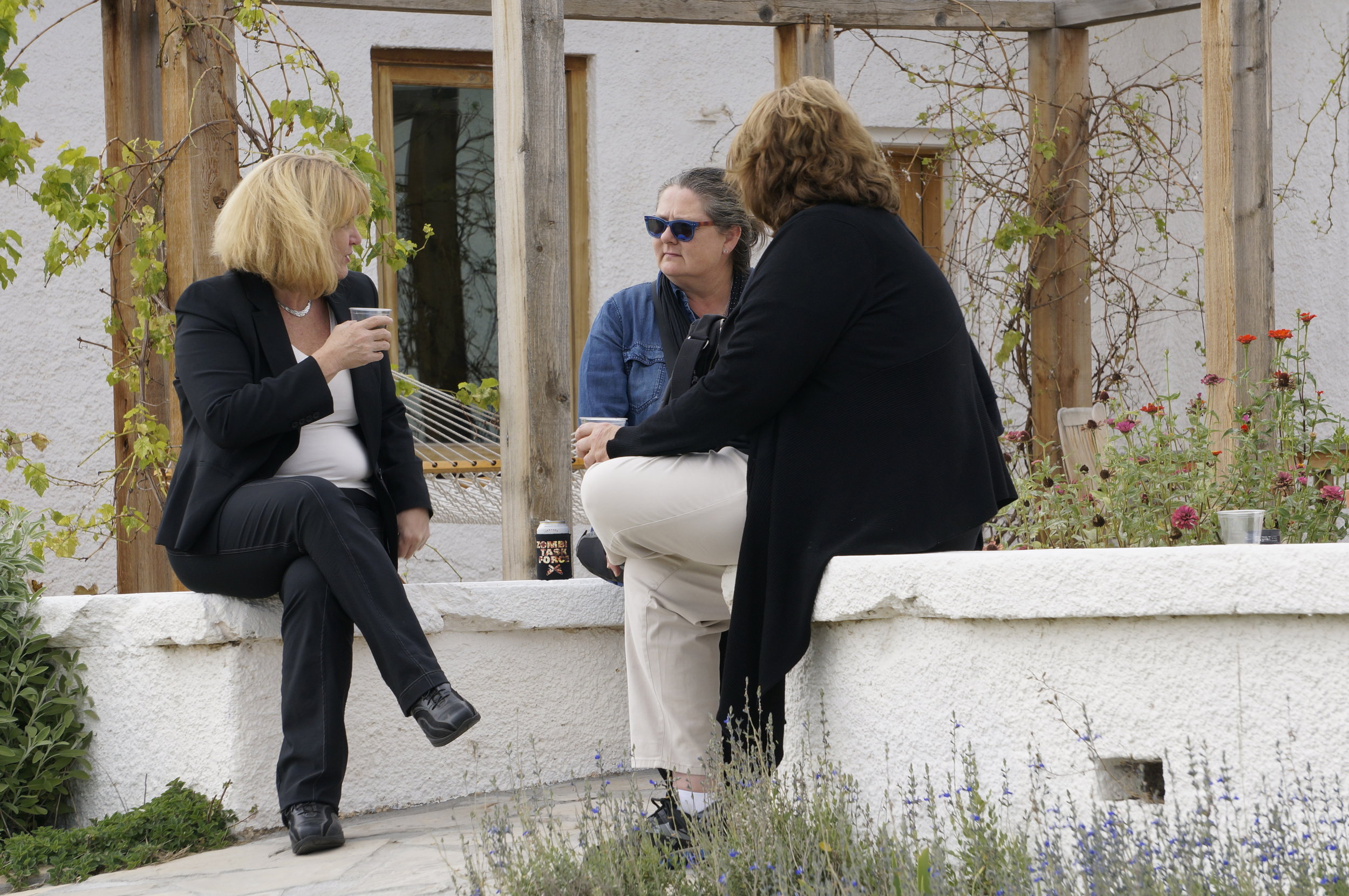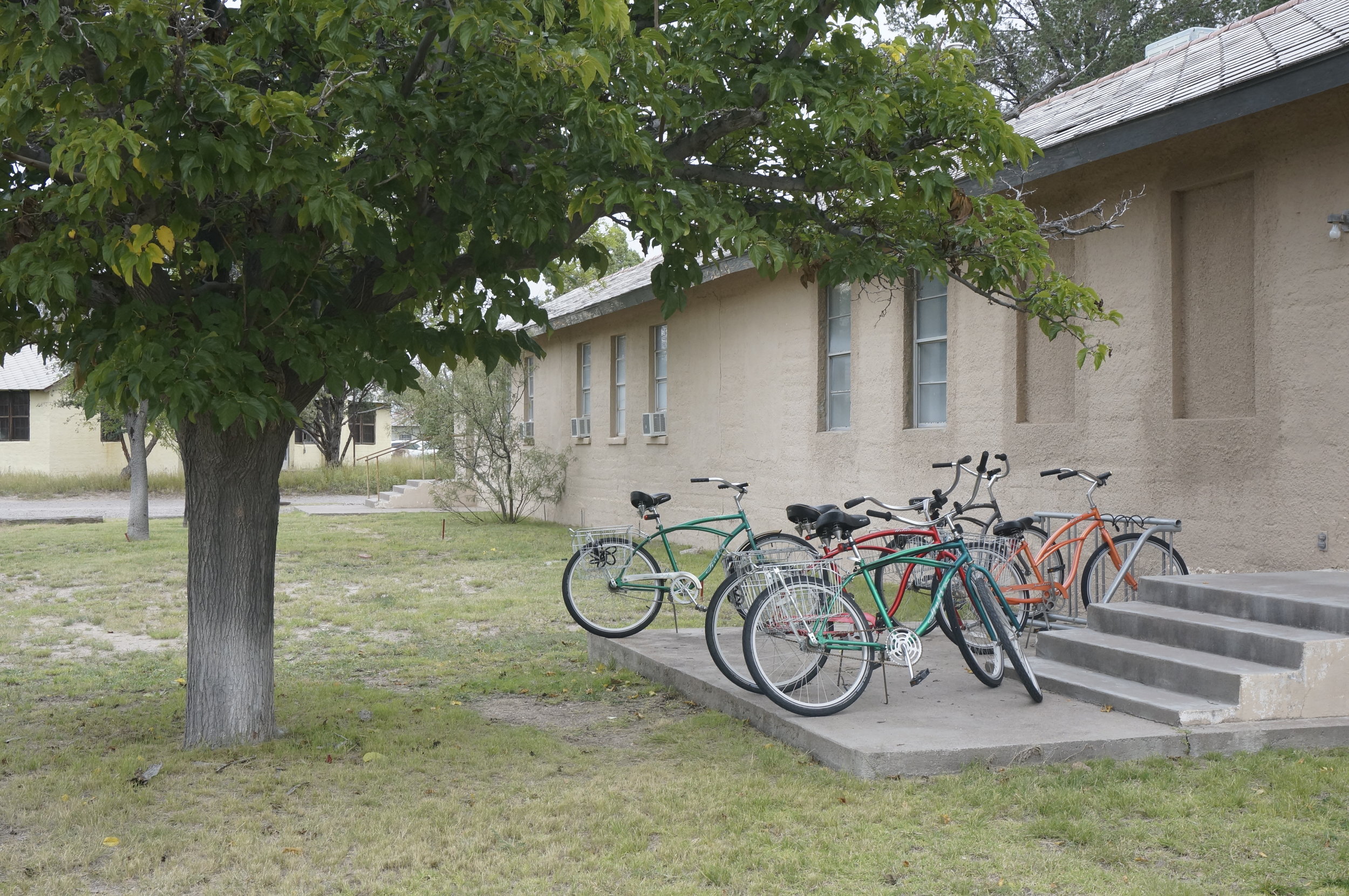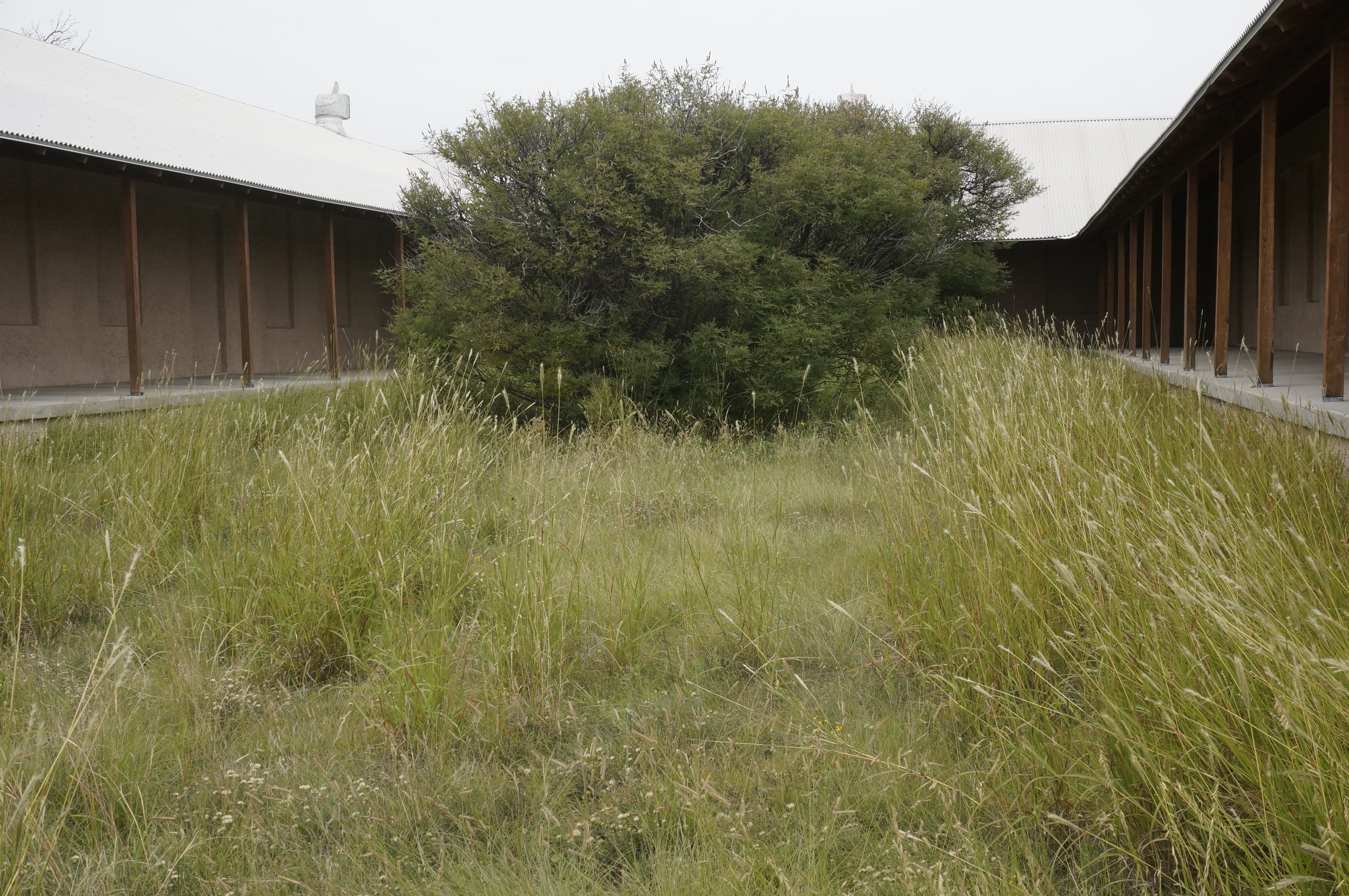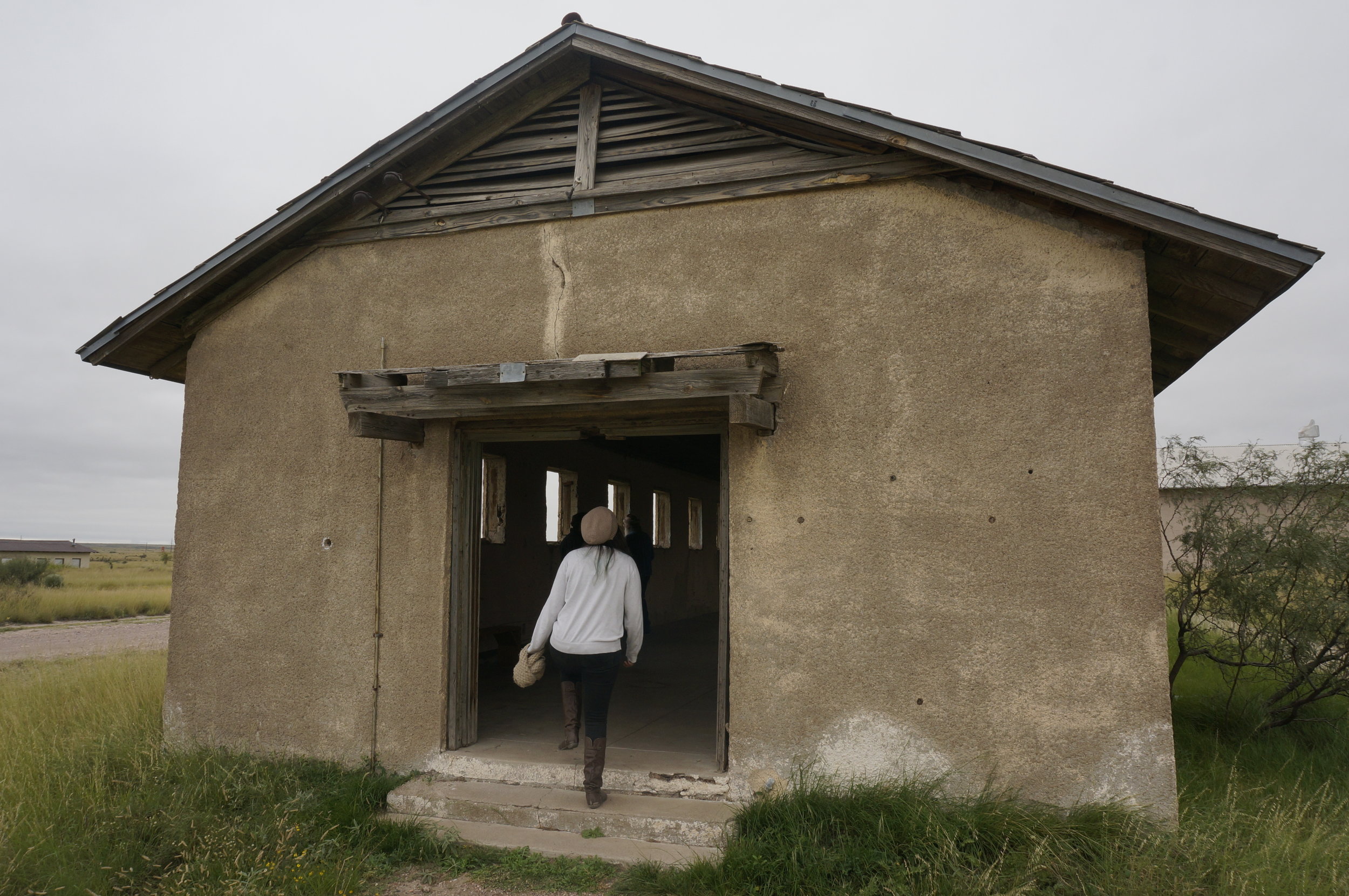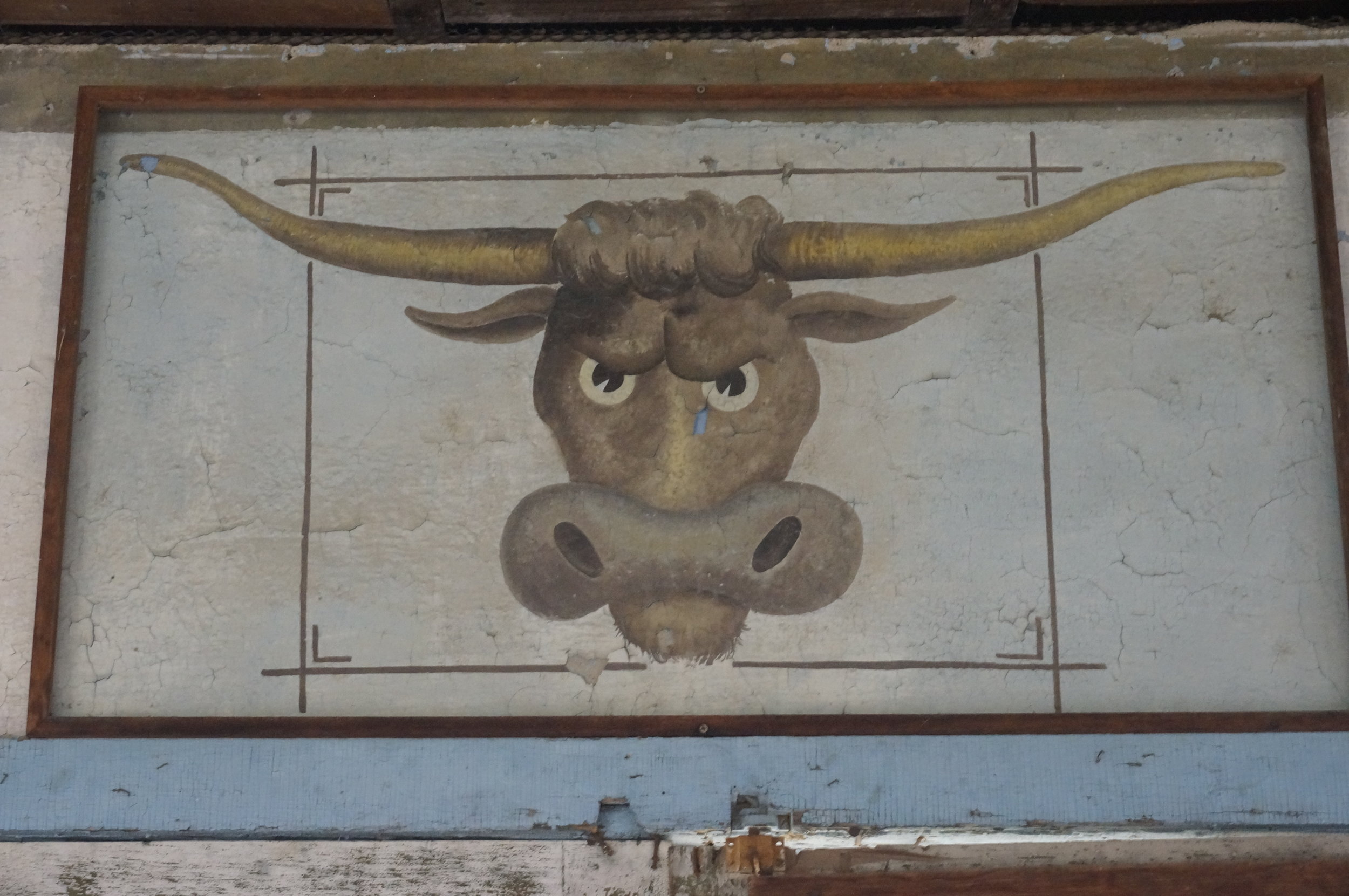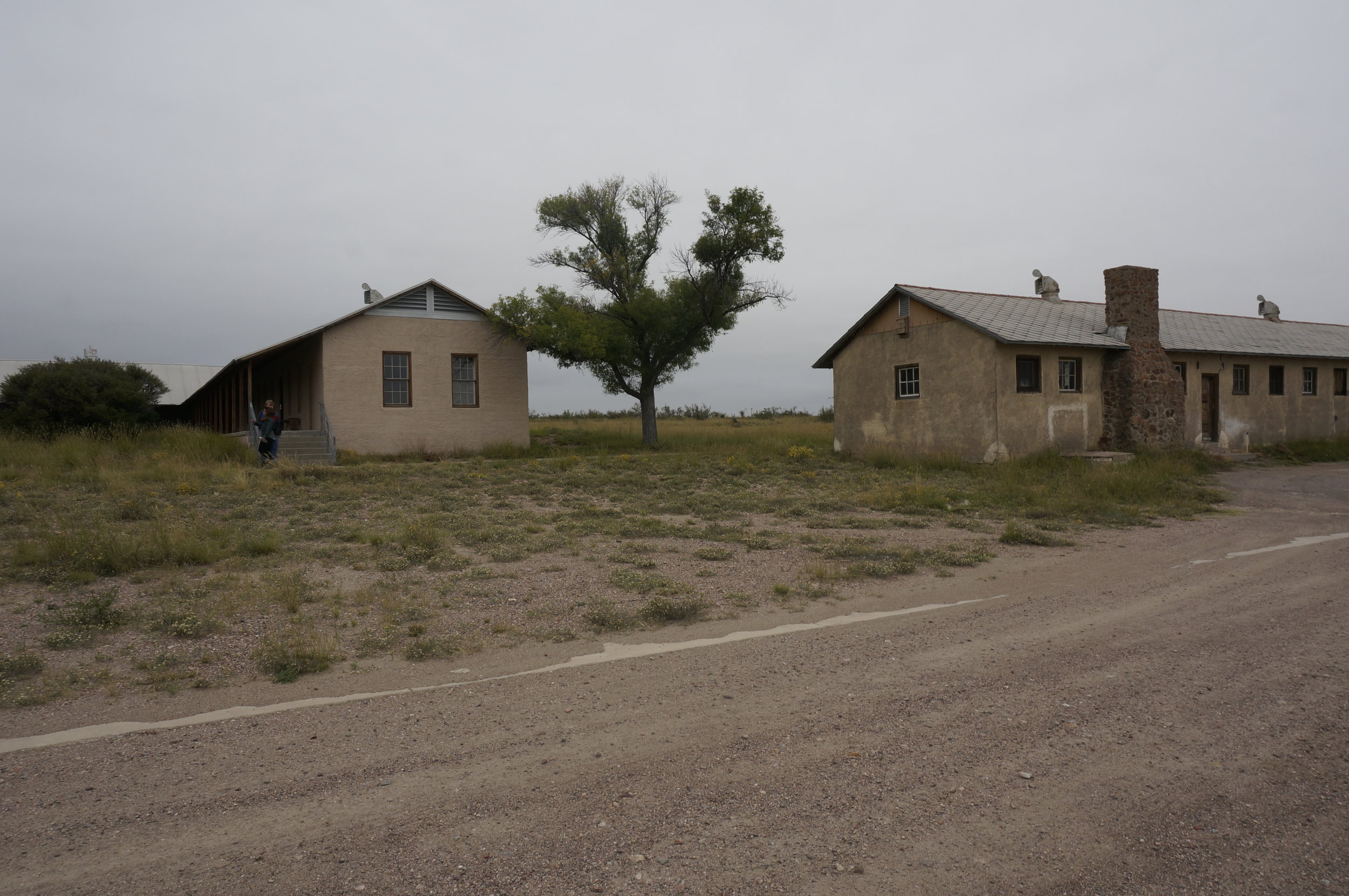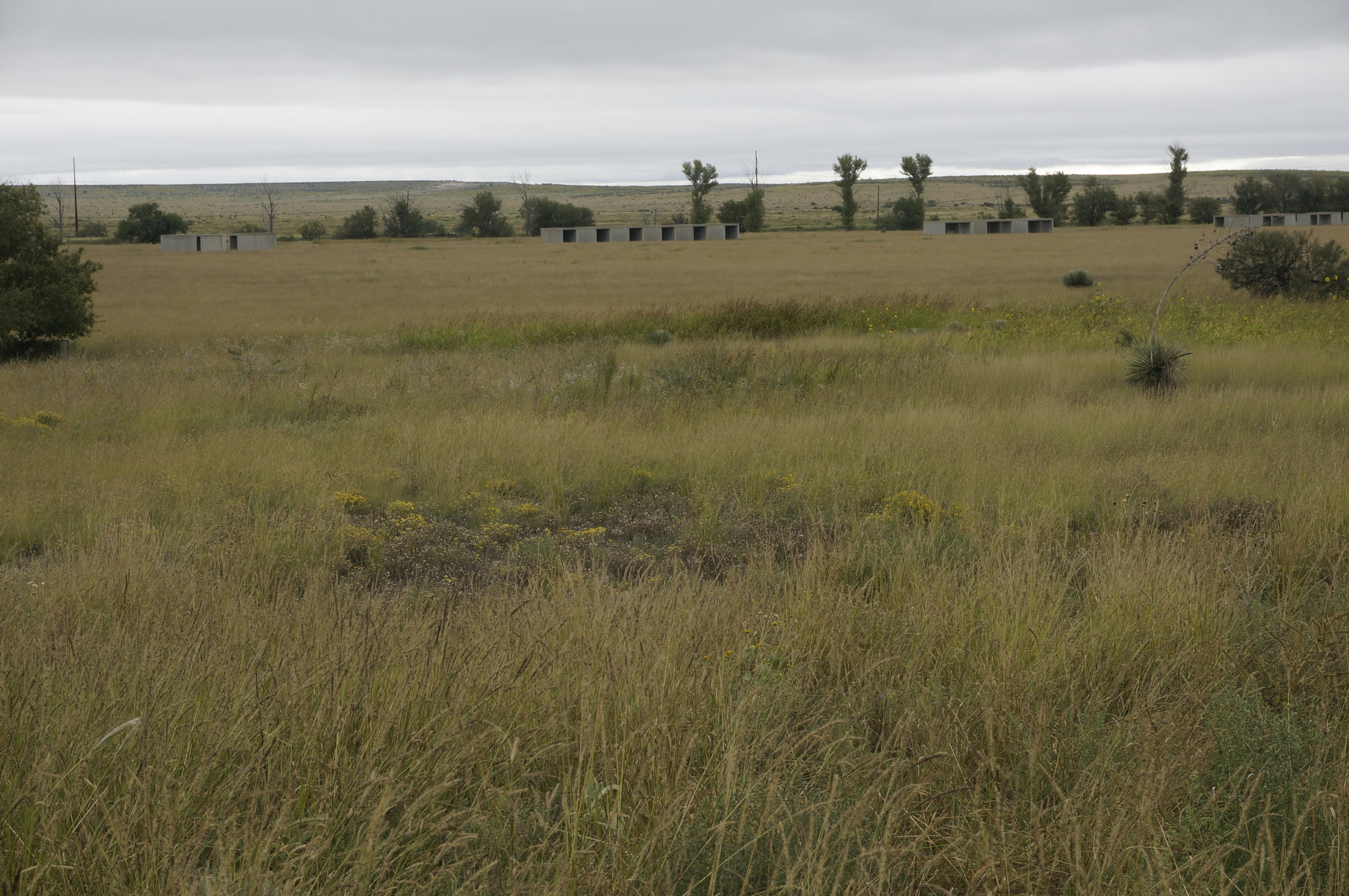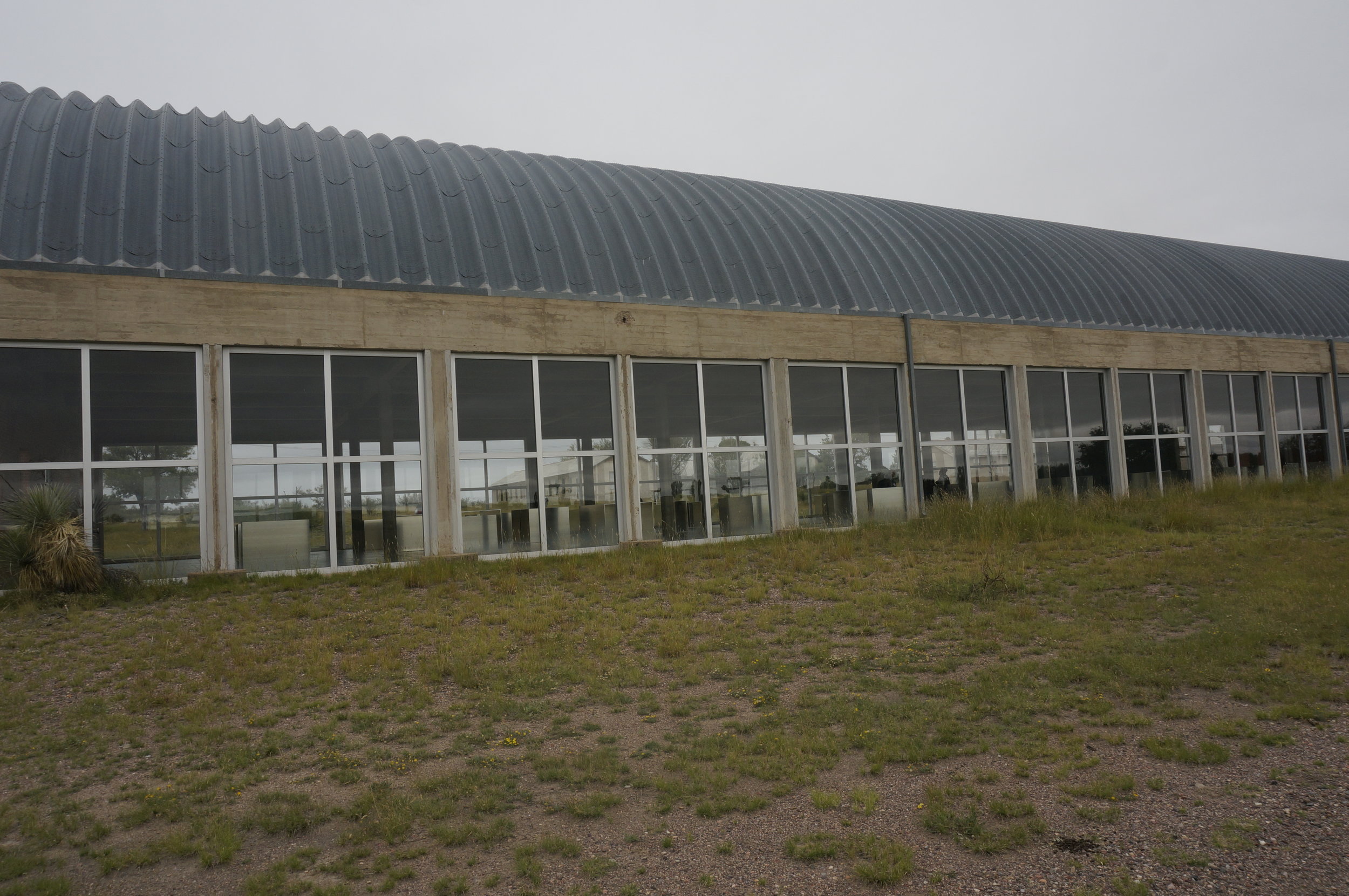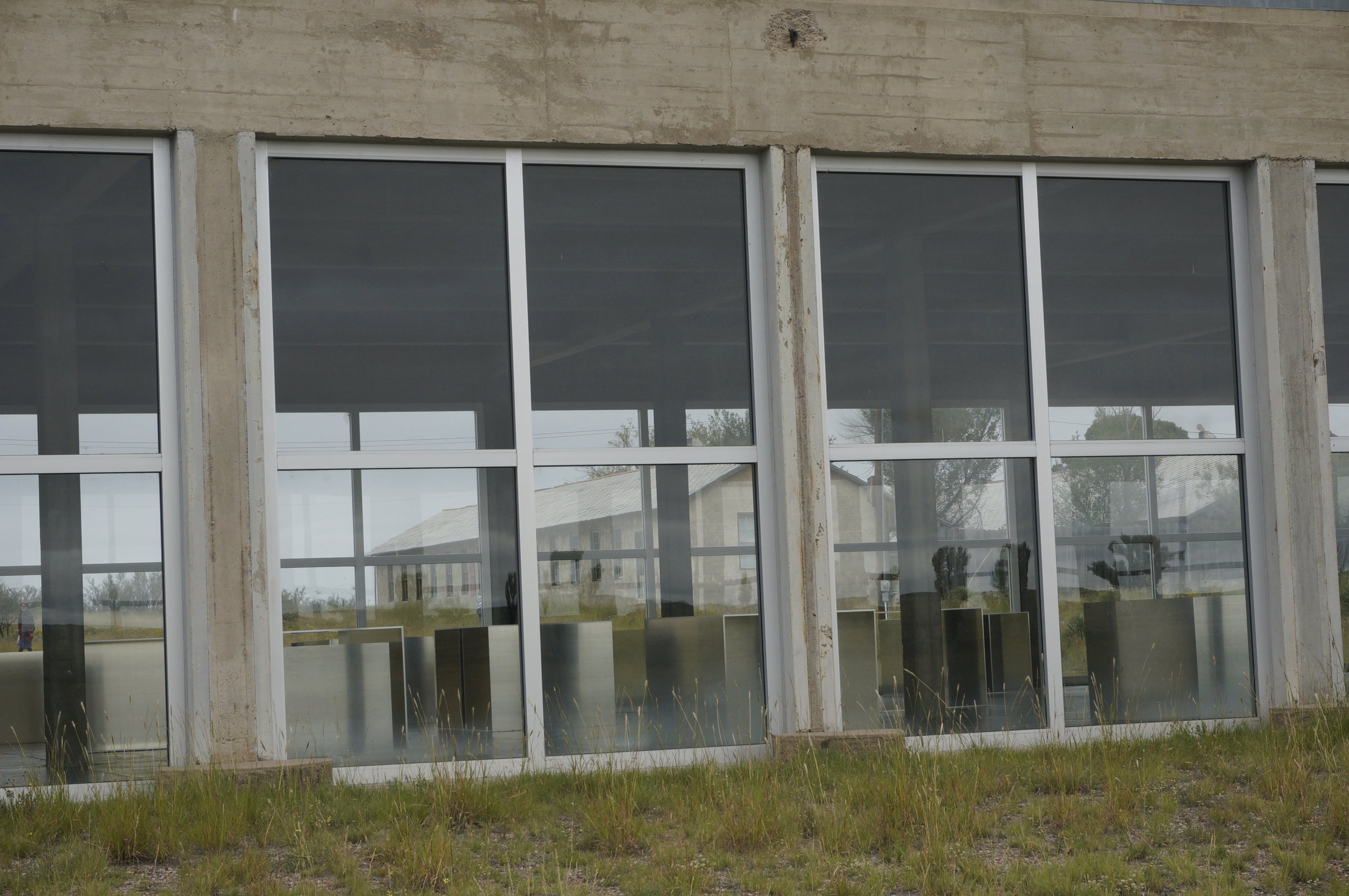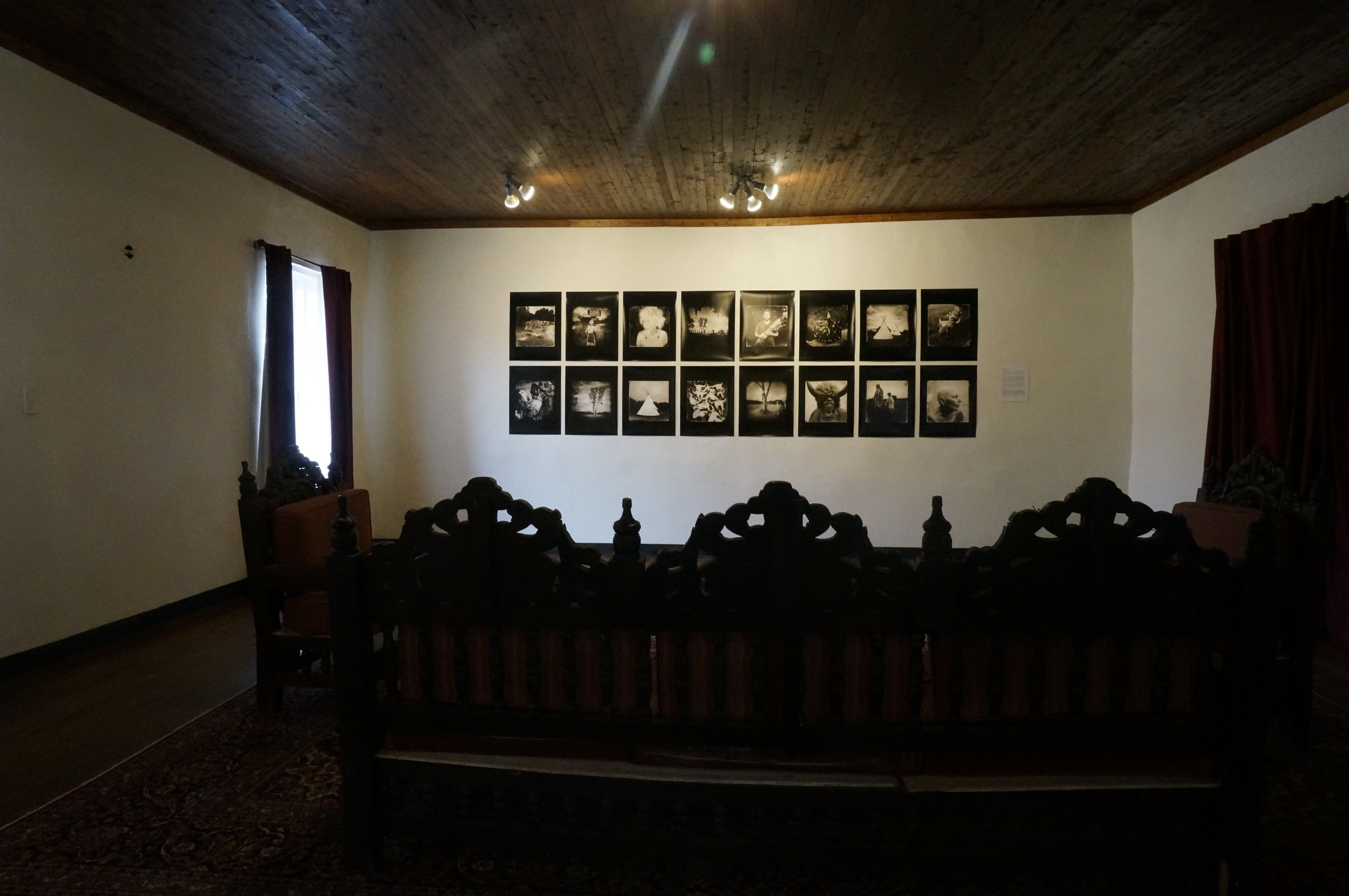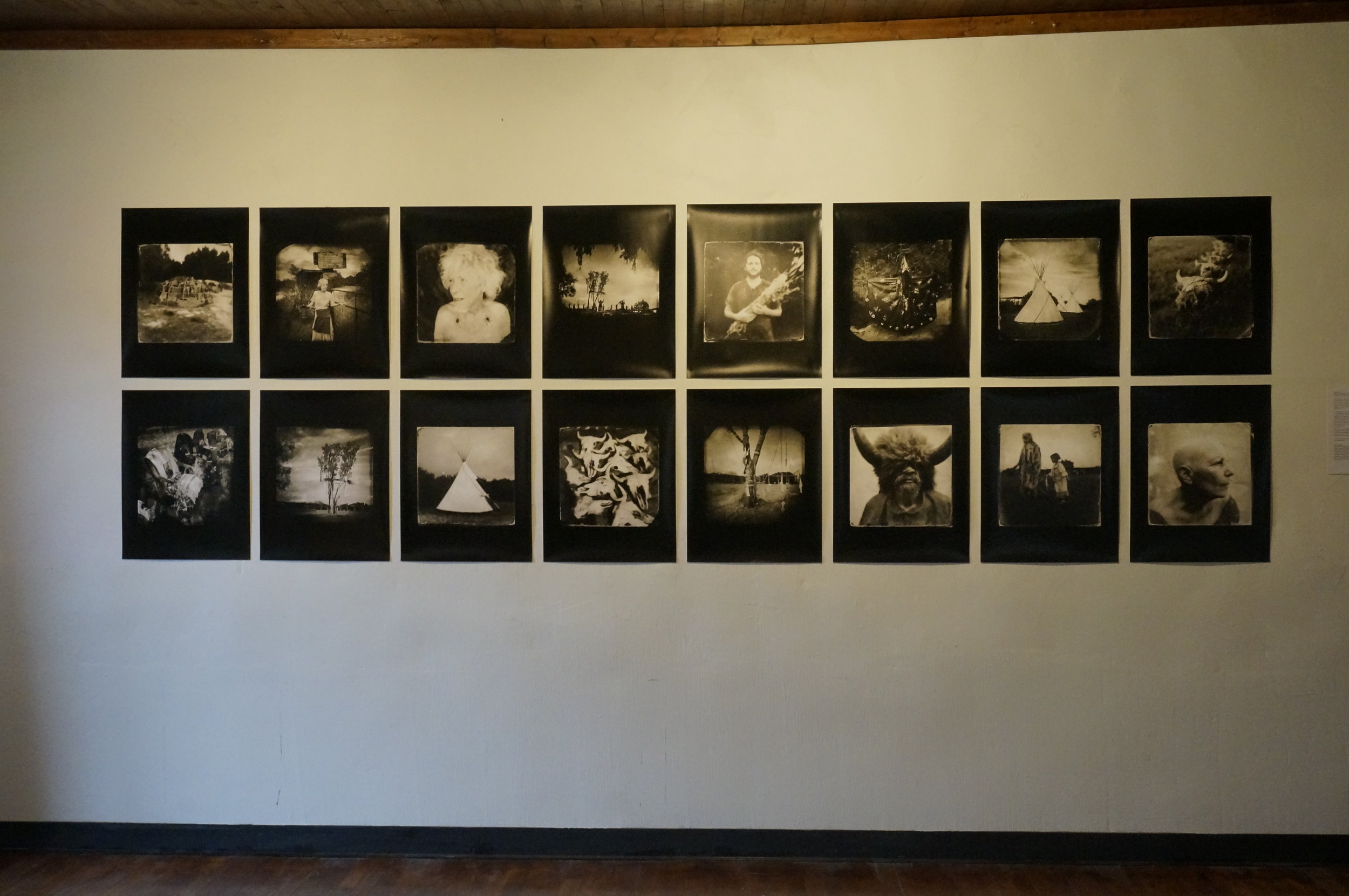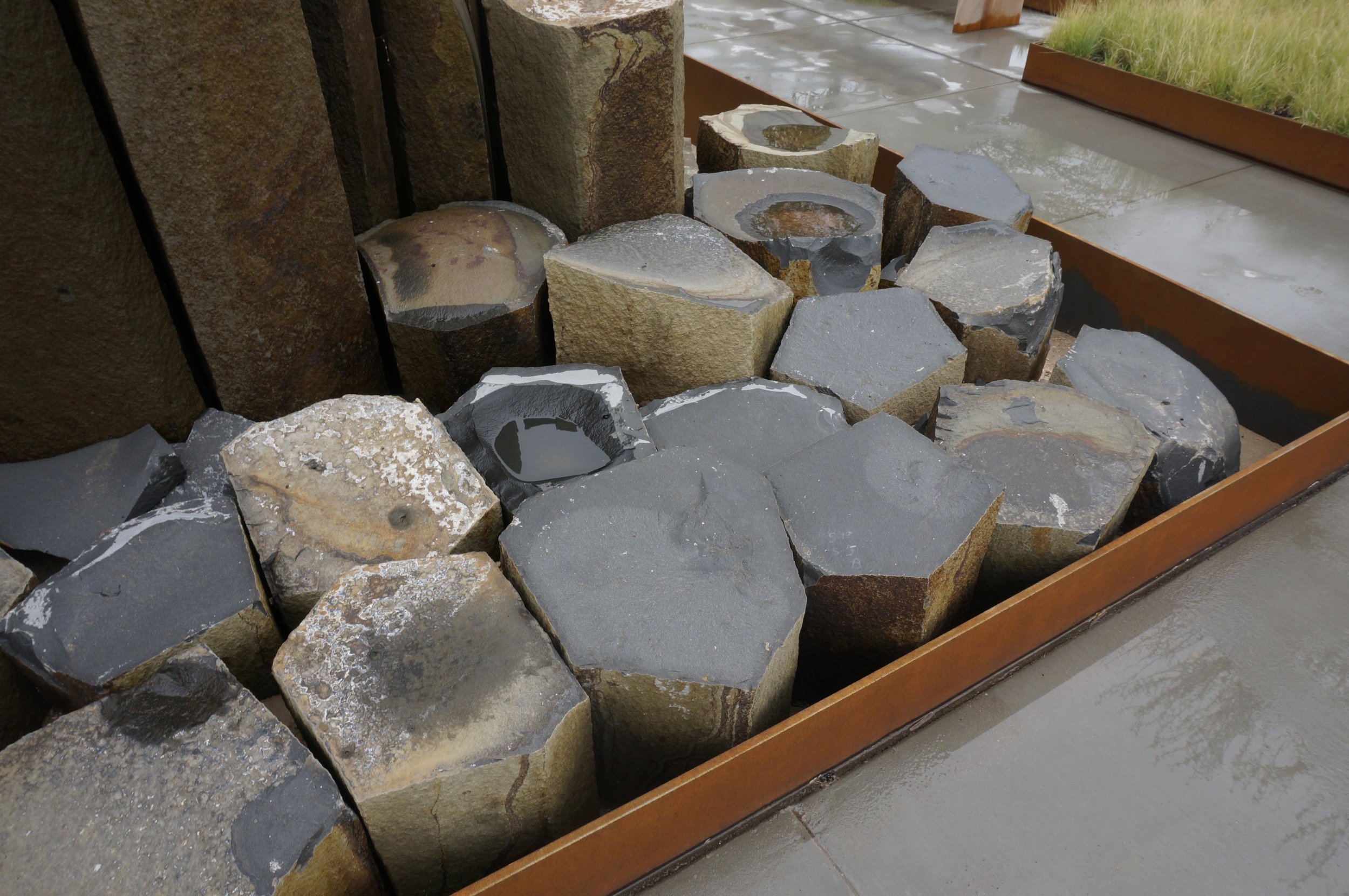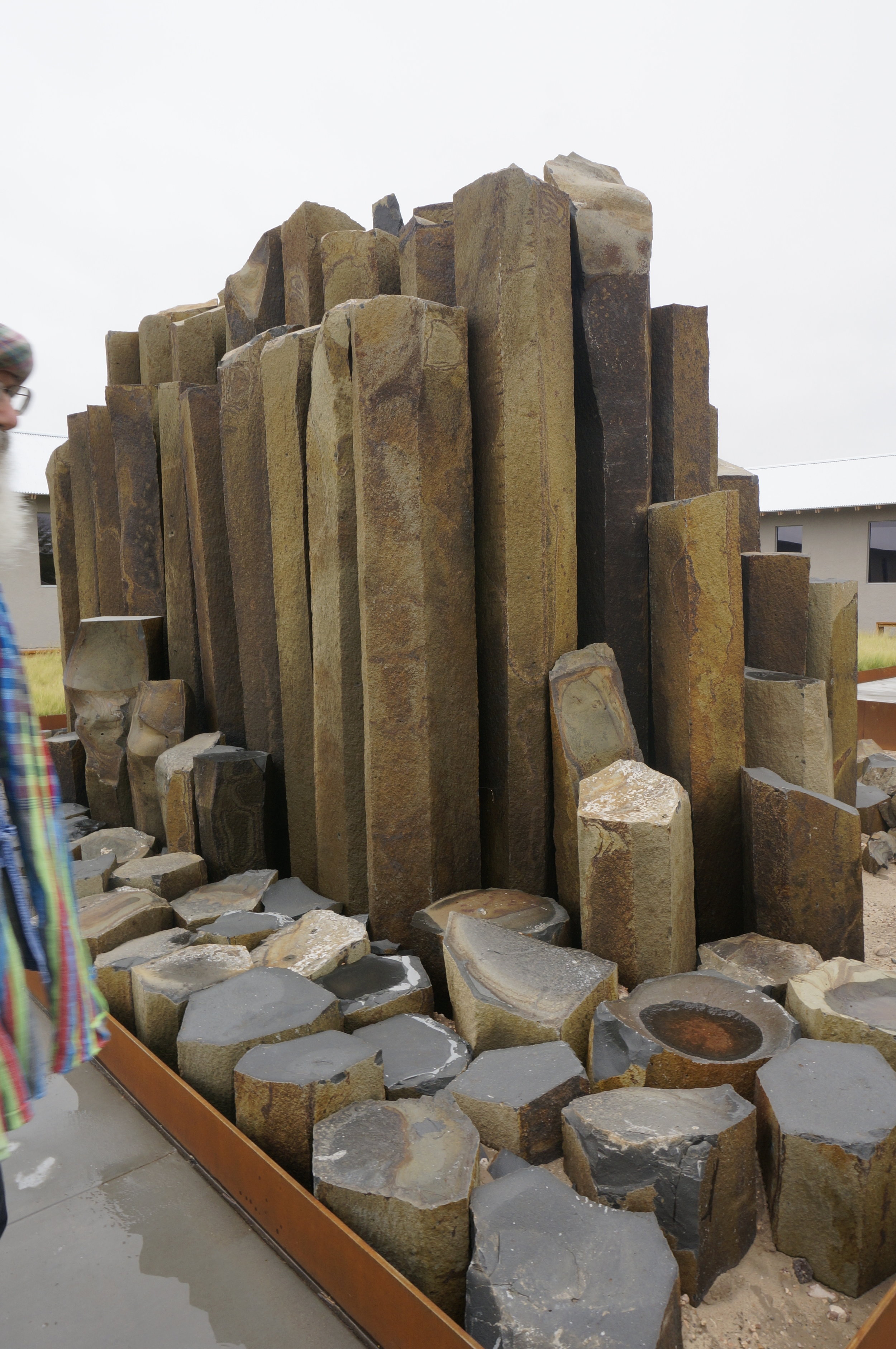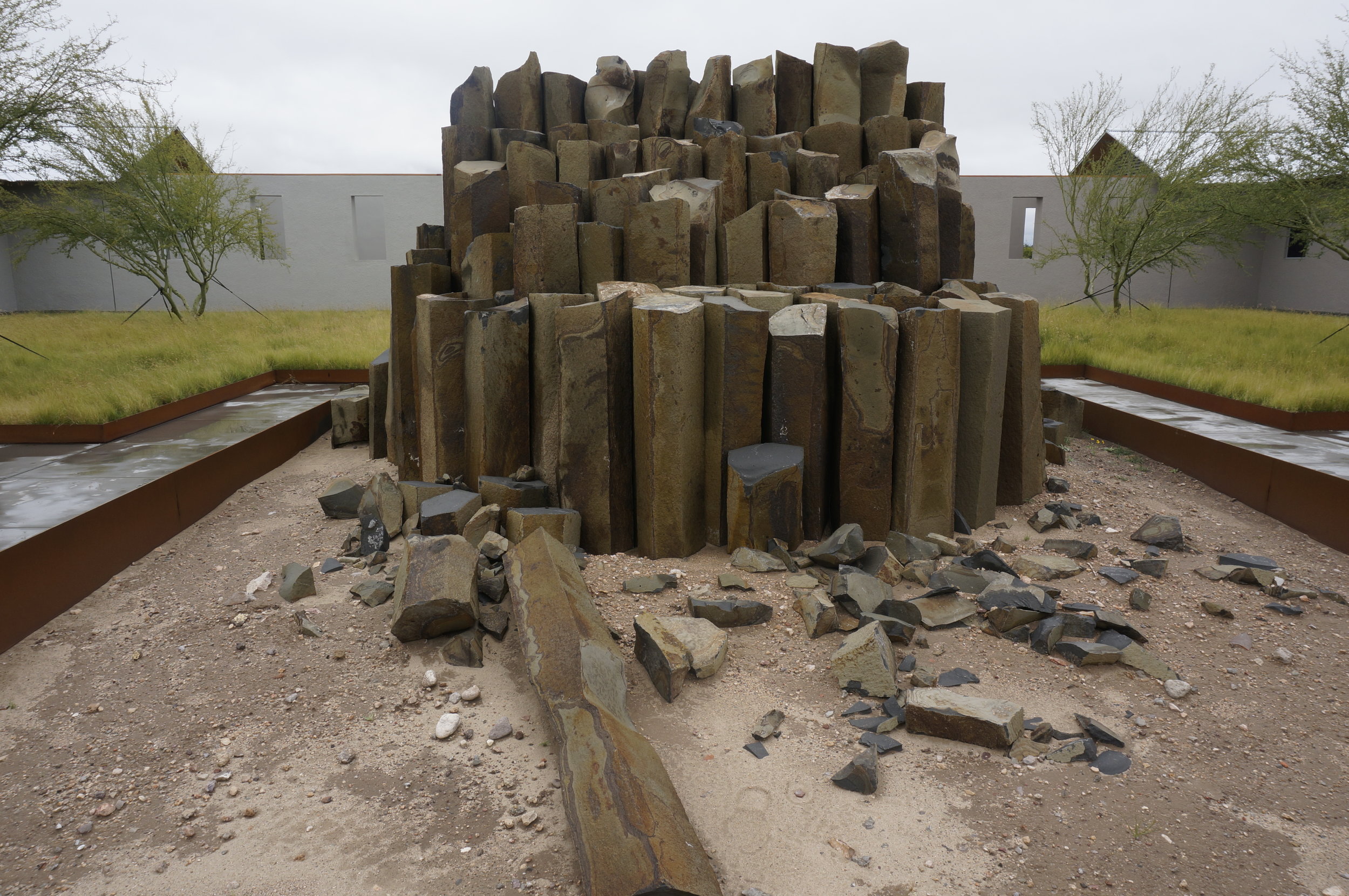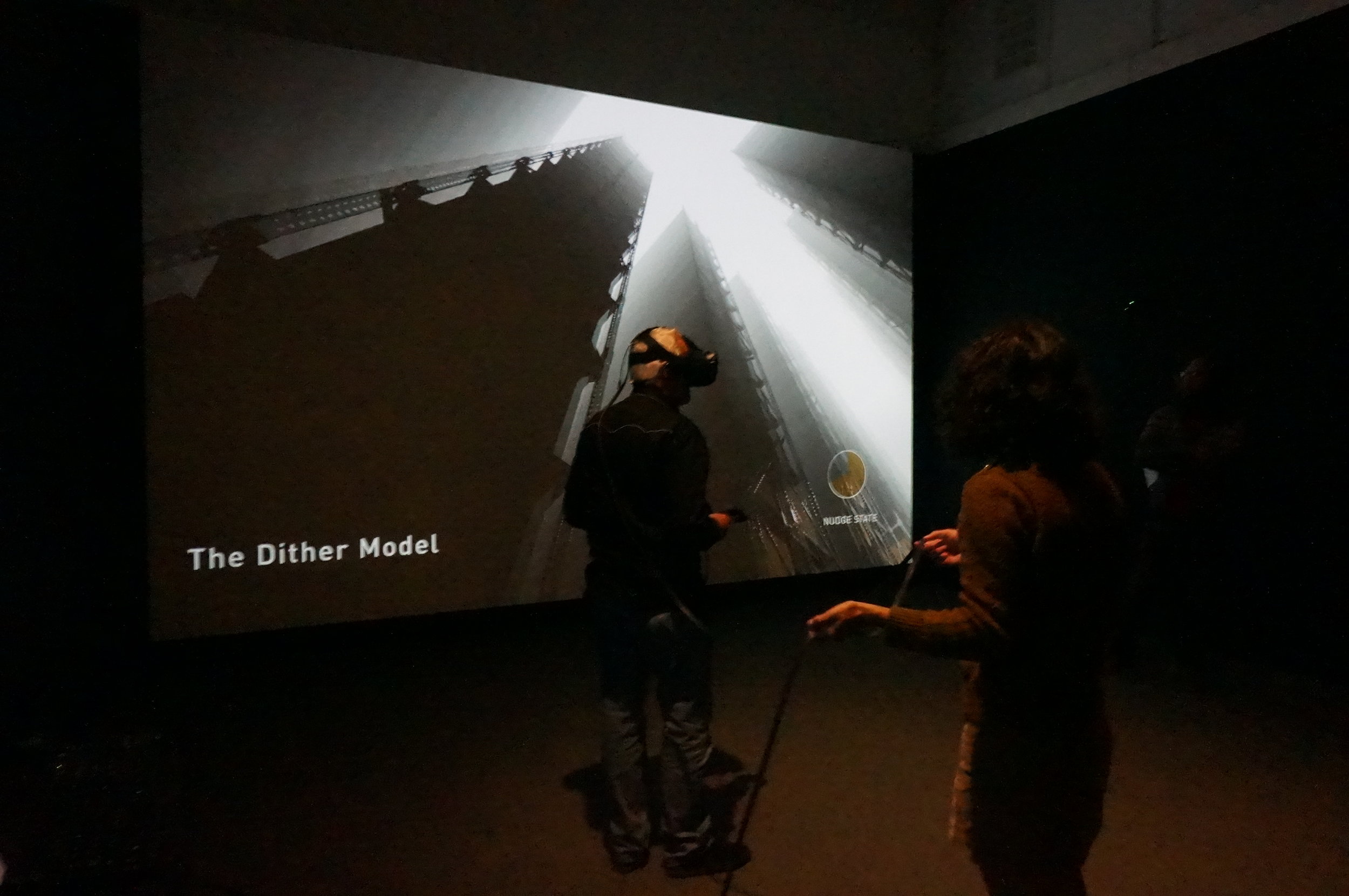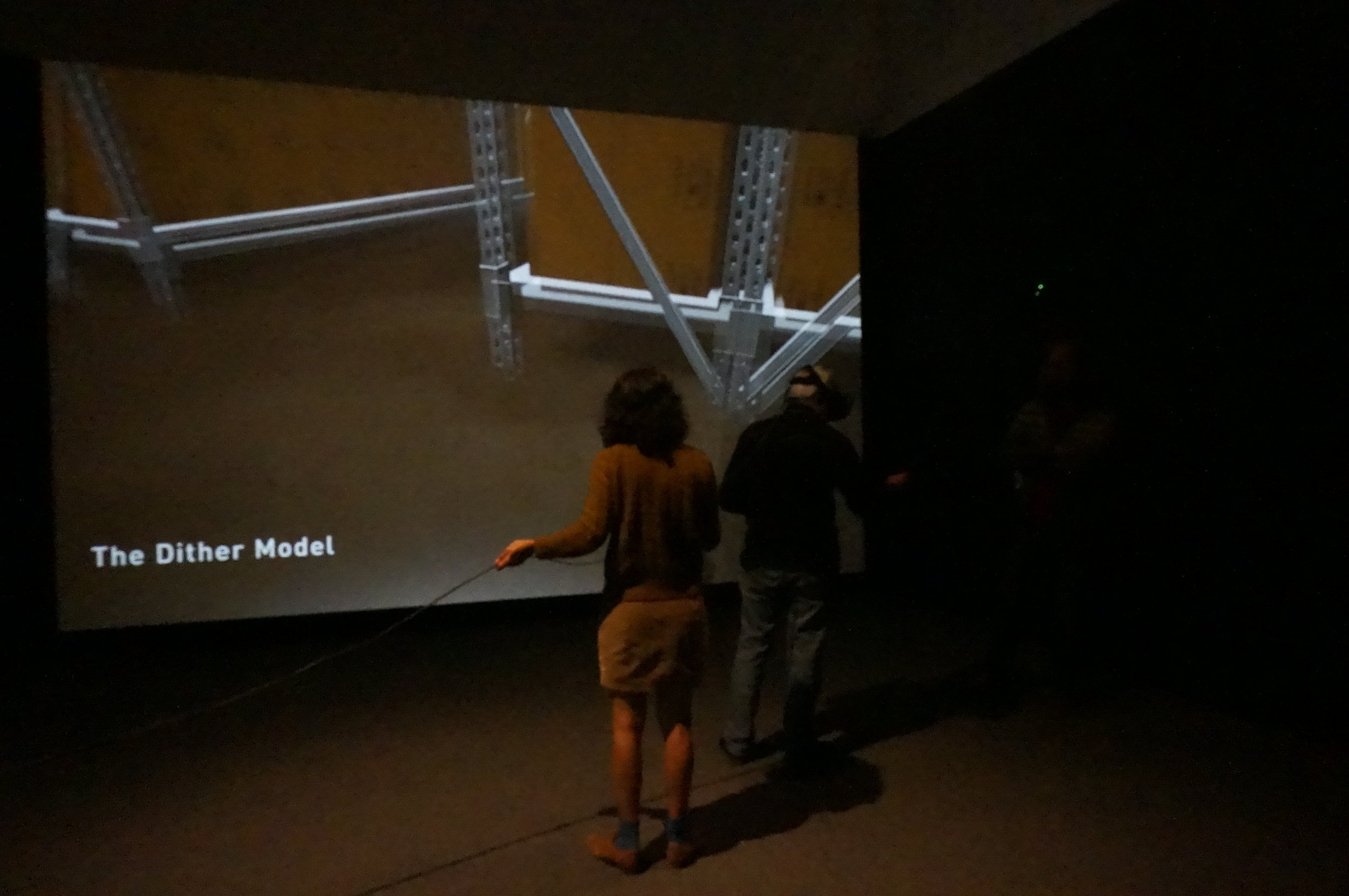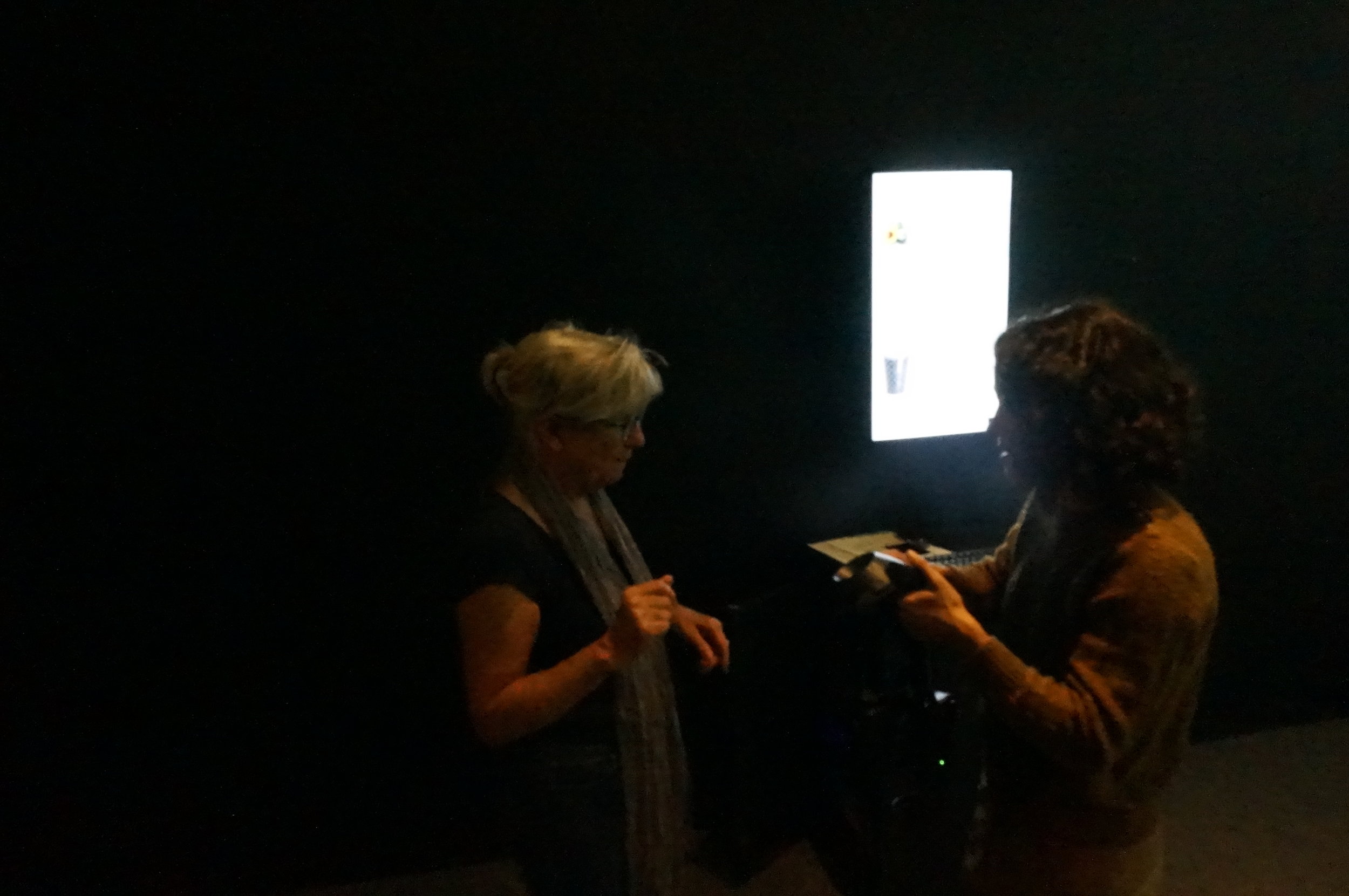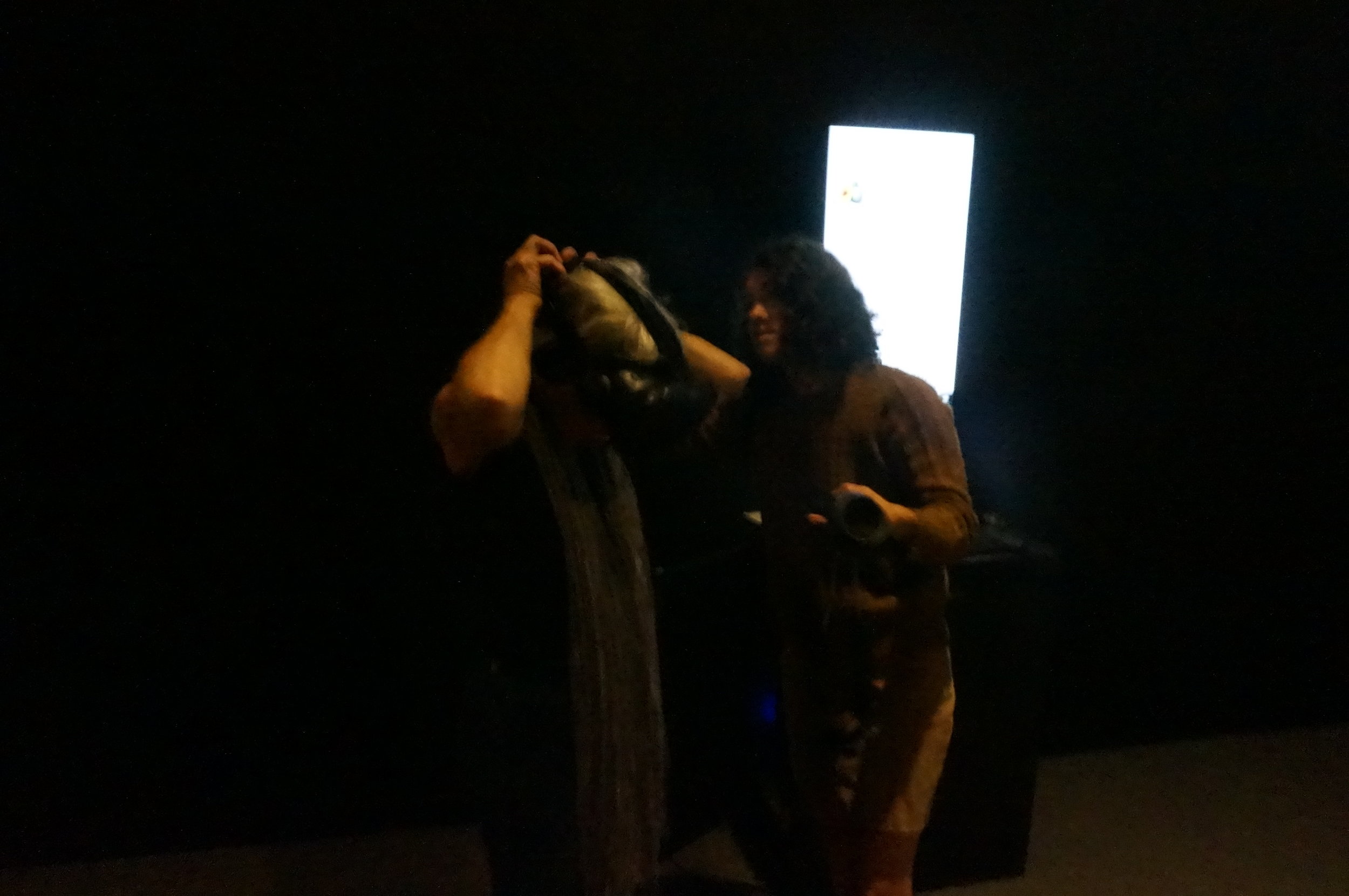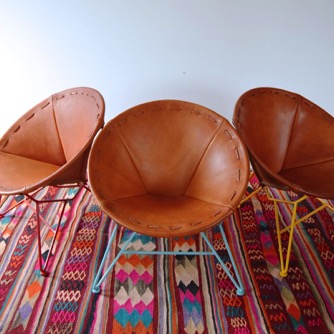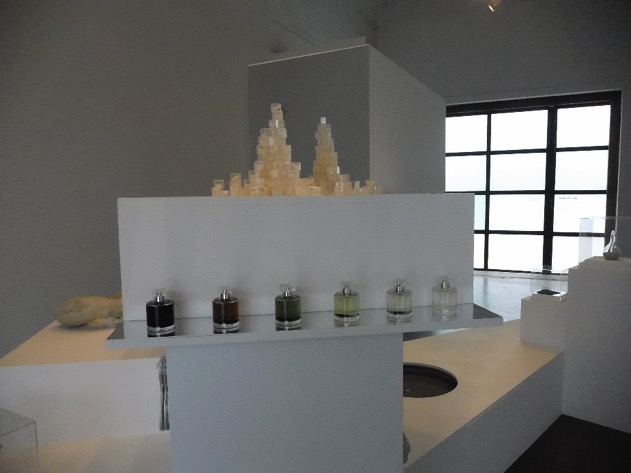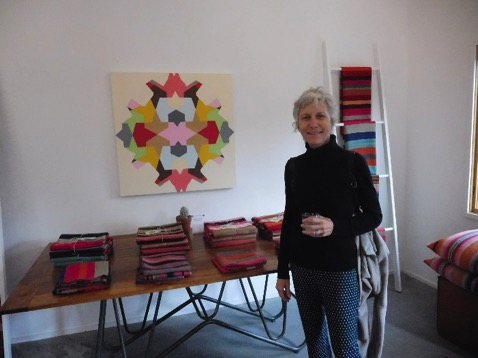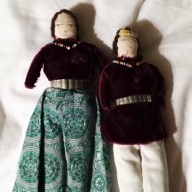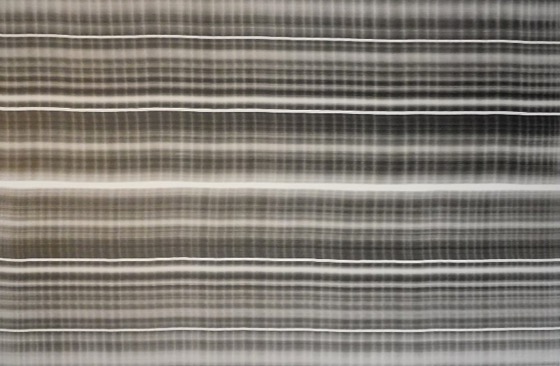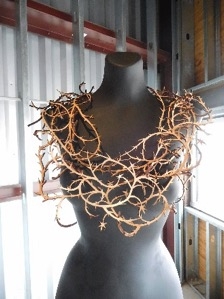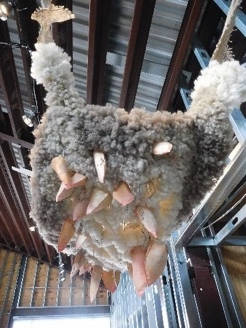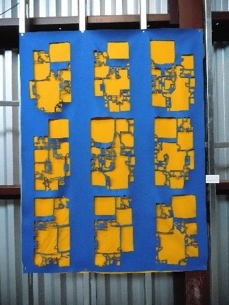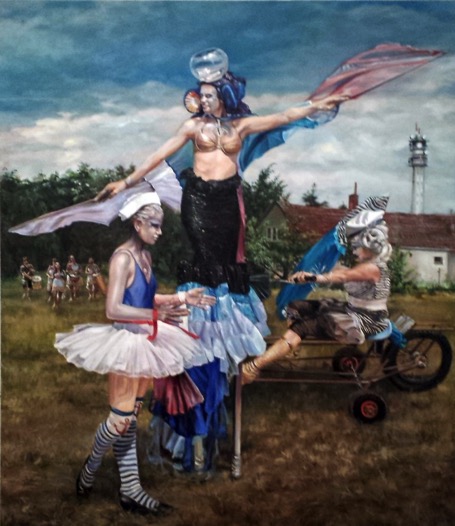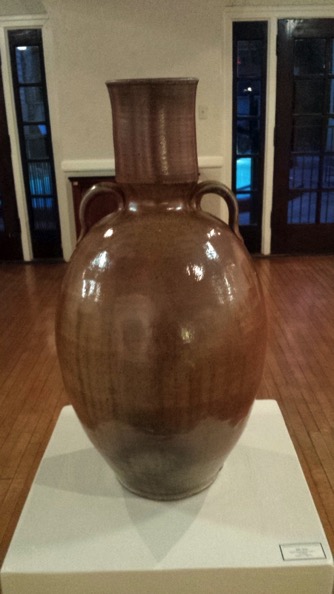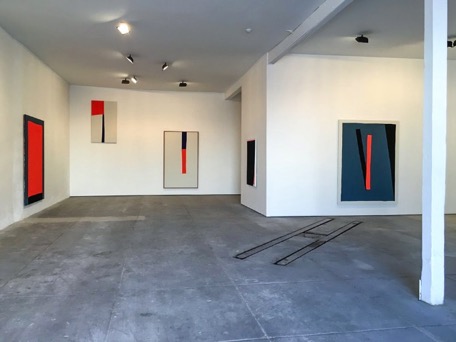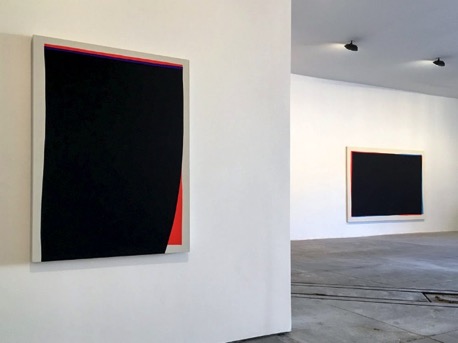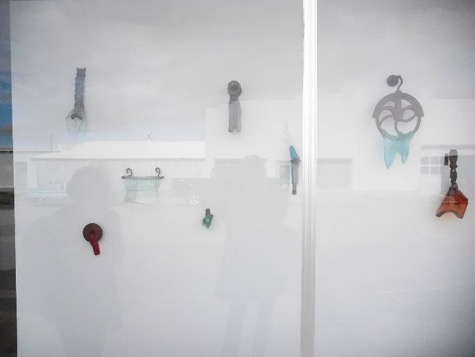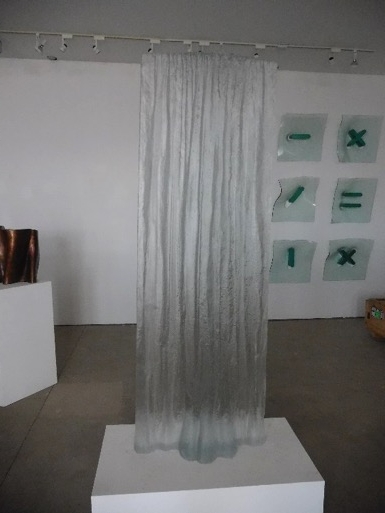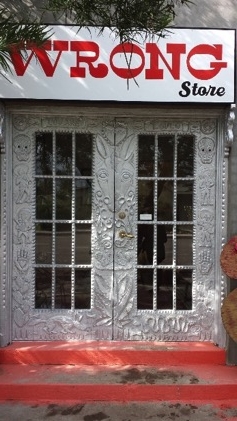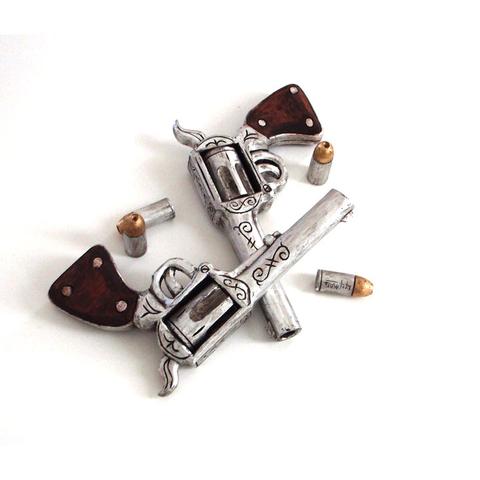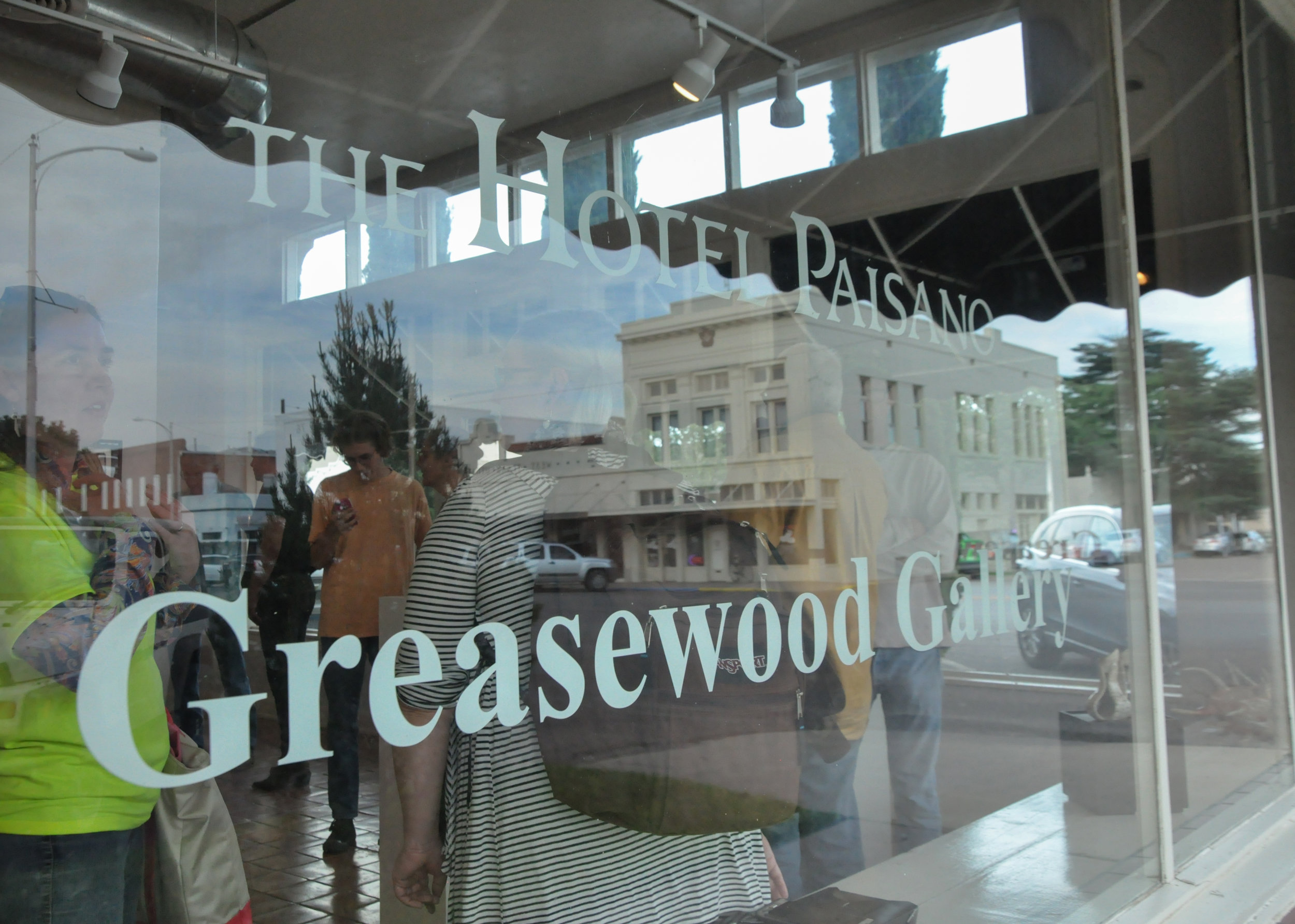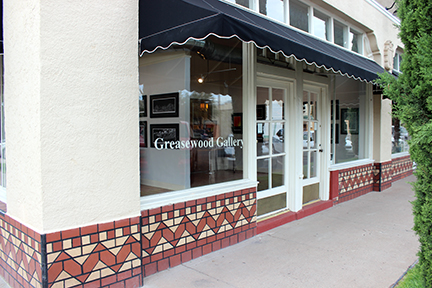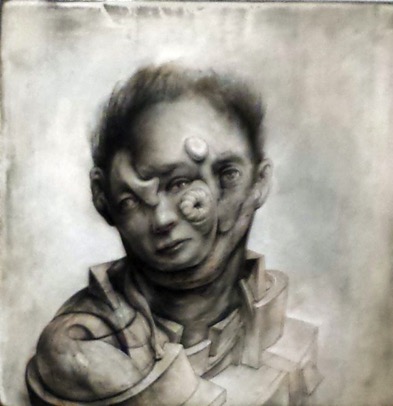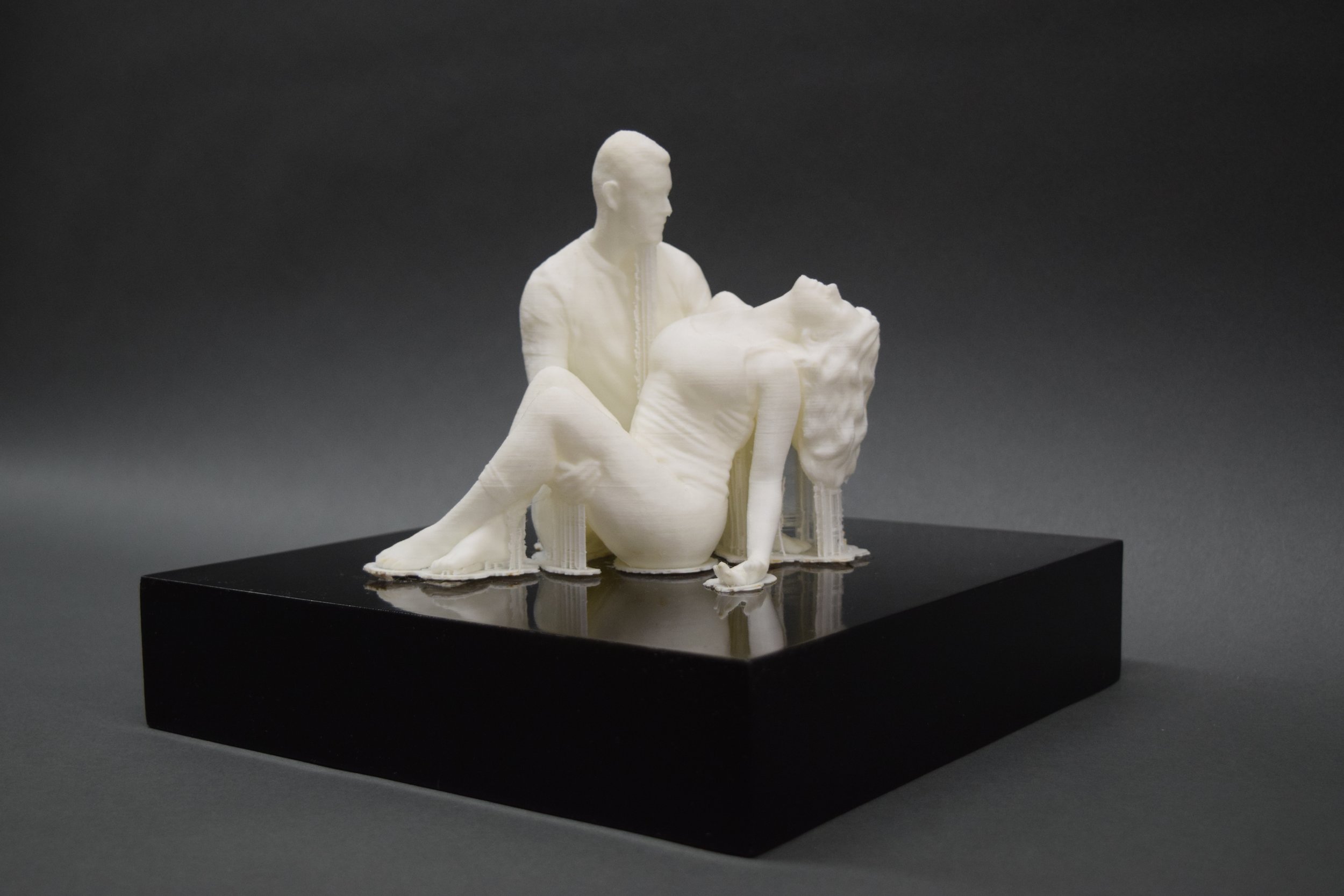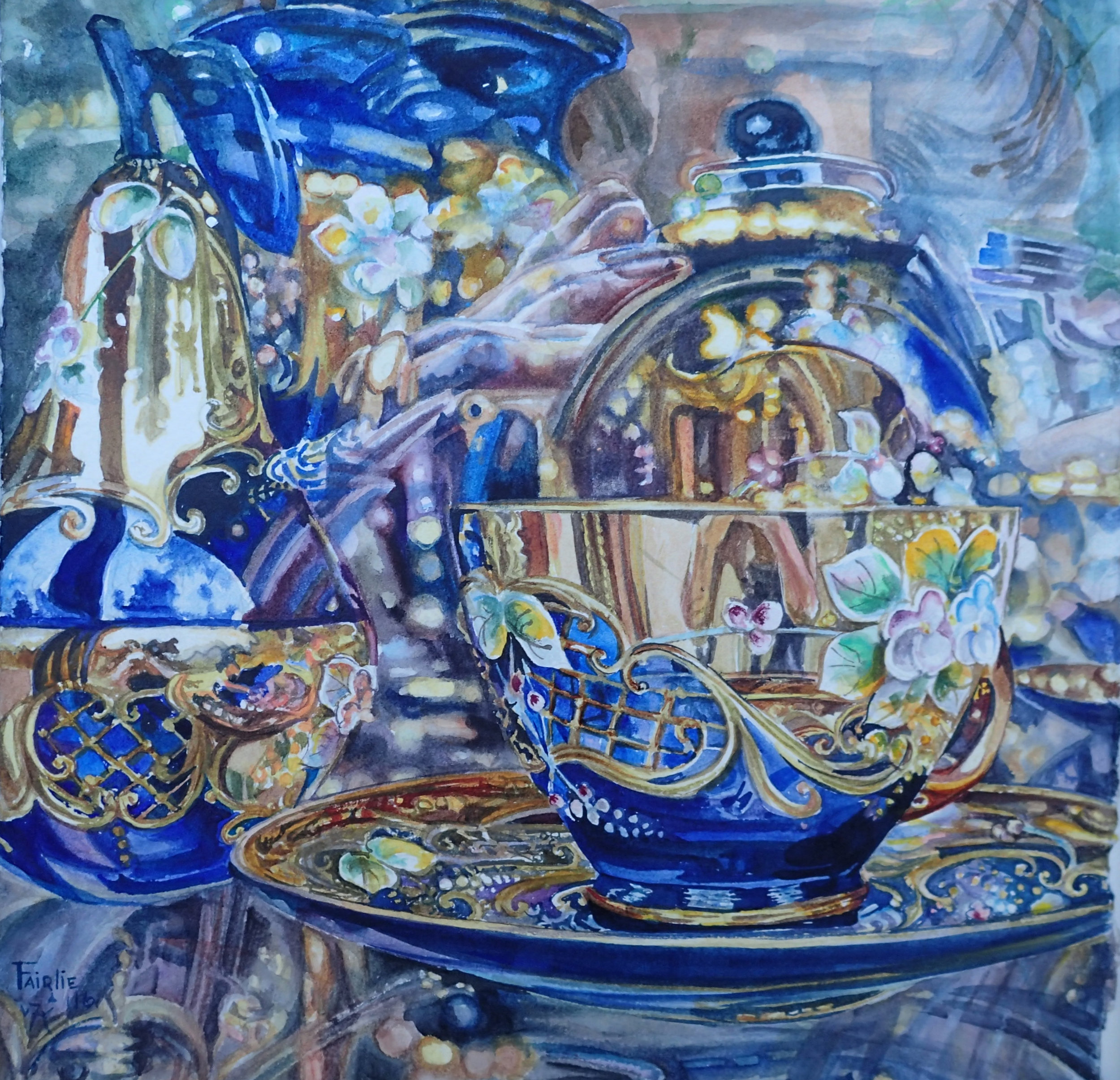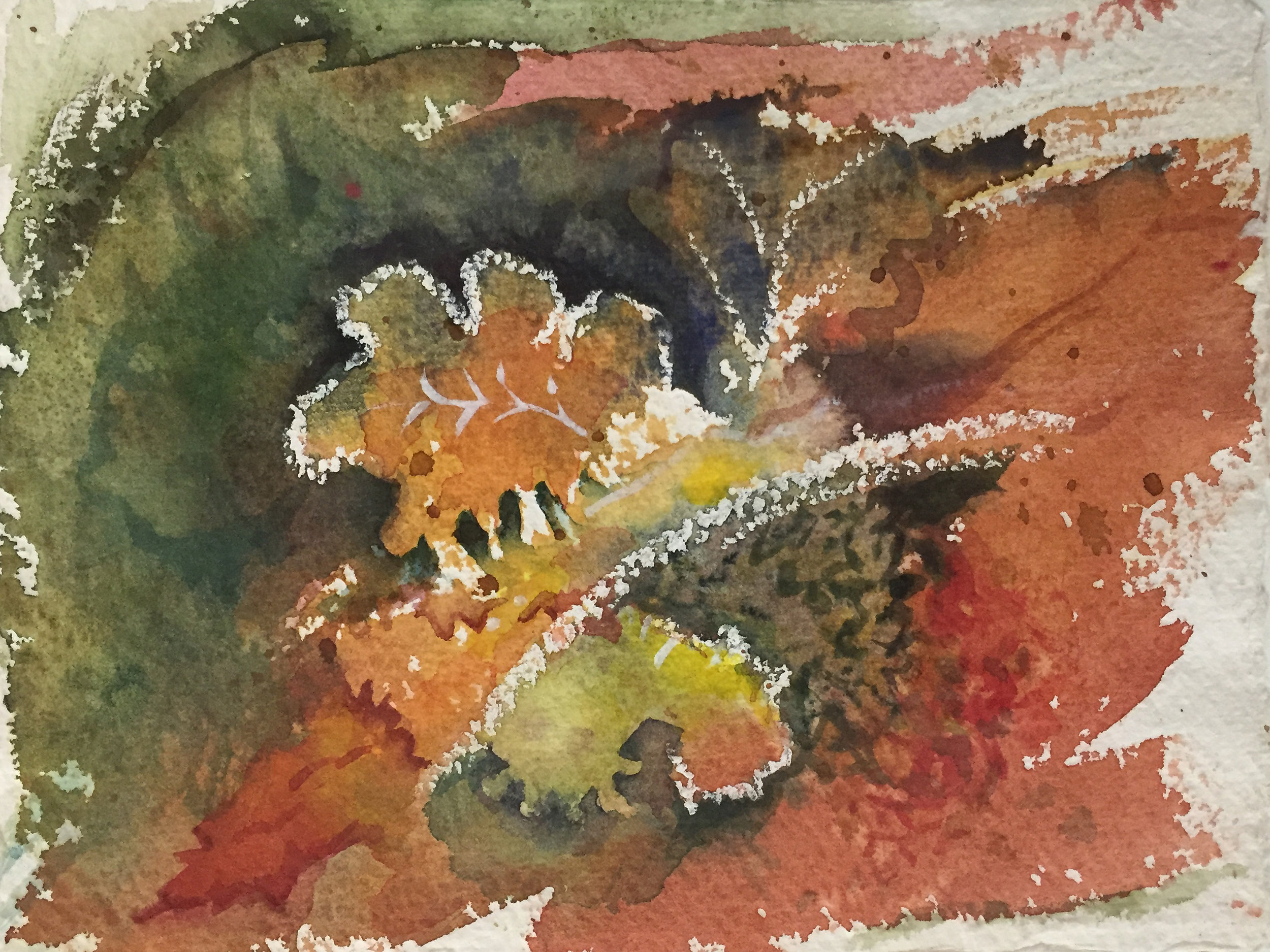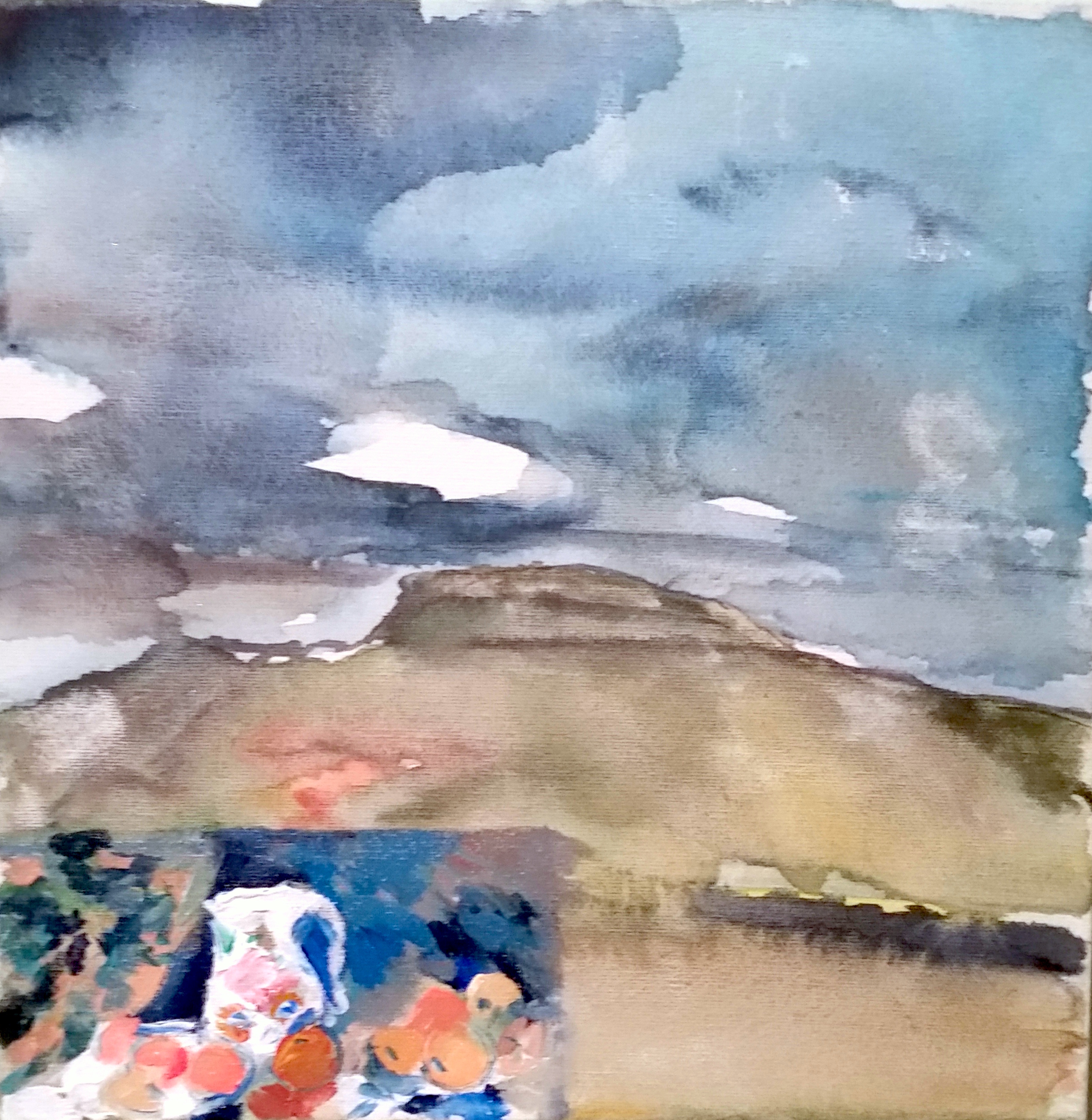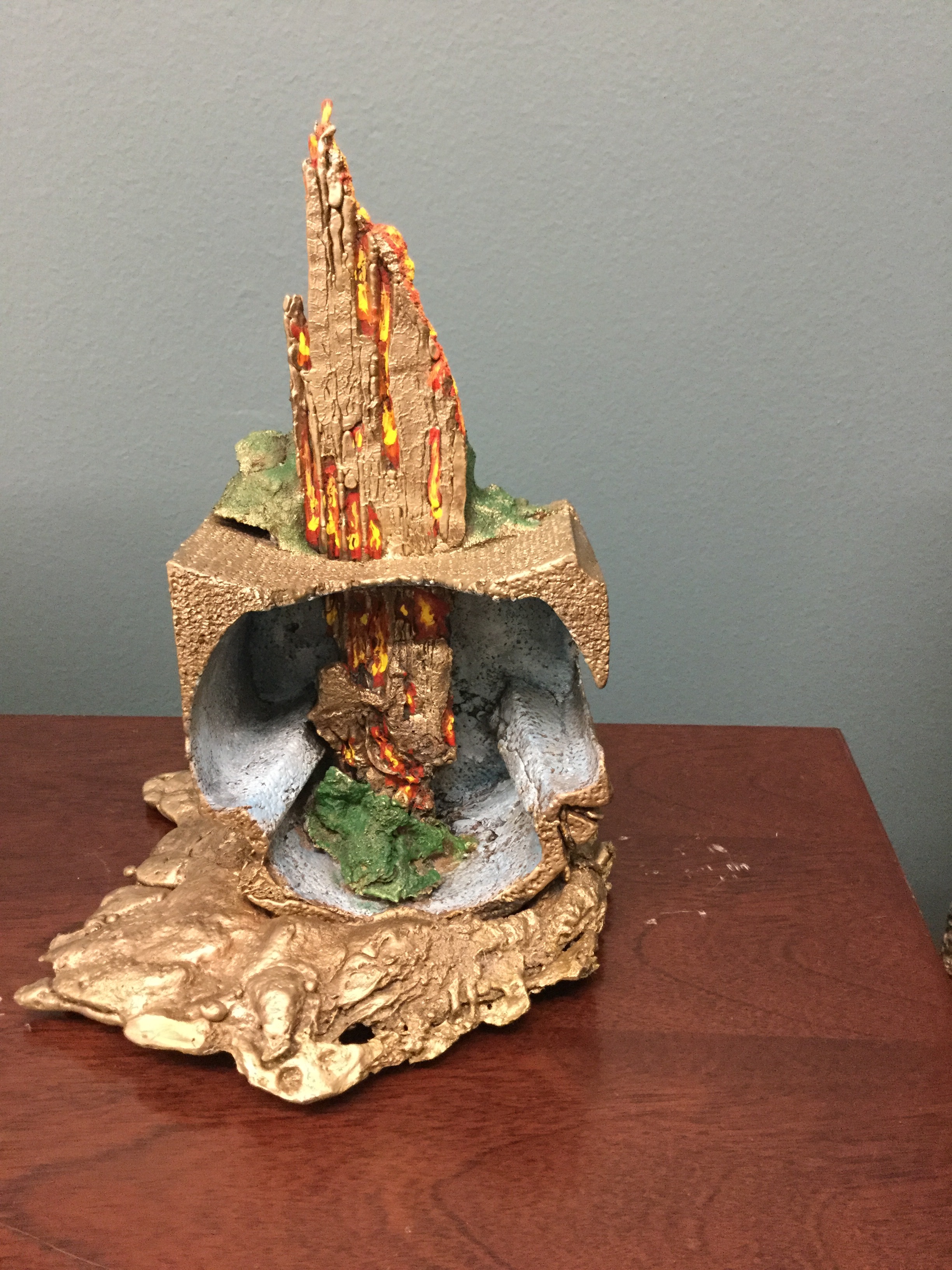"3-D Printing for Clay"
Karmien Bowman‚ work has been collected internationally. She has presented pedagogy lectures, ceramic workshops, artist‚ talks, and has been included in area and national exhibits with awards. She has been recognized in her field by Who‚ Who in America, Who‚ Who American Teachers, and Texas Clay Art. Karmien published articles in the field of Ceramics and her work has been included in various articles and books, including Daryl Baird's‚ From a Slab of Clay. Karmien's TASA presentation was about innovative CAD applications to building clay forms.
Grand Studio is a shared workspace created by Fort Worth artists Timothy Harding, Devon Nowlin, Tiffany Wolf Smith, Christopher Bond, and Sydney Williams. The 5,000 square foot warehouse includes five individual bays for the artists, a large common area with shared tools, and storage for the Grand Studio artists and two additional Fort Worth artists. Works by guest artists will be on display.
Panel Discussions
"All Things ACGM and THECB"
Mark Greenwalt led a discussion about how to coordinate strategies for formally addressing the THECB on issues for this upcoming year.¬† Topics range from a report on the elimination of sophomore level studio courses from the ACGM; options regarding media-based learning methodologies in Art Appreciation courses; creative arts core courses and electives in support of a variety of gen ed "pathways" leading to a transfer degree (i.e., pathways for non-art majors); transferability/course numbering issues; potential for Visual Arts ‚"Field of Study"; and a proposal to include ARTS 1313 Foundations of Art for inclusion into the Creative Arts core.
"Lessons learned from the DCCCD Appeal and how to move forward"
Natalie Macelao, Omar Hernandez and Jenifer Rose organized a panel discussion at TASA about Dallas Community College's efforts to keep level II studio courses in the ACGM, and their experience with the appeal process.
MUSEUM and STUDIO TOURS
Visiting guests were treated to a special behind-the-scenes peak at some of the inner workings of three international known museums of fine art. Museums included:
- Amon Carter Museum of American Art
- Modern Art Museum of Fort Worth
- Kimbell Art Museum
TEXAS CHRISTIAN UNIVERSITY ART FAB LAB (TCU College of Fine Arts)
Participants viewed the interdisciplinary fusion of new and emerging technologies with a traditional studio arts practice, including methods of virtual craft and digital fabrication and all types of time-based media and installation. The new media studio houses a fully stocked robotics and engineering lab where students can work/hack/make interactive and robotic components for their projects, complete with soldering stations and a small bandsaw and tool cabinet.
GRAND STUDIO
Grand Studio is a shared workspace created by Fort Worth artists Timothy Harding, Devon Nowlin, Tiffany Wolf Smith, Christopher Bond, and Sydney Williams. The 5,000 square foot warehouse includes five individual bays for the artists, a large common area with shared tools, and storage for the Grand Studio artists plus two additional Fort Worth artists.
Synopsis of Conference Events
As submitted by the Board of Directors and Staff of TASA
Select Museum Tours
by Carol Fairlie, Sul Ross State University
Amon Carter Museum of American Art
The behind the scenes of the Amon Carter led by conservation and installation staff, was wonderful and I was glad I had a few students with me! Beginning with the restoration area, we were shown various processes of mounting and restoring works on paper and also an elaborate process of archivally mounting a large (5 ft.) Polaroid negative. We then went into the vaults and looked at the handling and framing areas that are used as preparatory areas for the installation of shows, and finally went to the area where the decision's on how shows will be presented was done. Here they had various paint swatches for the walls and materials for temporary walls and pedestals. Most fascinating to me were the elaborate Maquettes of each show they had installed, scaled to size with different layouts and wall colors for each exhibit.
Kimbell Art Museum
Casanova: The Seduction of Europe special exhibition
Taken directly form the museum's description, "Casanova: The Seduction of Europe" explored life in the eighteenth century through the eyes of one of its most colorful characters, Giacomo Casanova (1725-1798). Renowned in modern times for his amorous pursuits, Casanova lived not only in Italy, but also in France and England, and his travels took him to the Ottoman Empire and to meet Catherine the Great in Saint Petersburg. Love - romantic, carnal, or a combination of the two - seems always to have been on his mind. He witnessed the birth of libertinage, a movement advocating the abandonment of polite society - conventions regarding love and sexual expression. The exhibition explores the artistic expression of eighteenth-century Europe's evolving views on sex and love. Theater was in Casanova's blood, and he found endless influence in the worlds of fantasy, storytelling, and music offered by the Venetian theatrical demimonde. Quickly, however, he learned that not all acting requires a stage. Throughout his life he traveled under assumed names, donning different costumes. This well-designed exhibition uses paintings, sculpture, and prints plus period items to emphasize the grandeur of Casanova's time.
Lecture by Sedrick Huckaby in the UTA painting studios
By Joe Pena, Texas A&M University- Corpus Christi
Sedrick Huckaby, Assistant Professor of Painting at the University of Texas at Arlington, treated TASA members to an intriguing lecture on his upbringing in Fort Worth, his previous and current body of work, as well as his studio practice in the painting studios.
During his presentation, Huckaby spoke of his undergraduate studies at Boston University followed by his graduate work at Yale, both difficult programs of which I'm sure he is passing his knowledge and experience from those intense periods onto his students based on the quality of work being produced in the undergraduate and graduate painting studios at UTA. On this note, Huckaby's bravado brushwork and unapologetic use of impasto I can assume is hard to resist in the classroom based on the number of students carrying his artistic torch and getting impressive results. I was so impressed with one of his current graduate students, Spencer Evans, that I asked if I could use an image of his painting on display as the poster image for our painting symposium at Texas A&M University- Corpus Christi which took place in the spring of 2018. www.osobaybiennial2018.com
Huckaby delved into his body of work entitled "Love Supreme (Spring"), featuring large scale paintings of draped quilts on canvas inspired by the song of the same name by jazz musician John Coltrane, as well as his series "Big Momma' House," based on his maternal grandmother created over a two-year period. Huckaby also discussed his purchase of his grandmother's home of which he has plans to covert into a gallery and art center.
University of Texas at Arlington Biennial Faculty Exhibition
by Chad Farris, University of Texas Rio Grande Valley
This year during the October 2017 T.A.S.A. conference participants were given the opportunity to view and speak with gallery director Benito Huerta at the Gallery at The University of Texas at Arlington. This is the sixteenth "Faculty Biennial," a showcase for recent work created by the Department of Art and Art History faculty. The Faculty Biennial shows to be an opportunity for the University of Texas at Arlington Art and Art History faculty to present new ideas that creatively investigate new modes of expression. Students, visitors and fellow faculty will enjoy seeing new innovations and work from faculty at The University of Texas at Arlington. This year's exhibition consisted of 35 faculty members working in a wide variety of media including painting, drawing, sculpture, ceramics, photography, glass, printmaking, film/video, digital imaging and visual communication design. The department's art historians also have recent publications on display. This was a well-received exhibition by TASA members and participants.
TEXAS CHRISTIAN UNIVERSITY'S ART FAB LAB
by Linda Fawcett, Hardin-Simmons University
On Friday of the conference, after lunch and a fun visit to the UTA Gallery, a bus took some of us to the optional tour of Texas Christian University's Fab Lab. It was located in the TCU Mary Courts Burnett Library. We were given a tour by the lab "Innovation Collaborator," Brad Trussell. The facilities were impressive, with multiple 3D printers, a high definition 3D scanner, a large-scale plotter, and a laser cutter/engraver. It was explained to us that this lab was available to all TCU students, faculty, and staff, as soon as the lab staff made sure they knew how to properly use the equipment and were aware of the other related policies.
Our group also visited the TCU Art Department that also had impressive equipment for its faculty and students to use, including a CNC Router, letter press, Risograph, a very wide printer, and much more. At the end of the tour, we launched into an impromptu discussion about the Maker Movement, very well organized with conferences and a website. Apparently, the movement has up until now been largely about fabrication with little aesthetic input but is now embracing and seeking artists to be a part of. (FYI, its website is: makerspace.com.) Emphasis is placed on how the "IDEA" comes first, and the fun is in re-purposing tools and techniques to accomplish said goal. Another subtopic was how art programs are becoming recognized as a kind of "front door" for ideas within the science and technology world, leading to a concurrent push by art programs to find collaborative ways to tap into STEM grants to promote innovation within the sciences, technology, engineering, ART and math fields (STEAM!).
